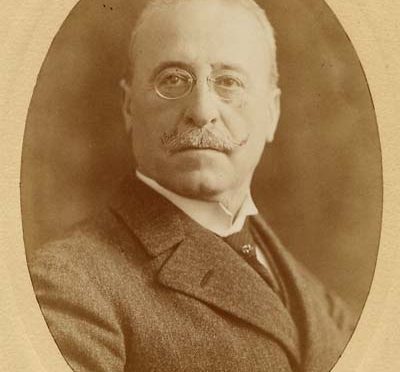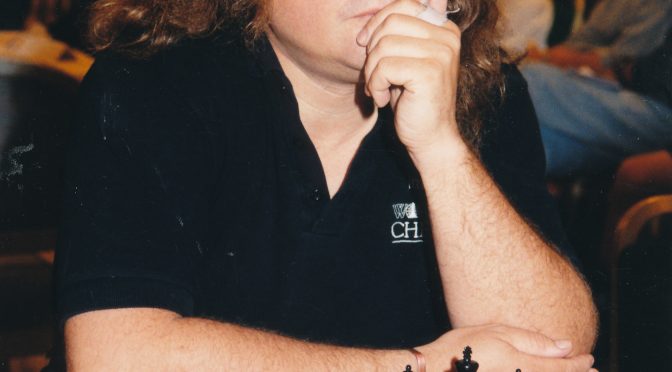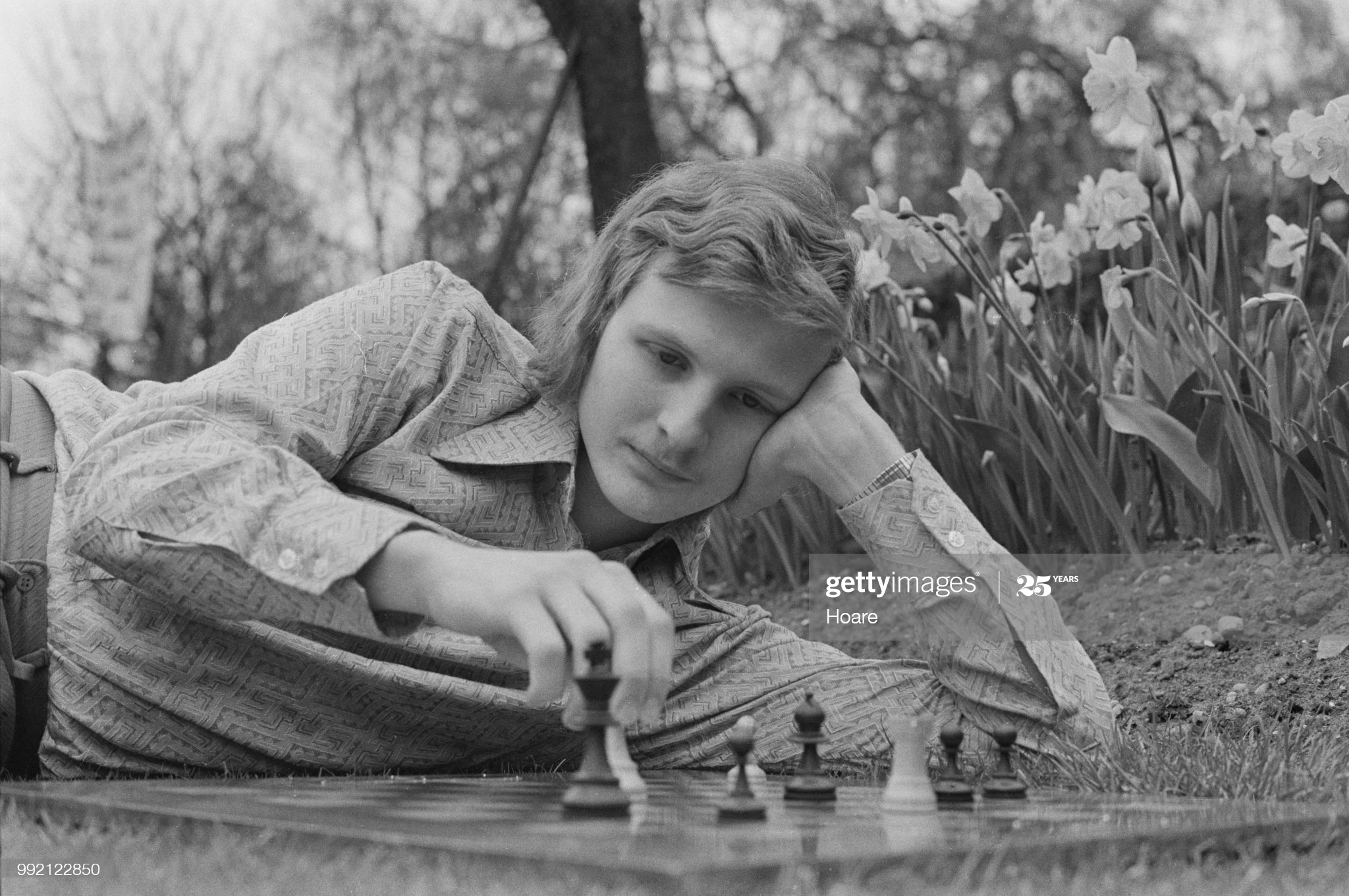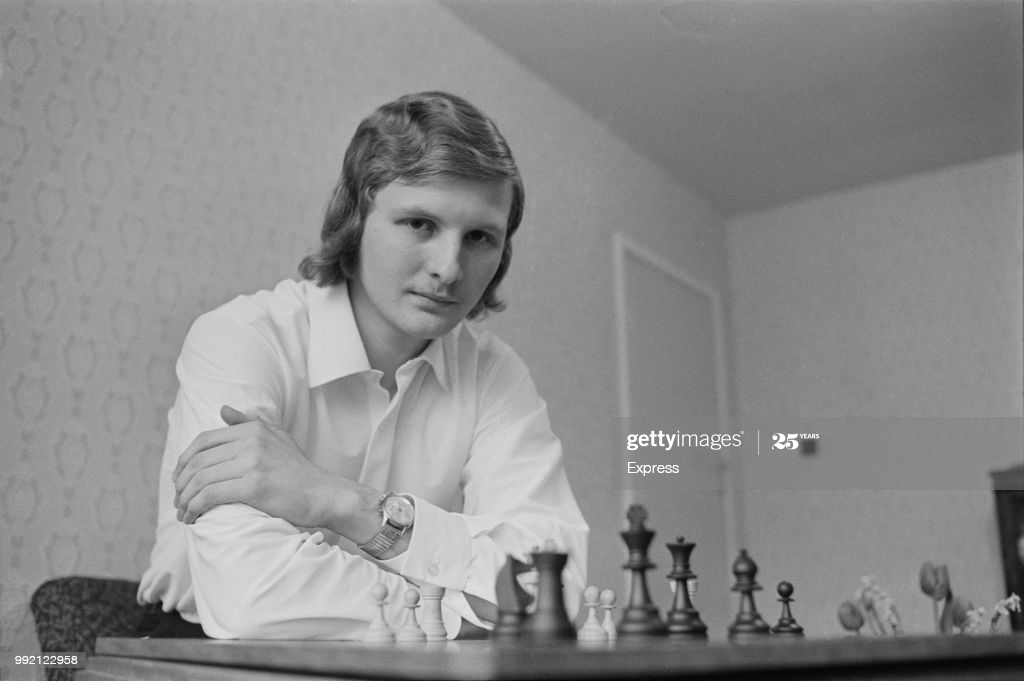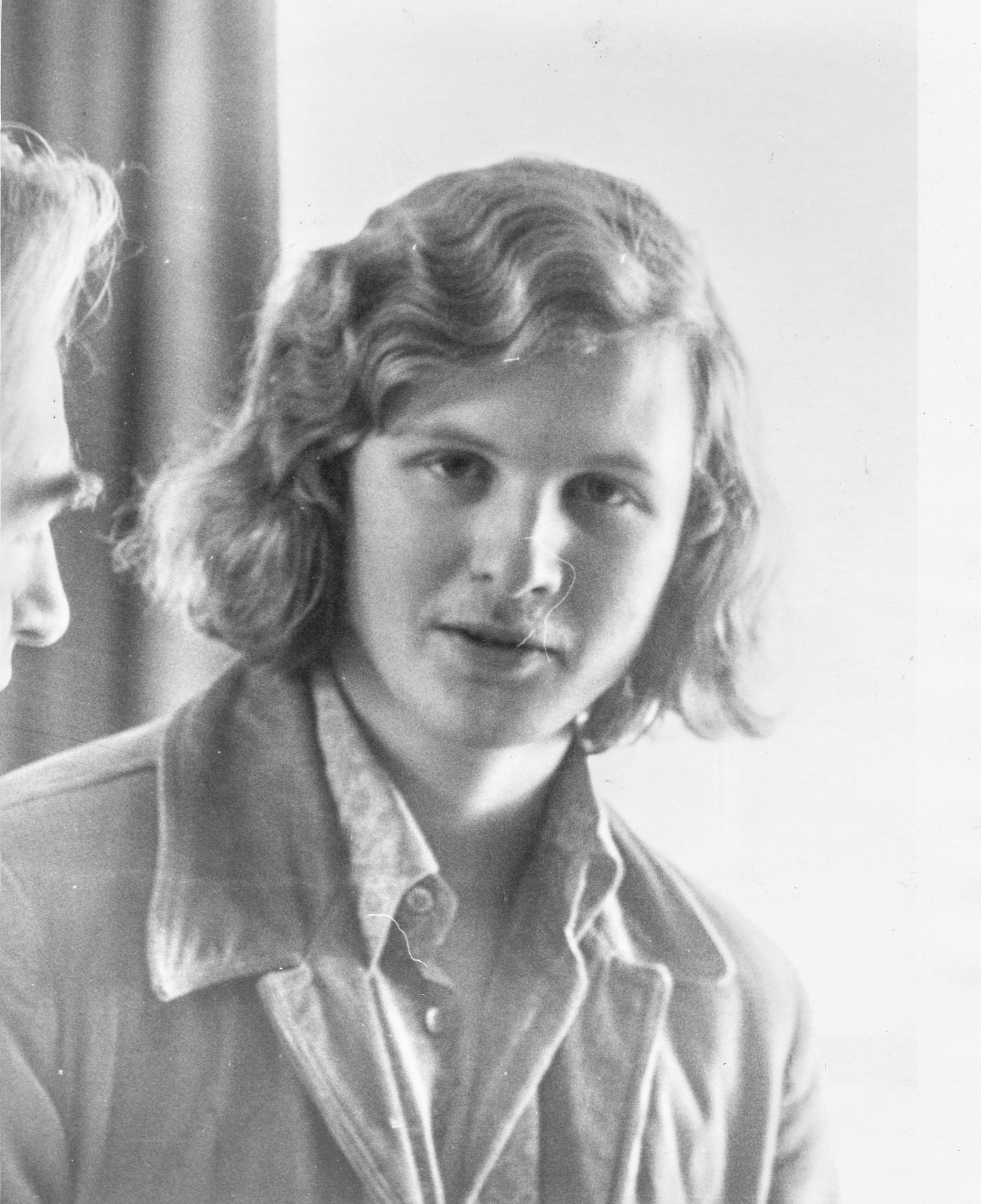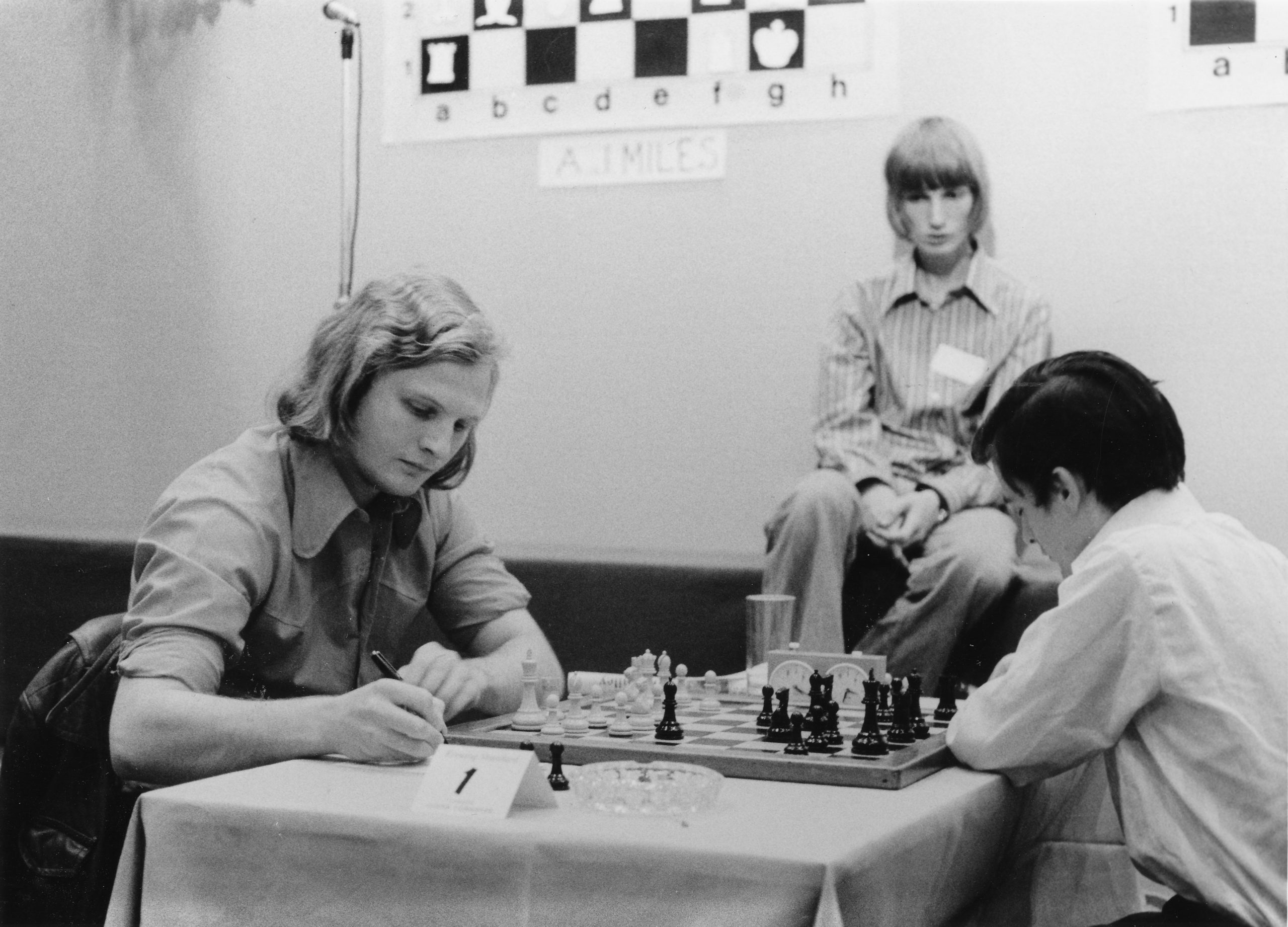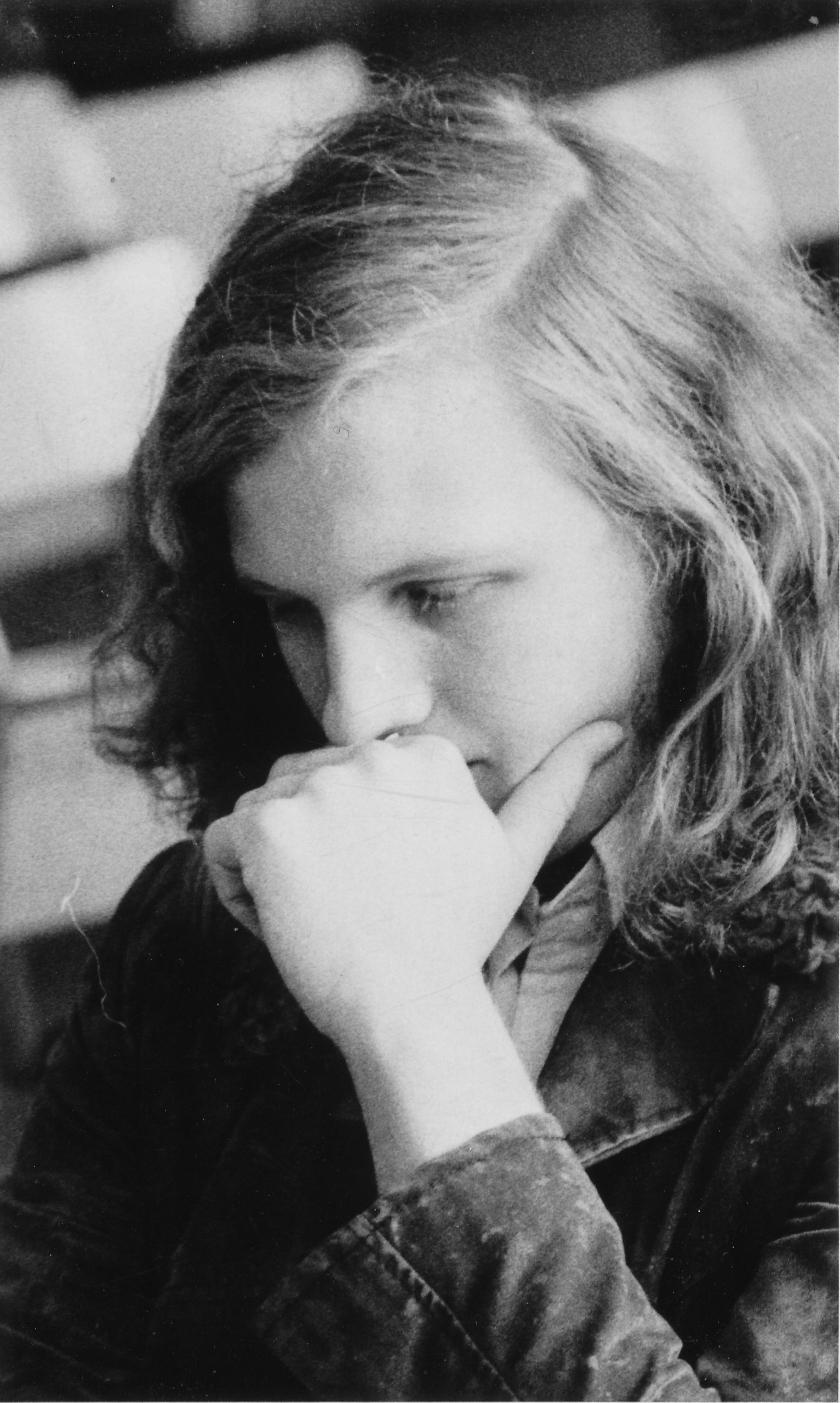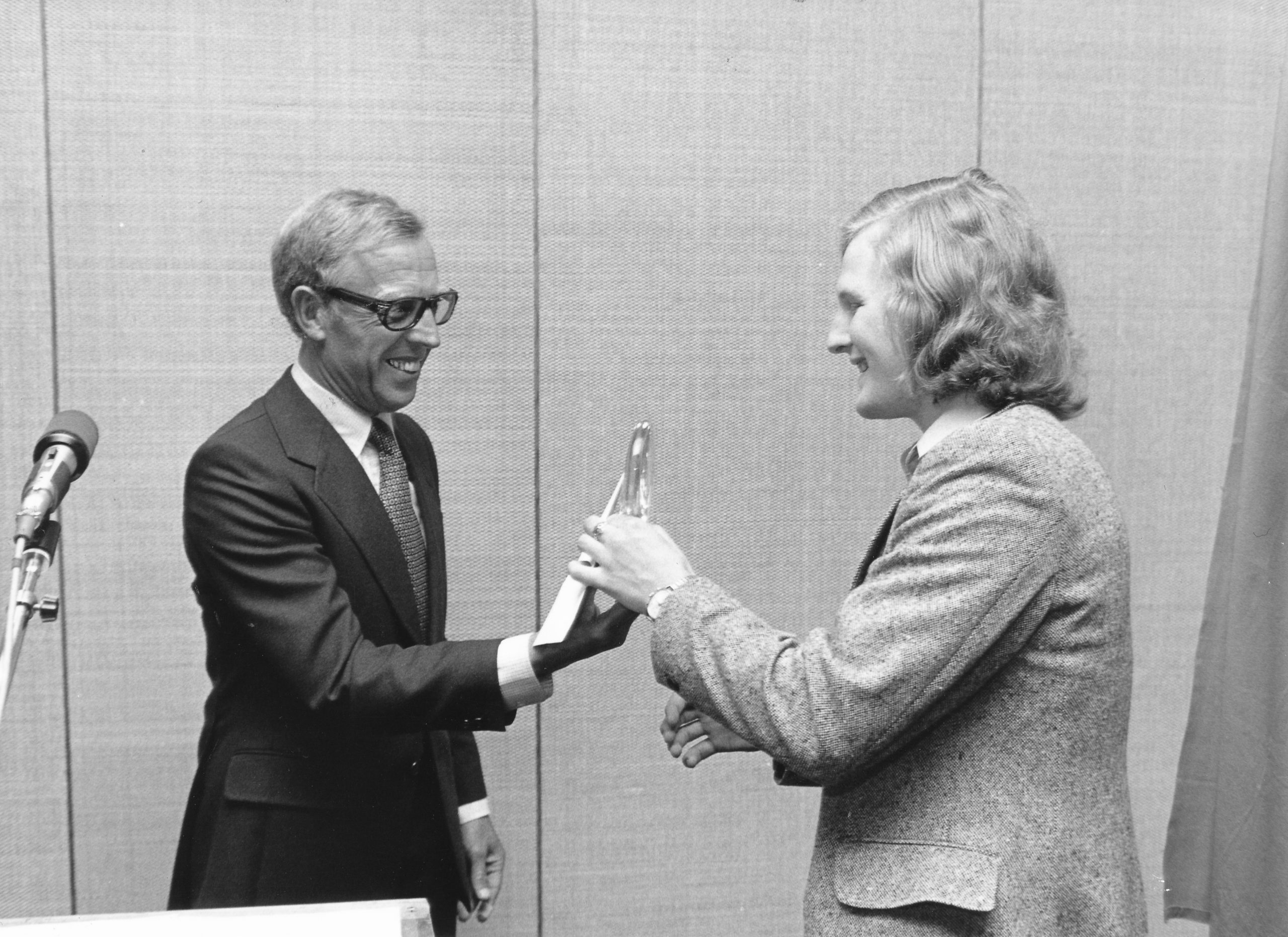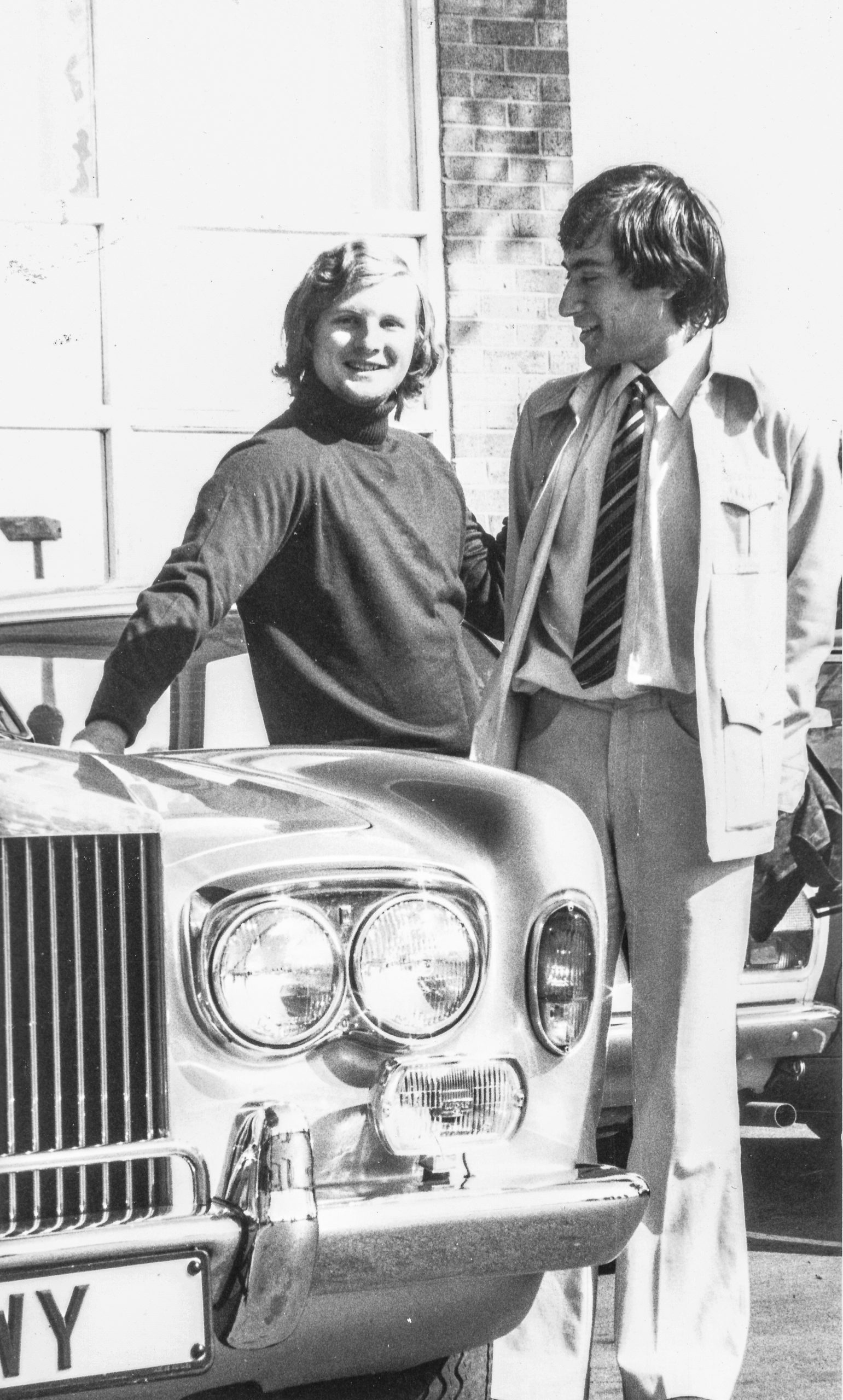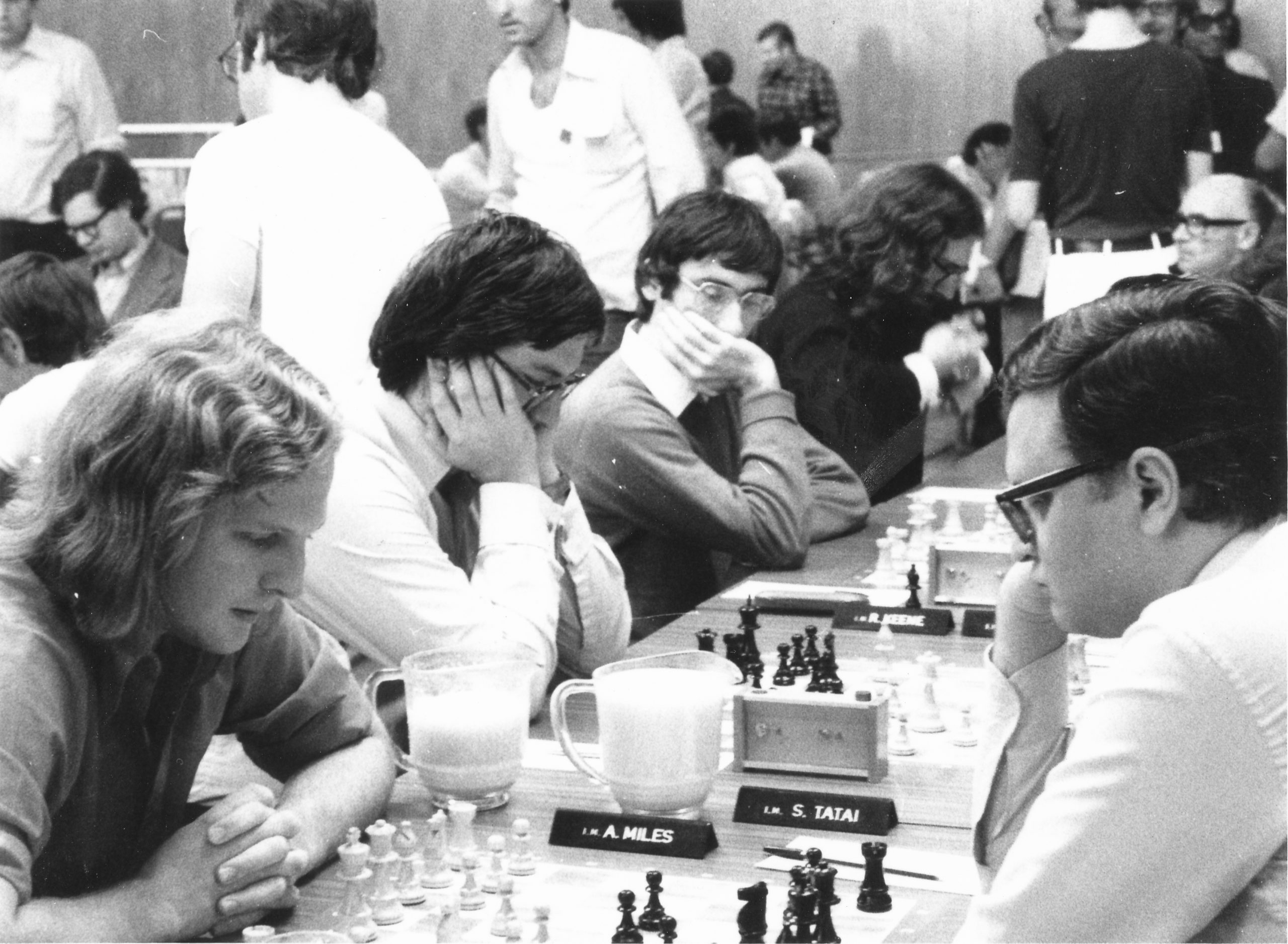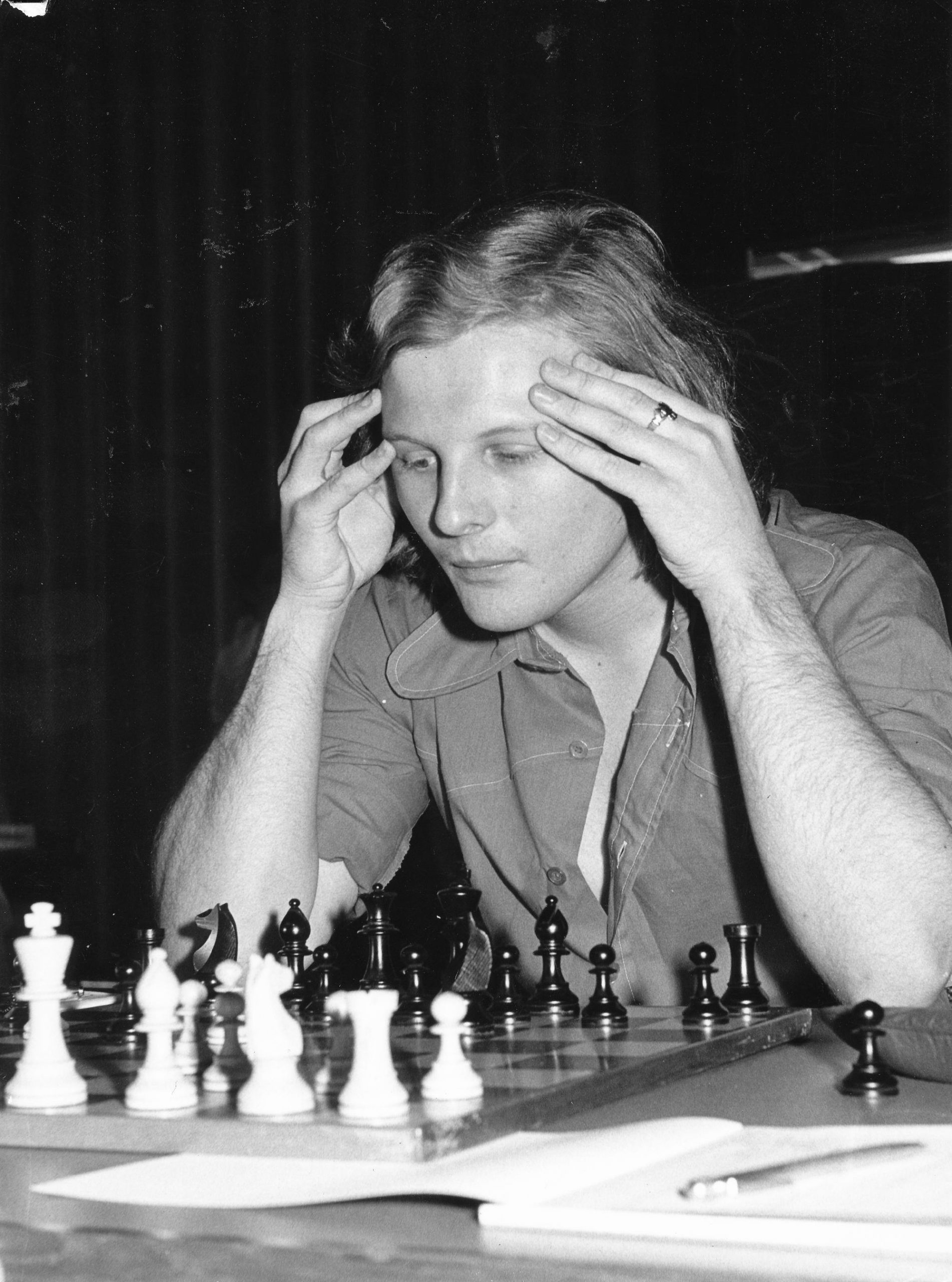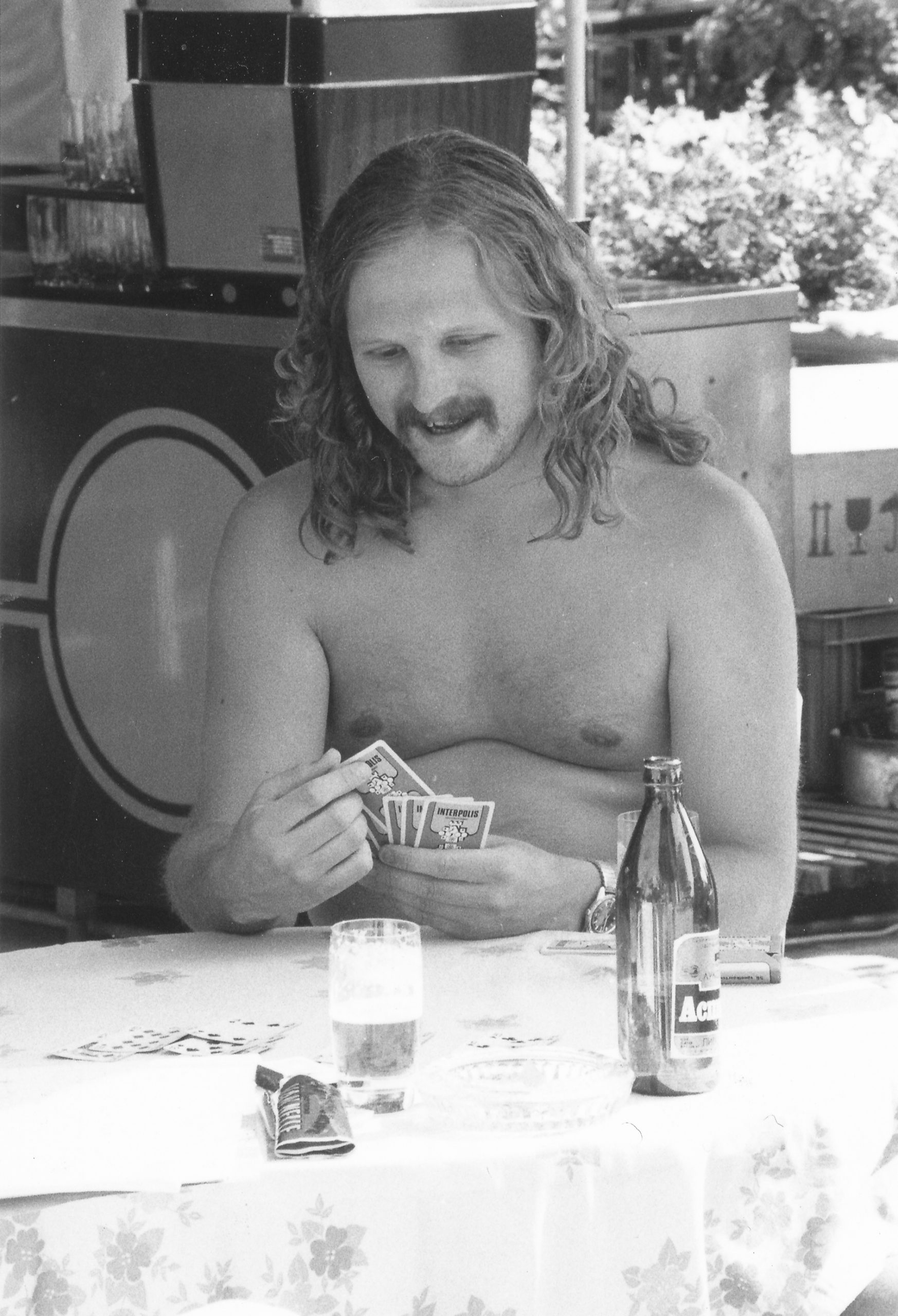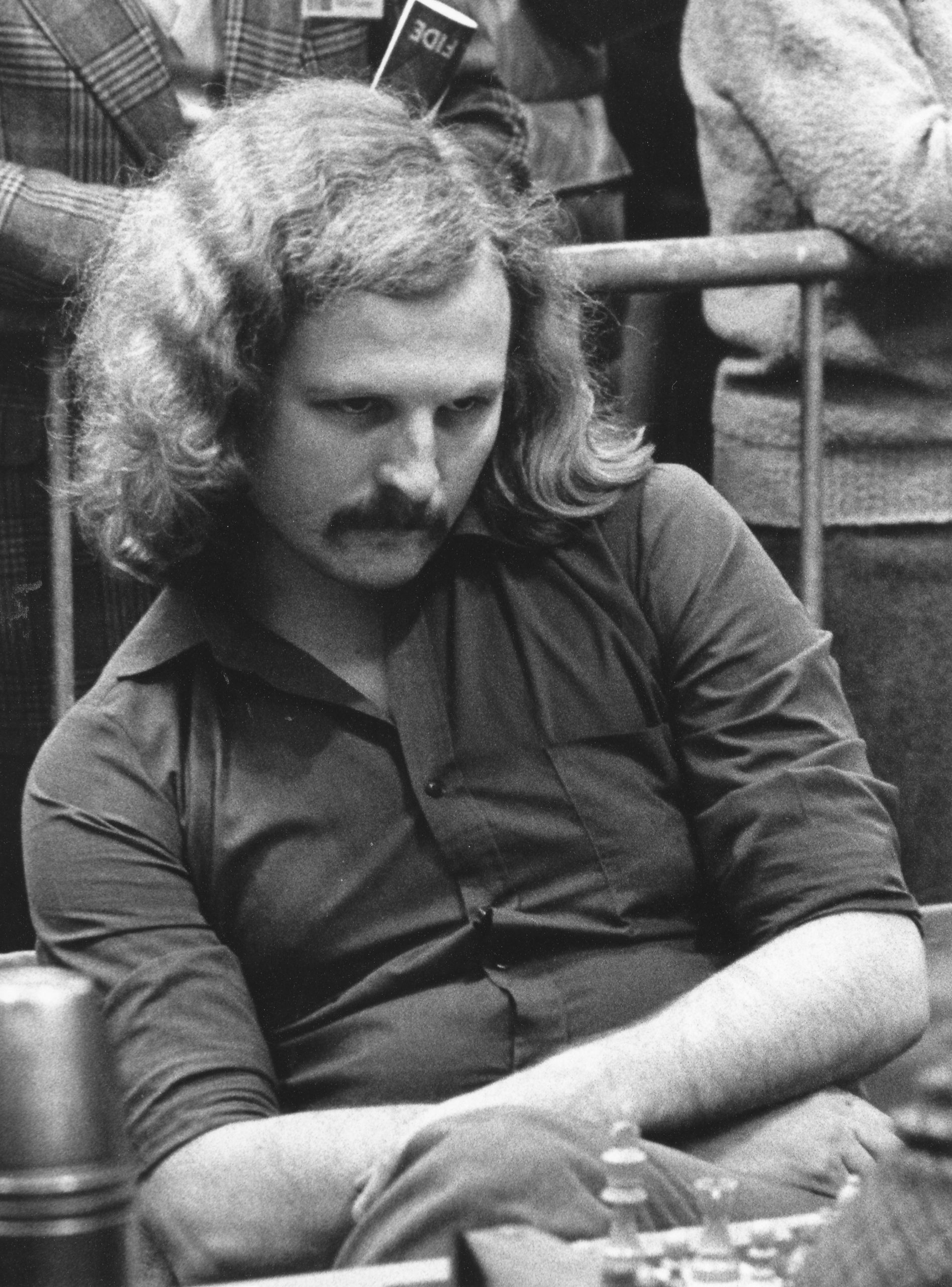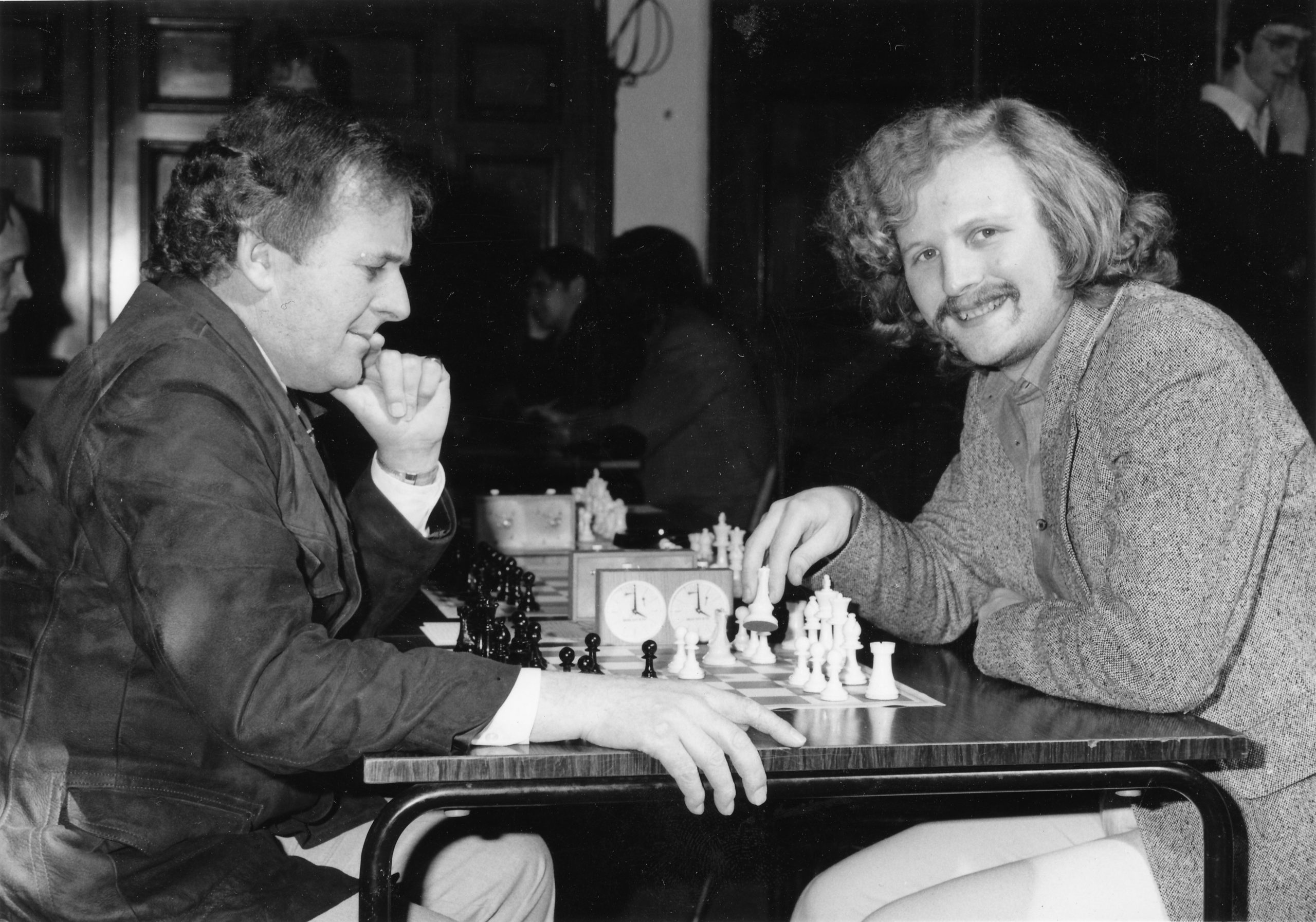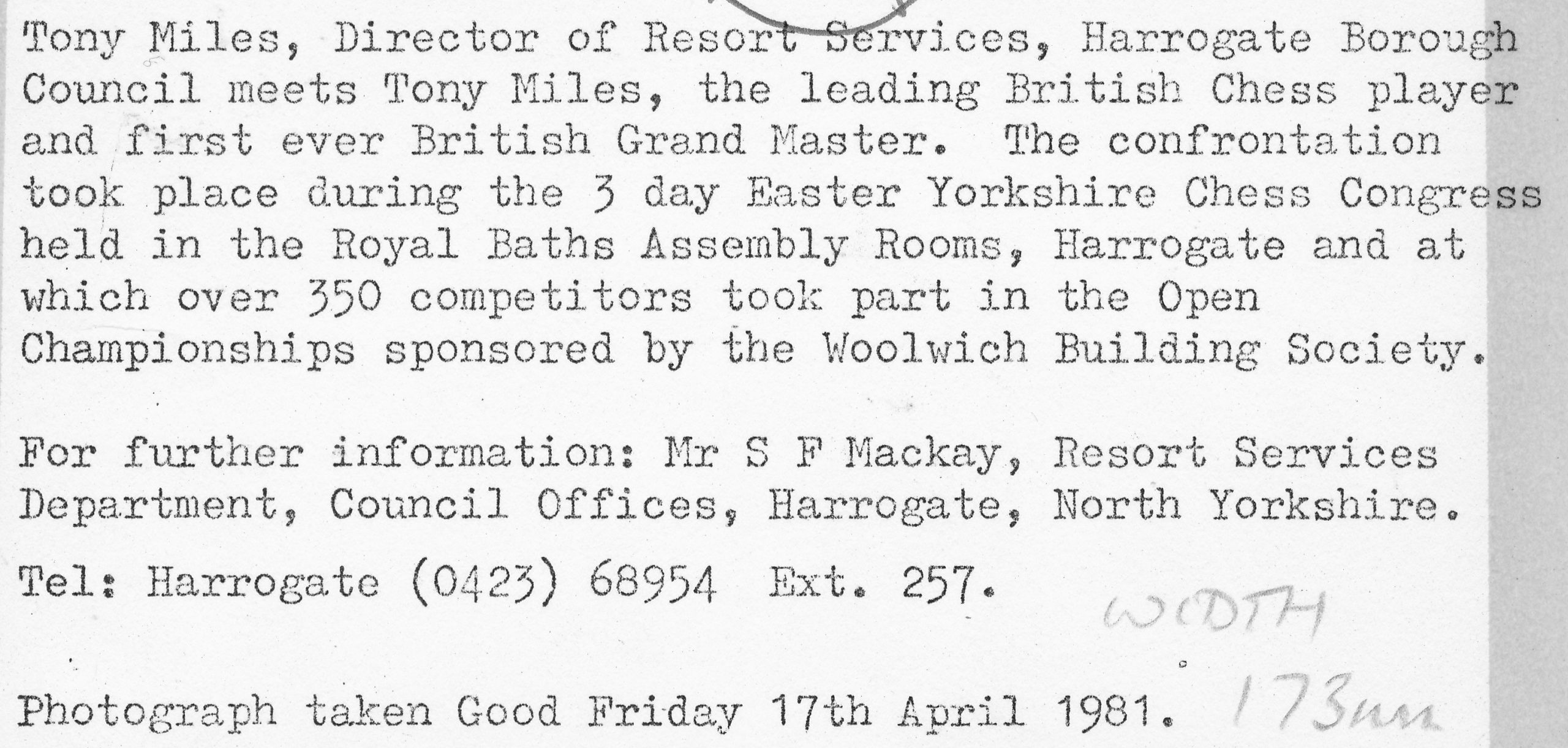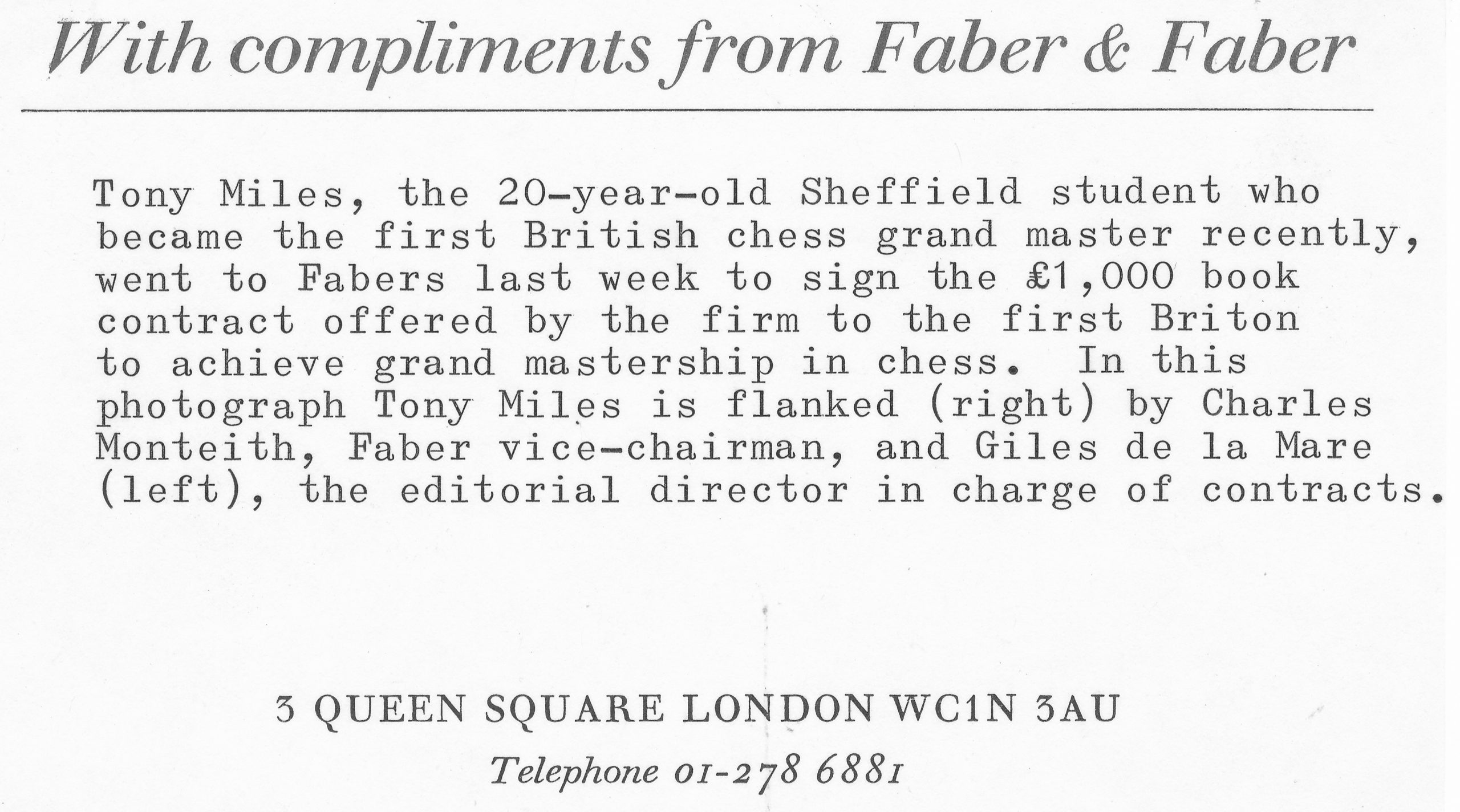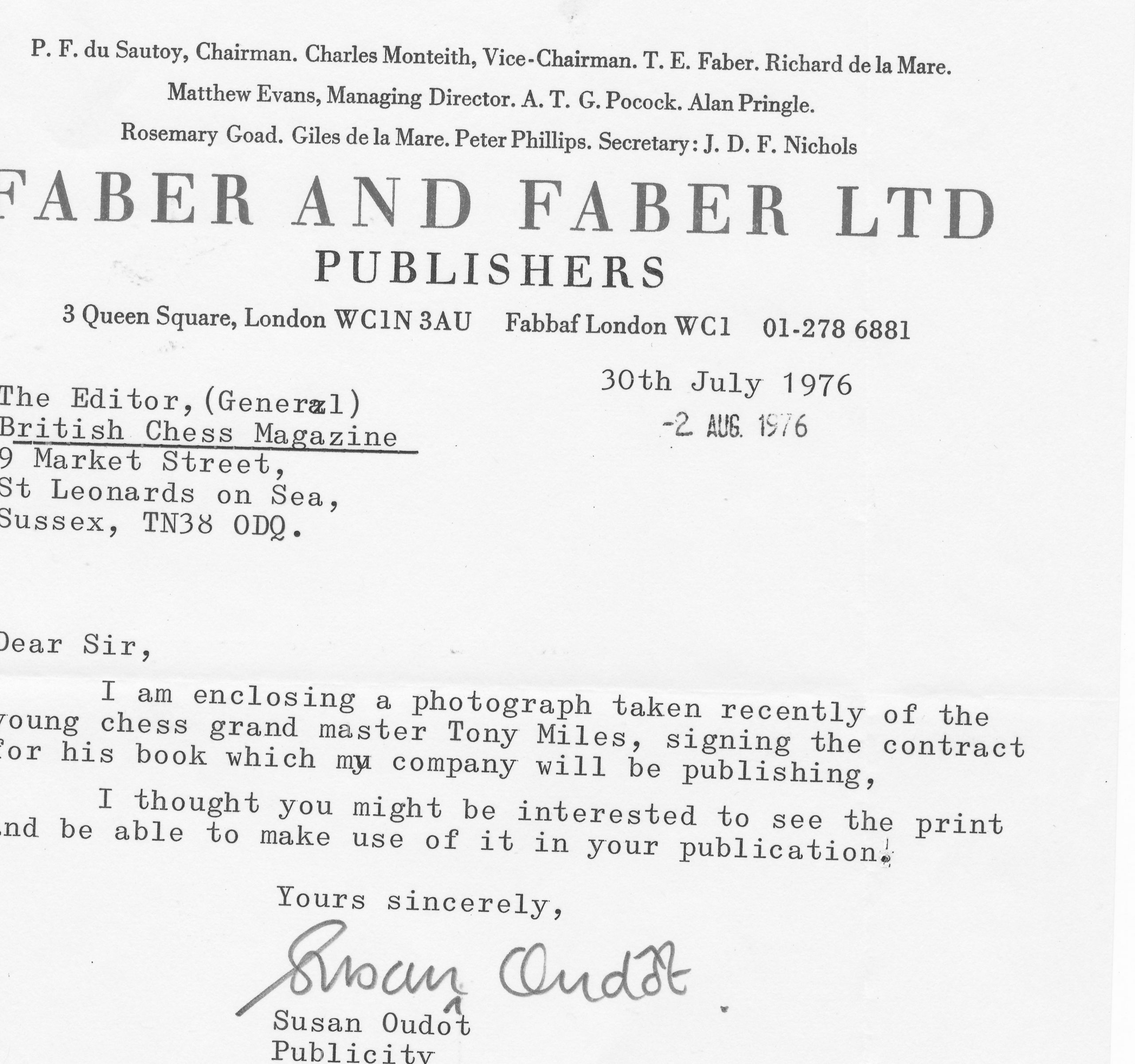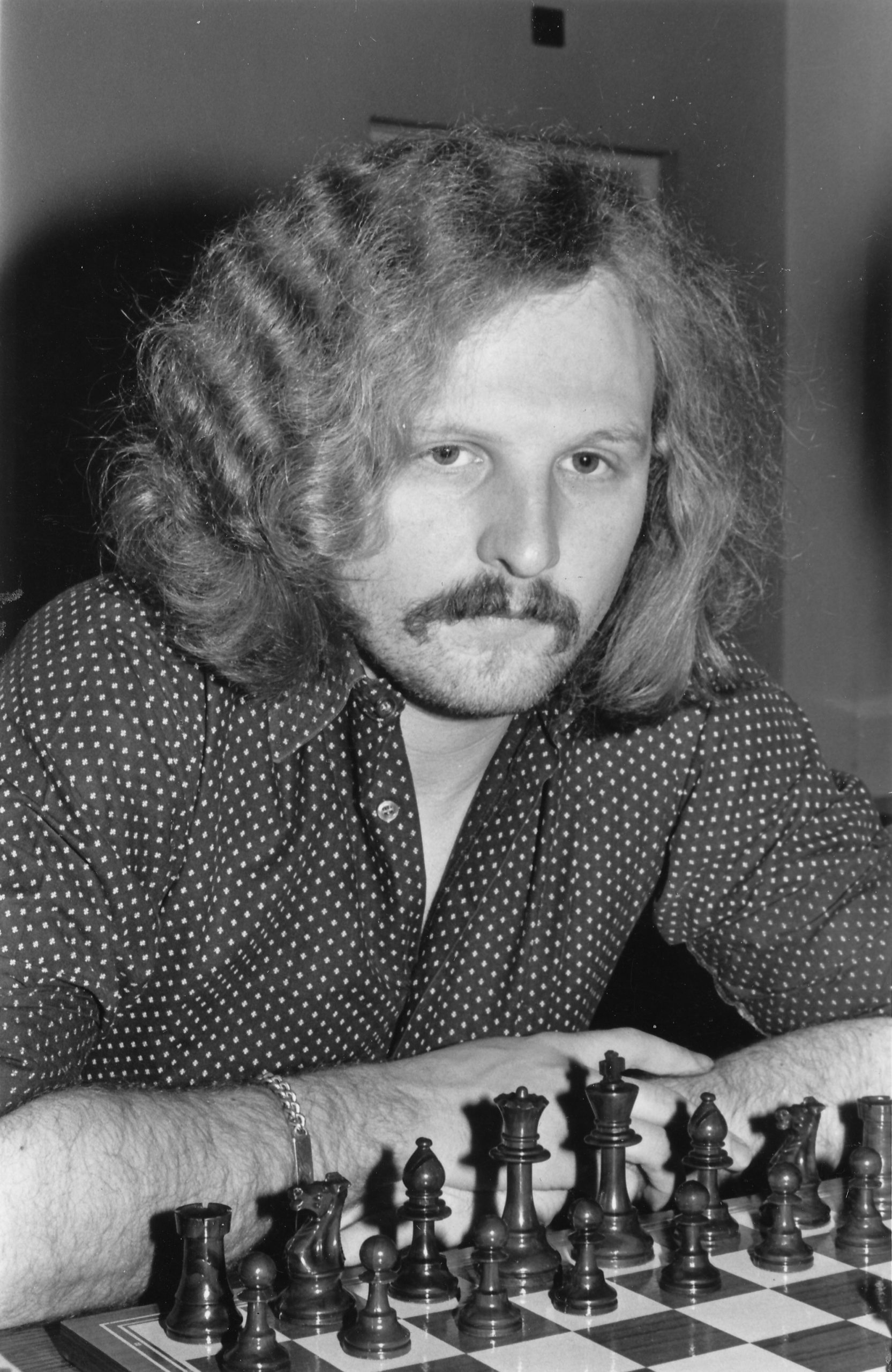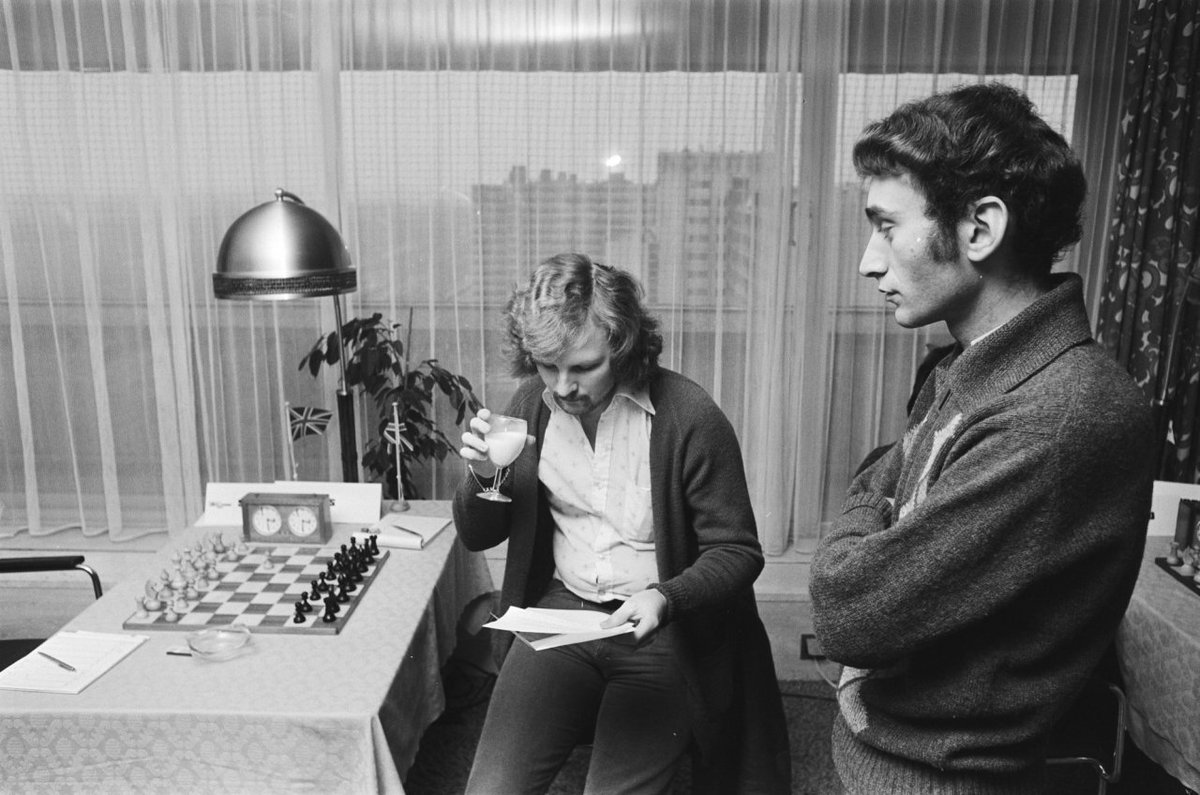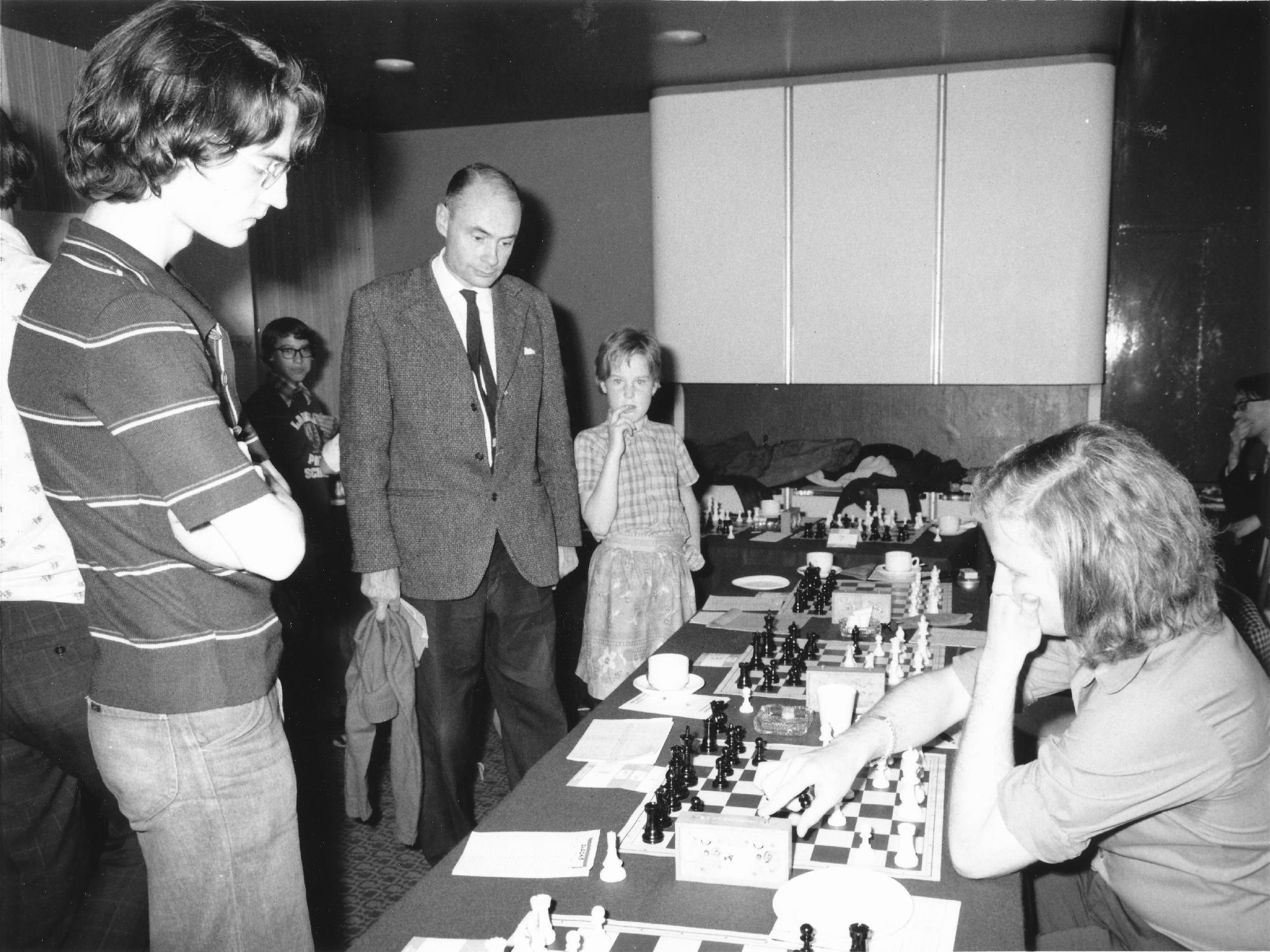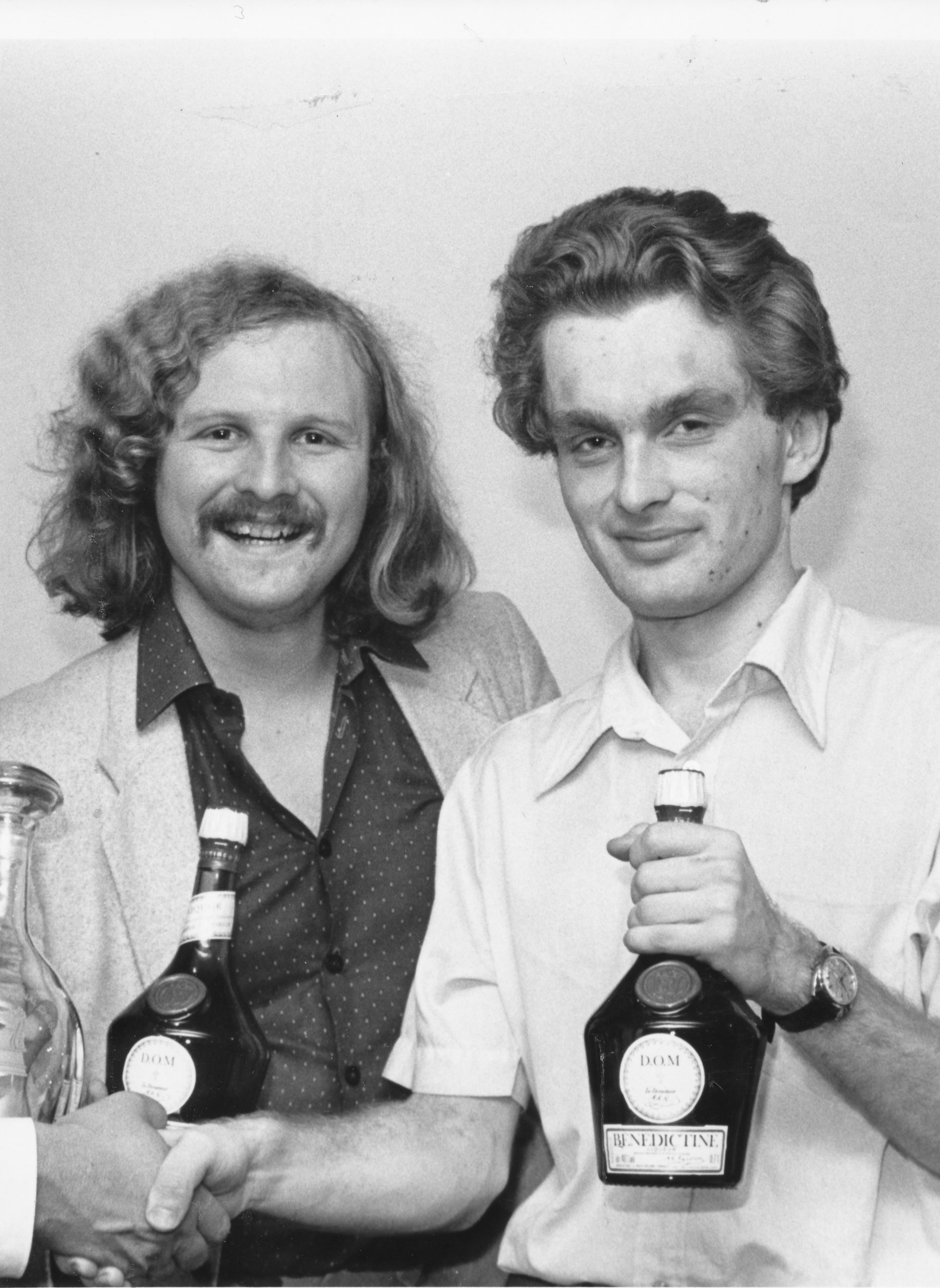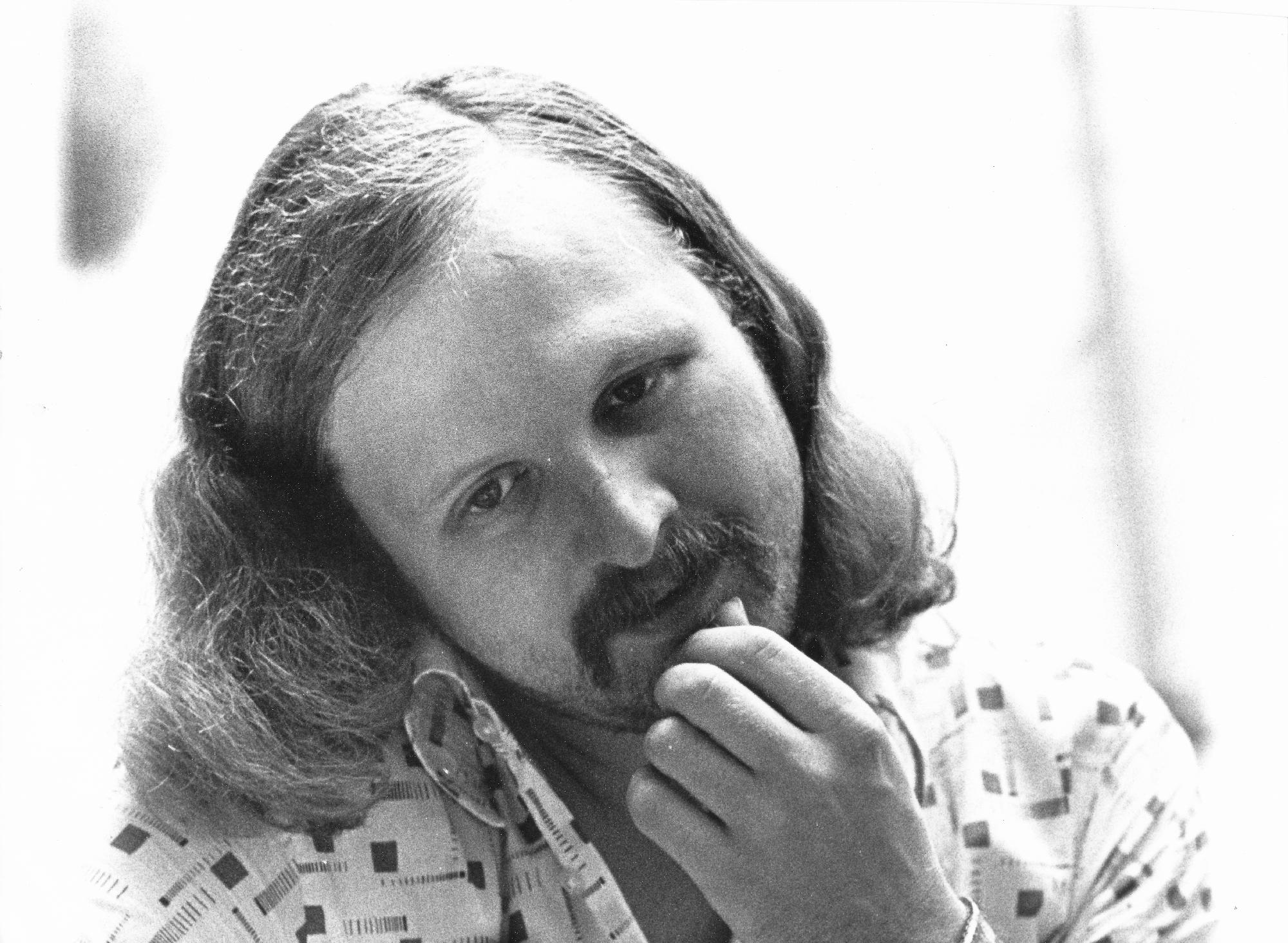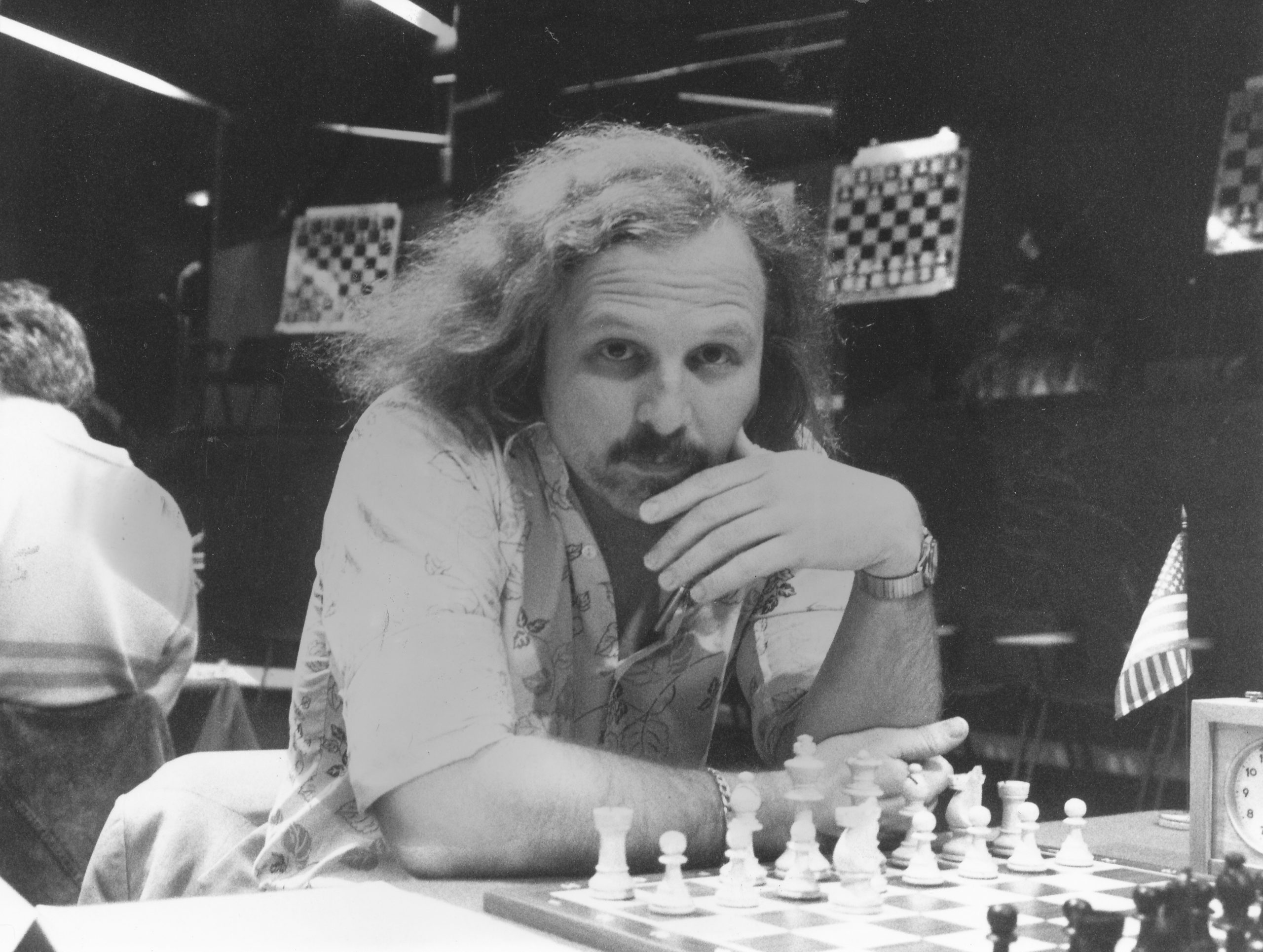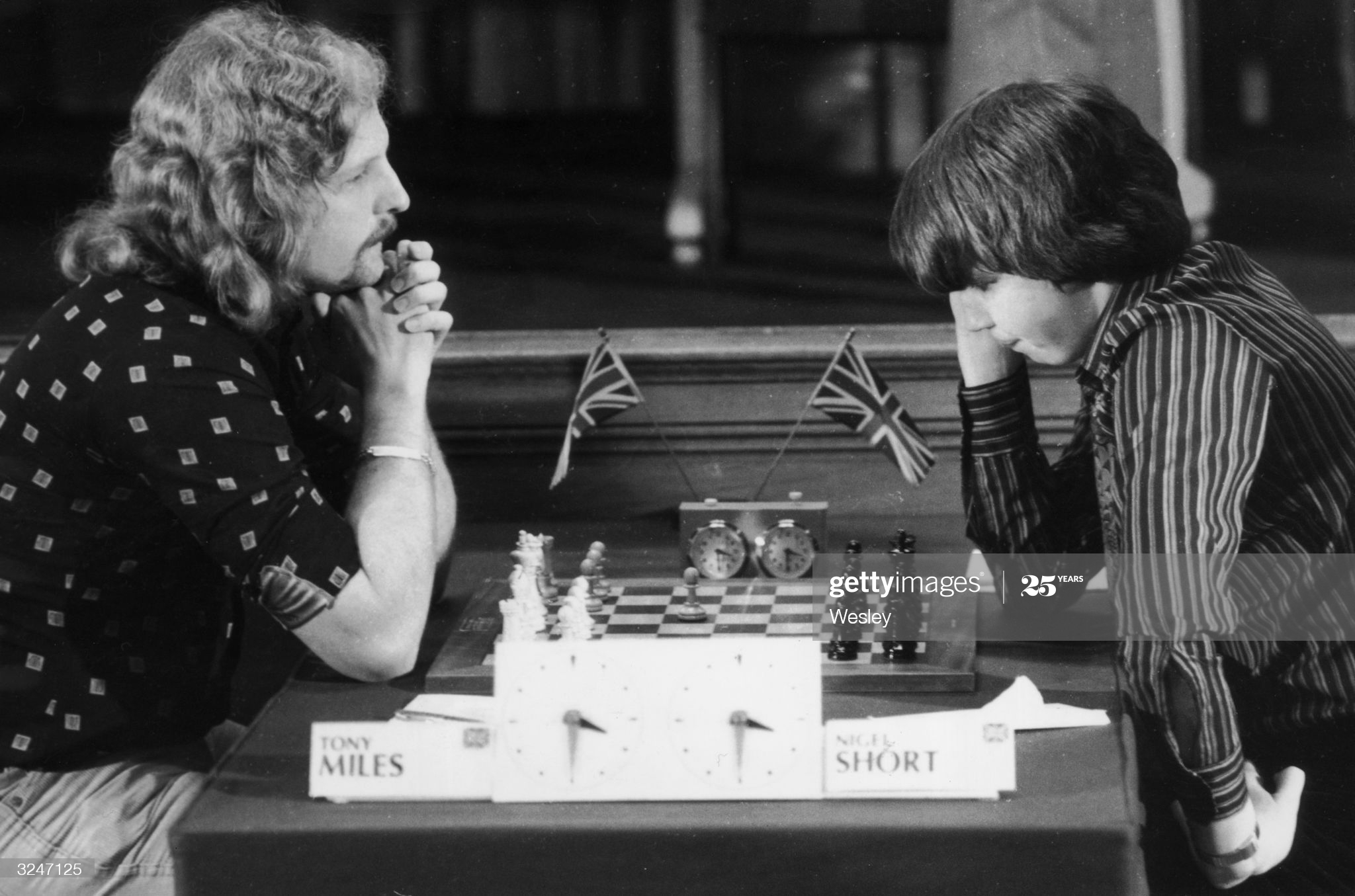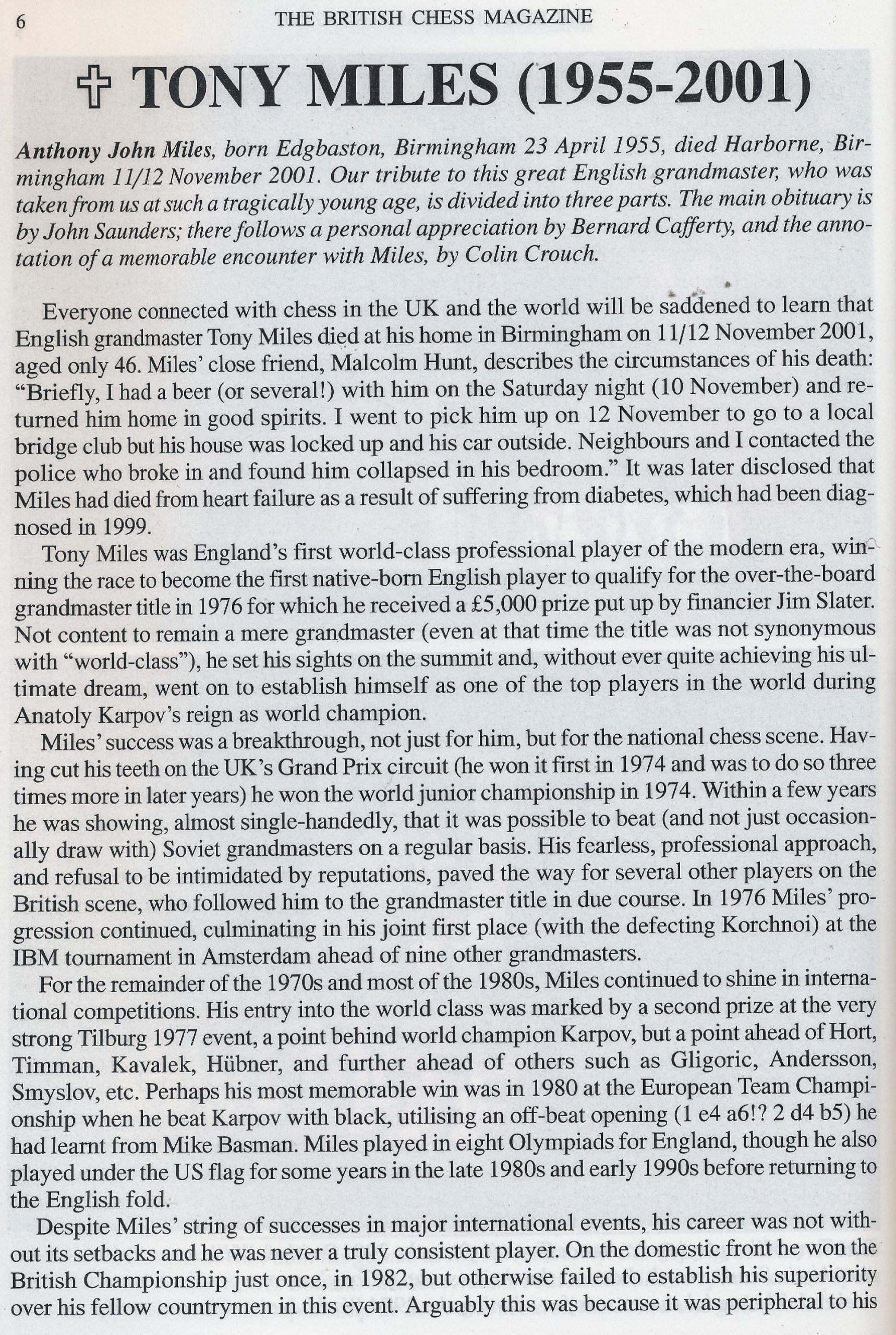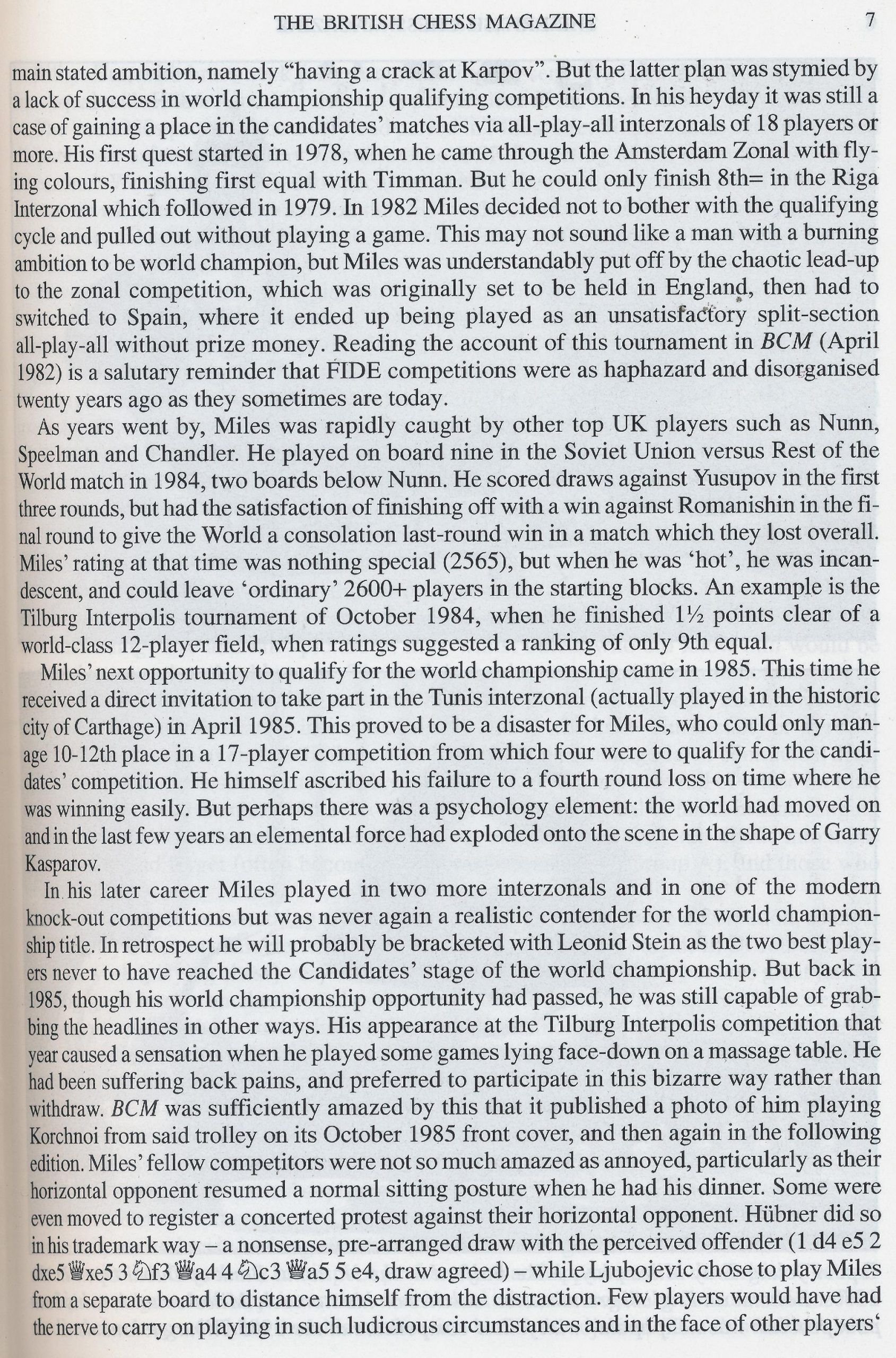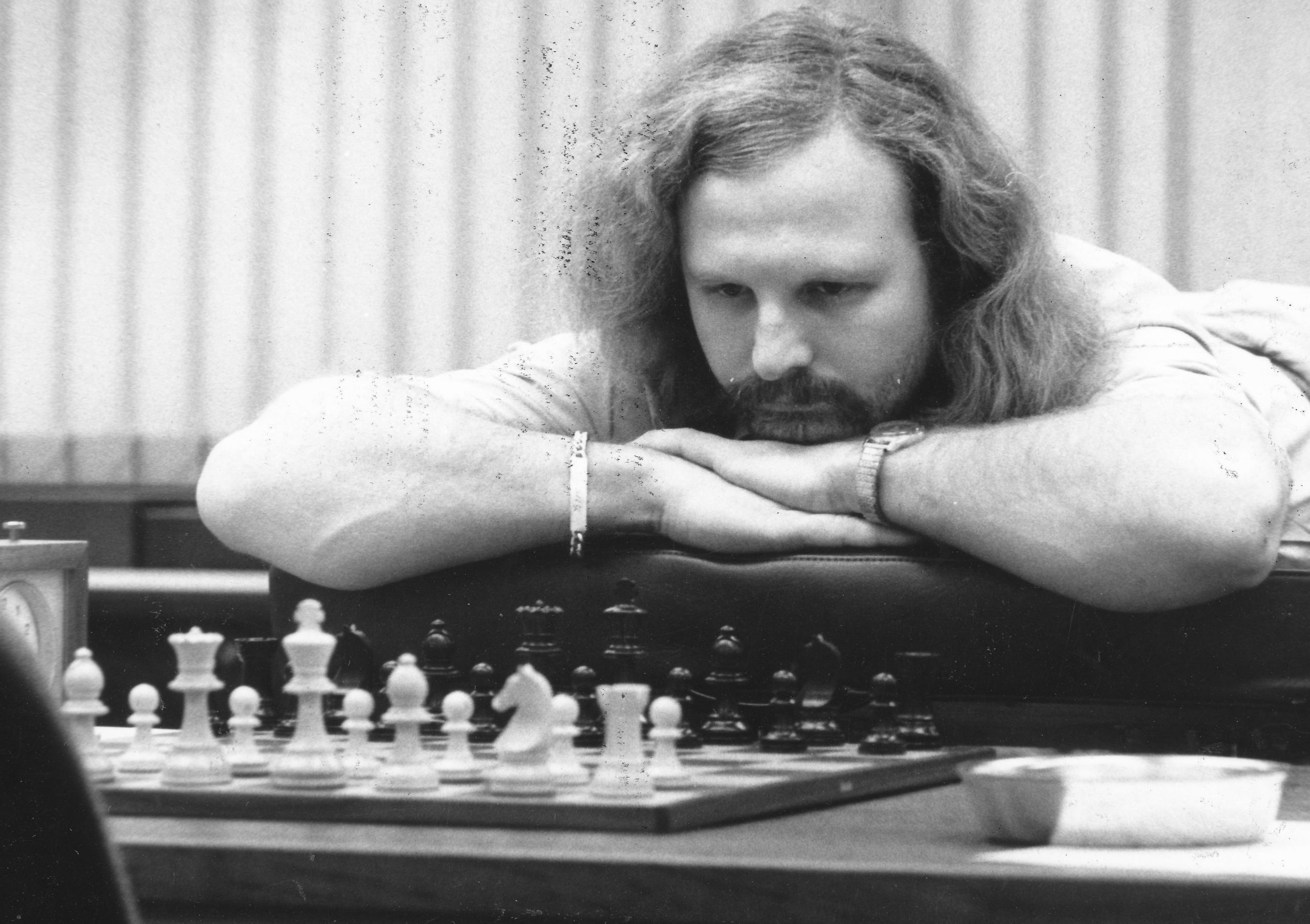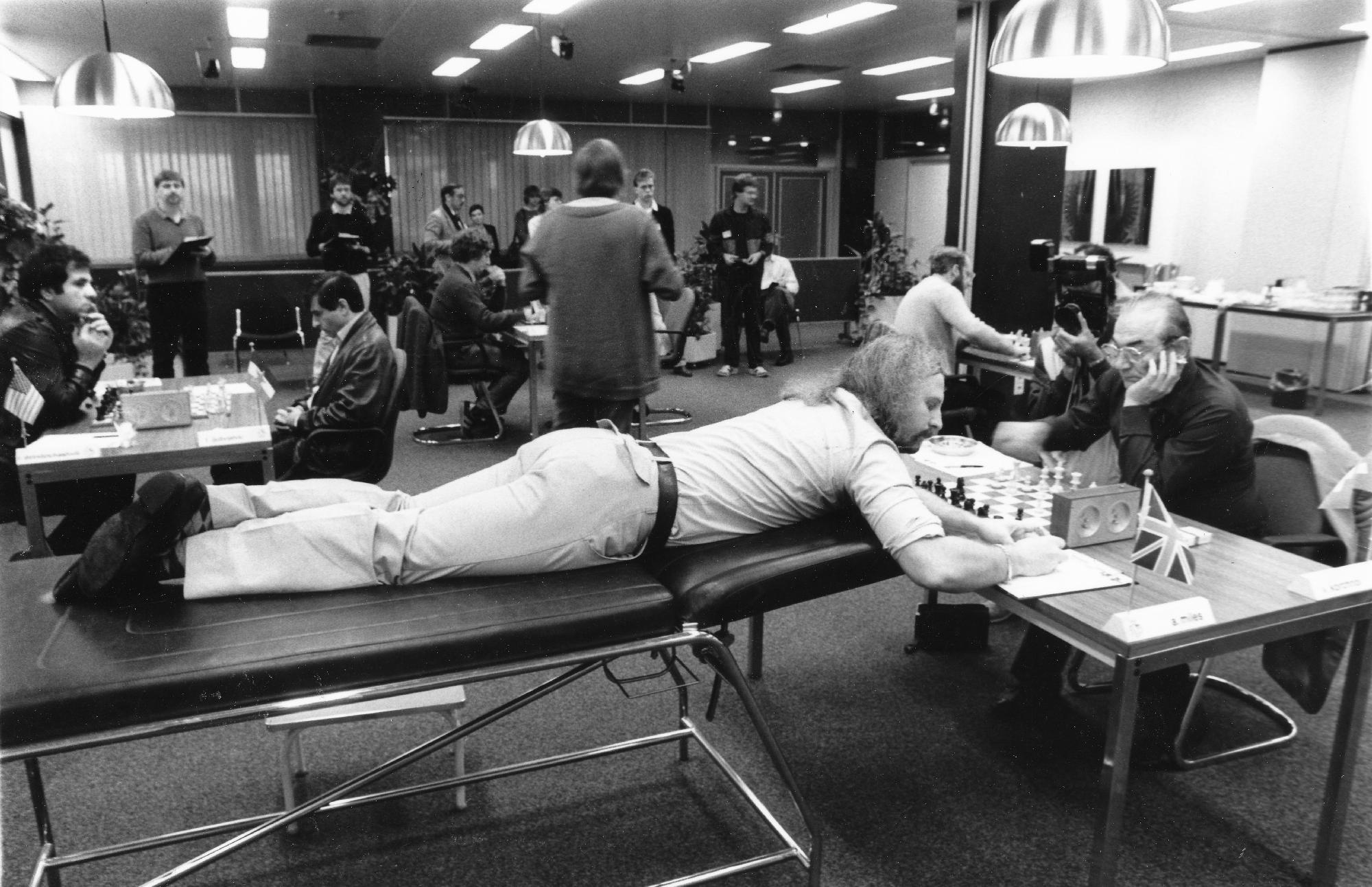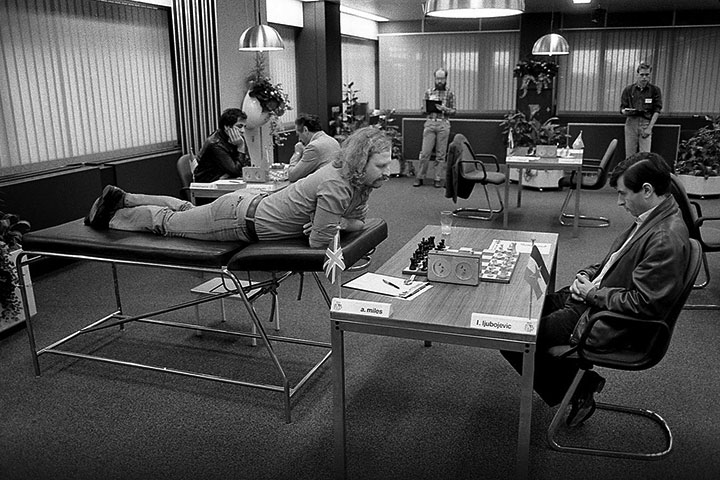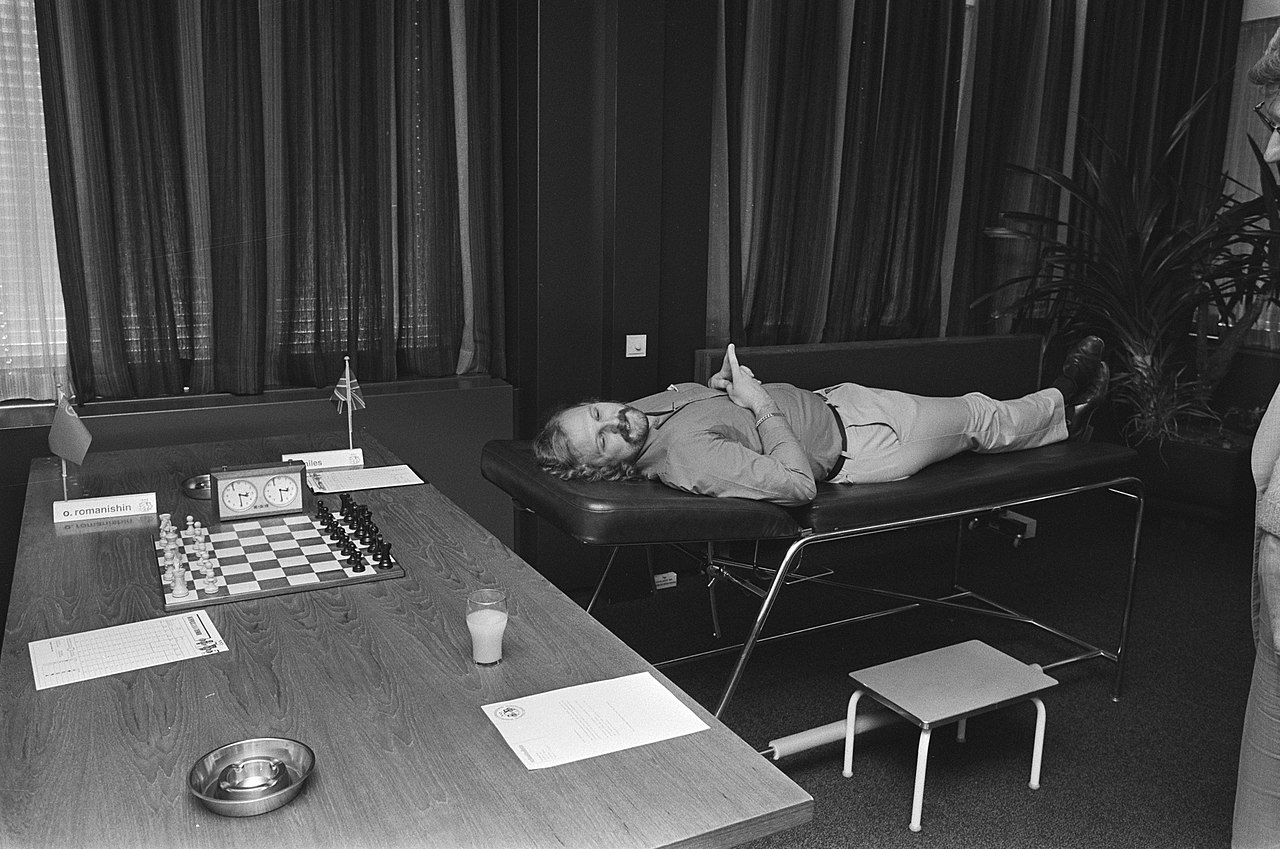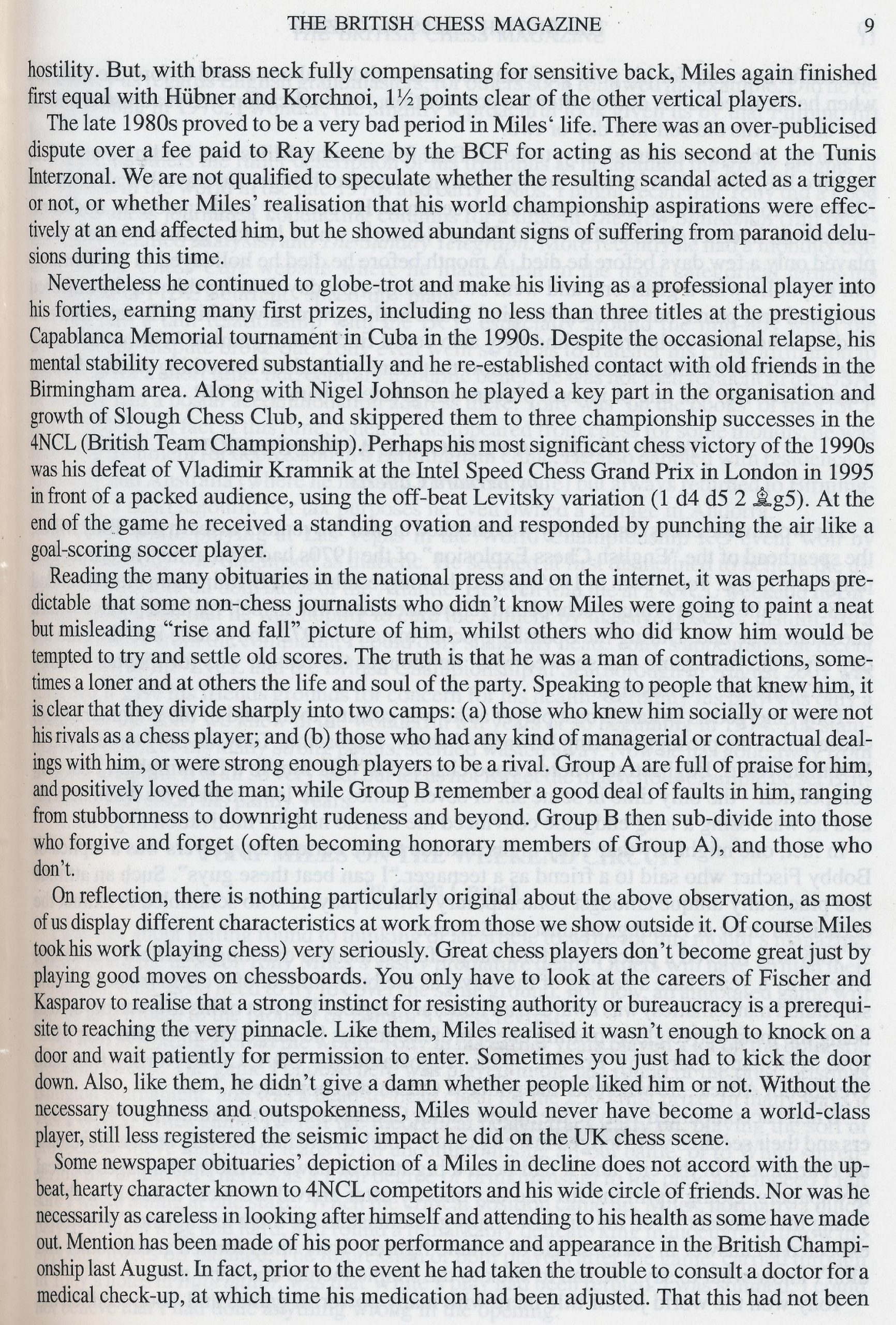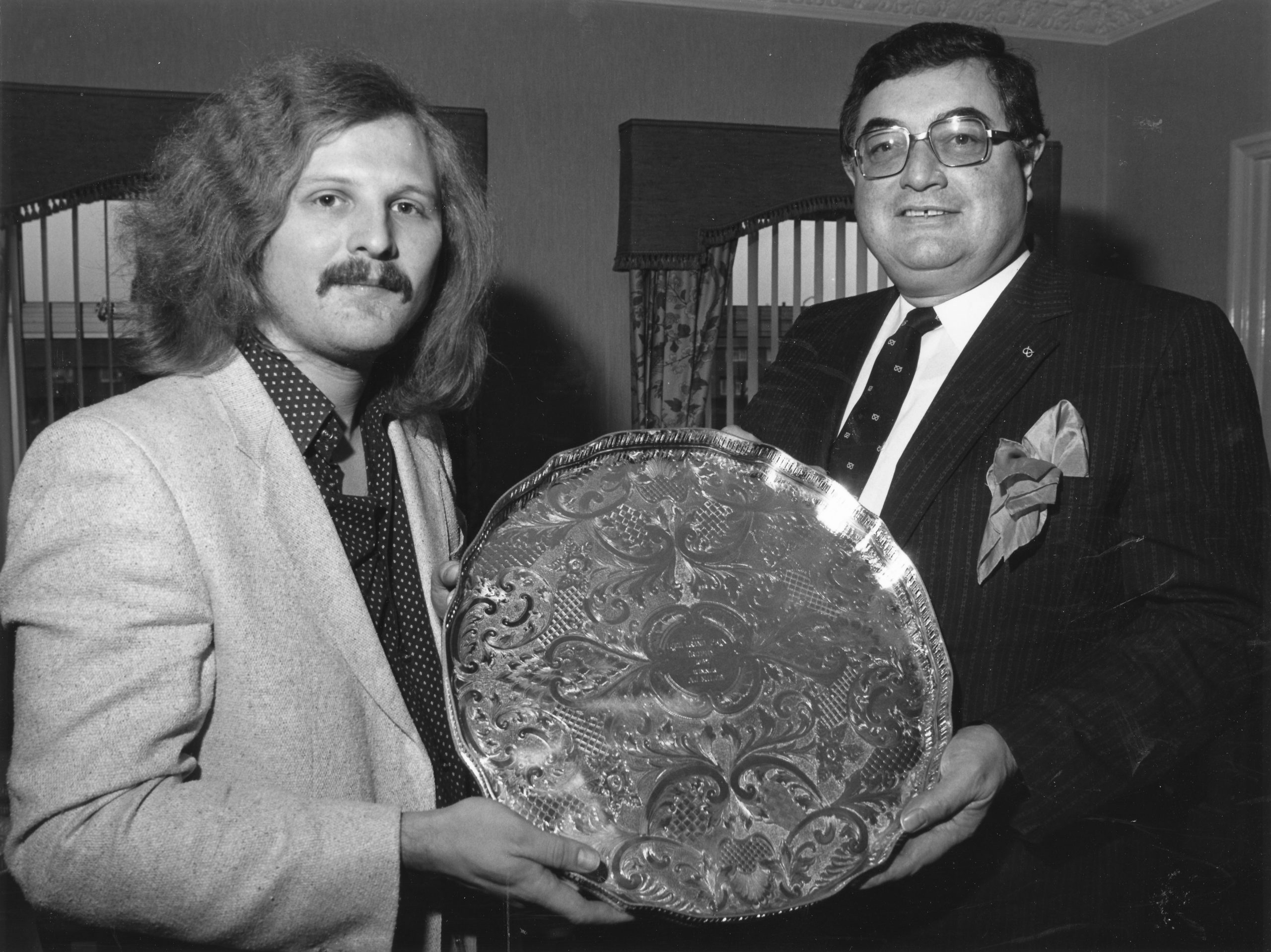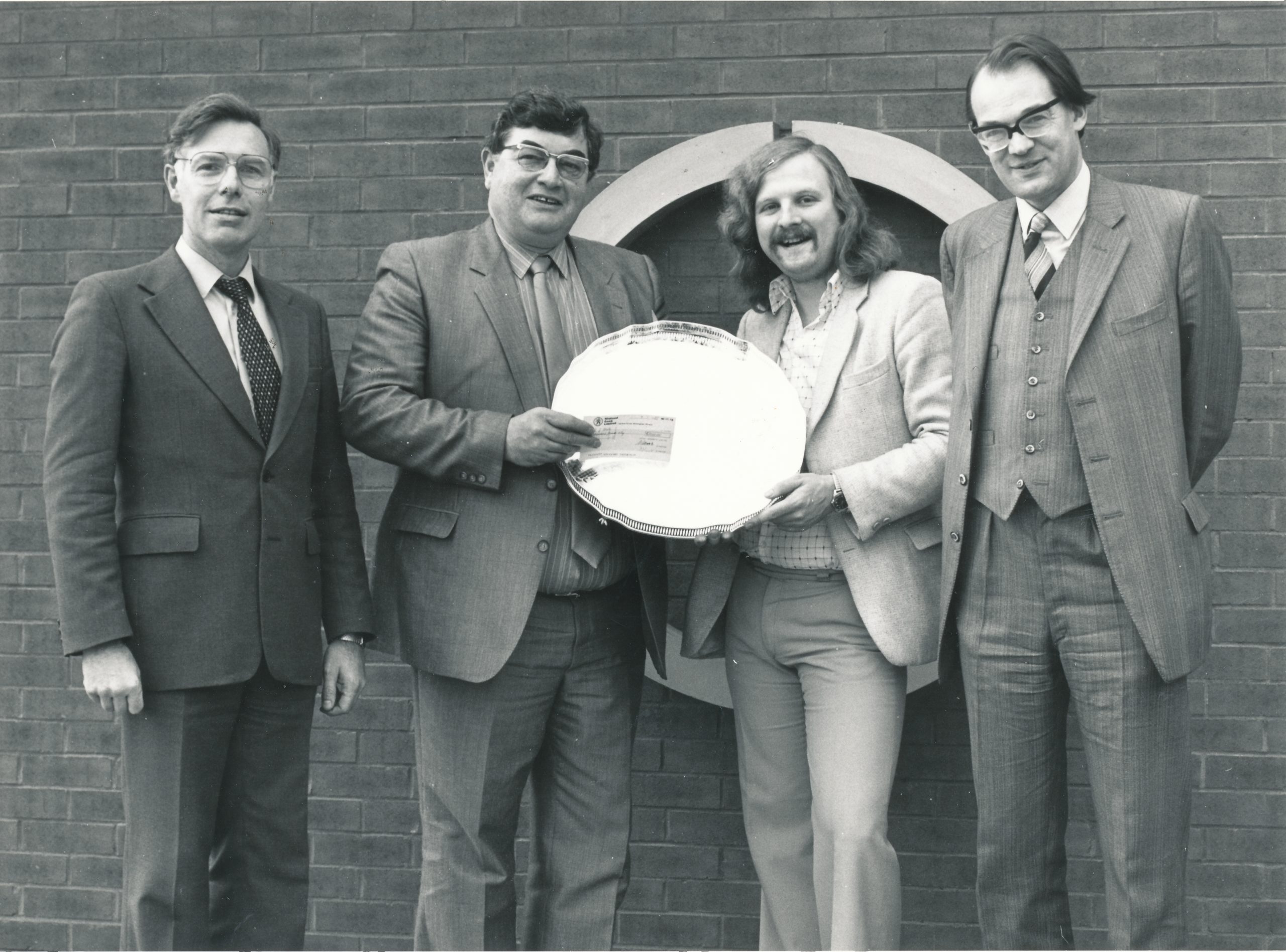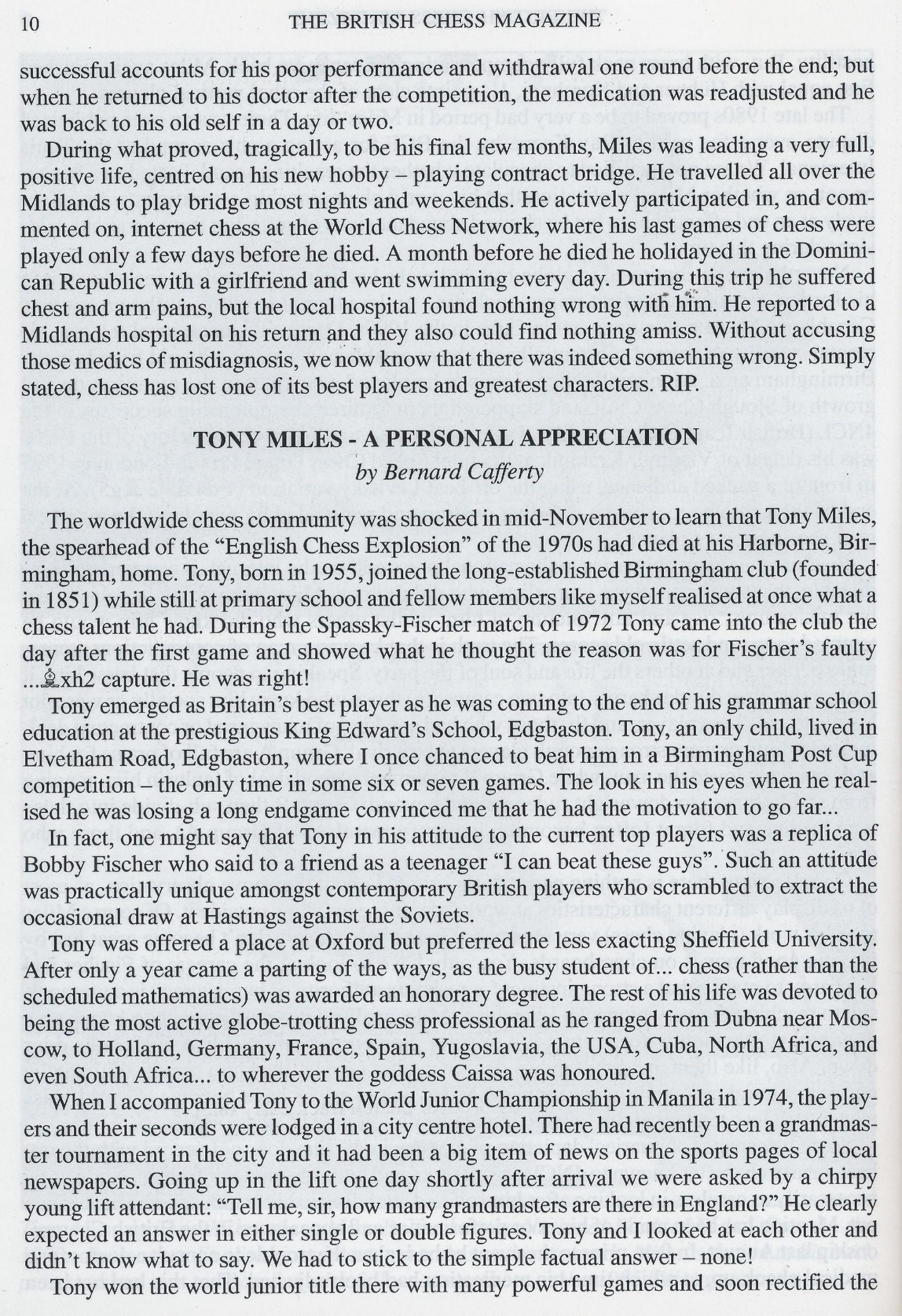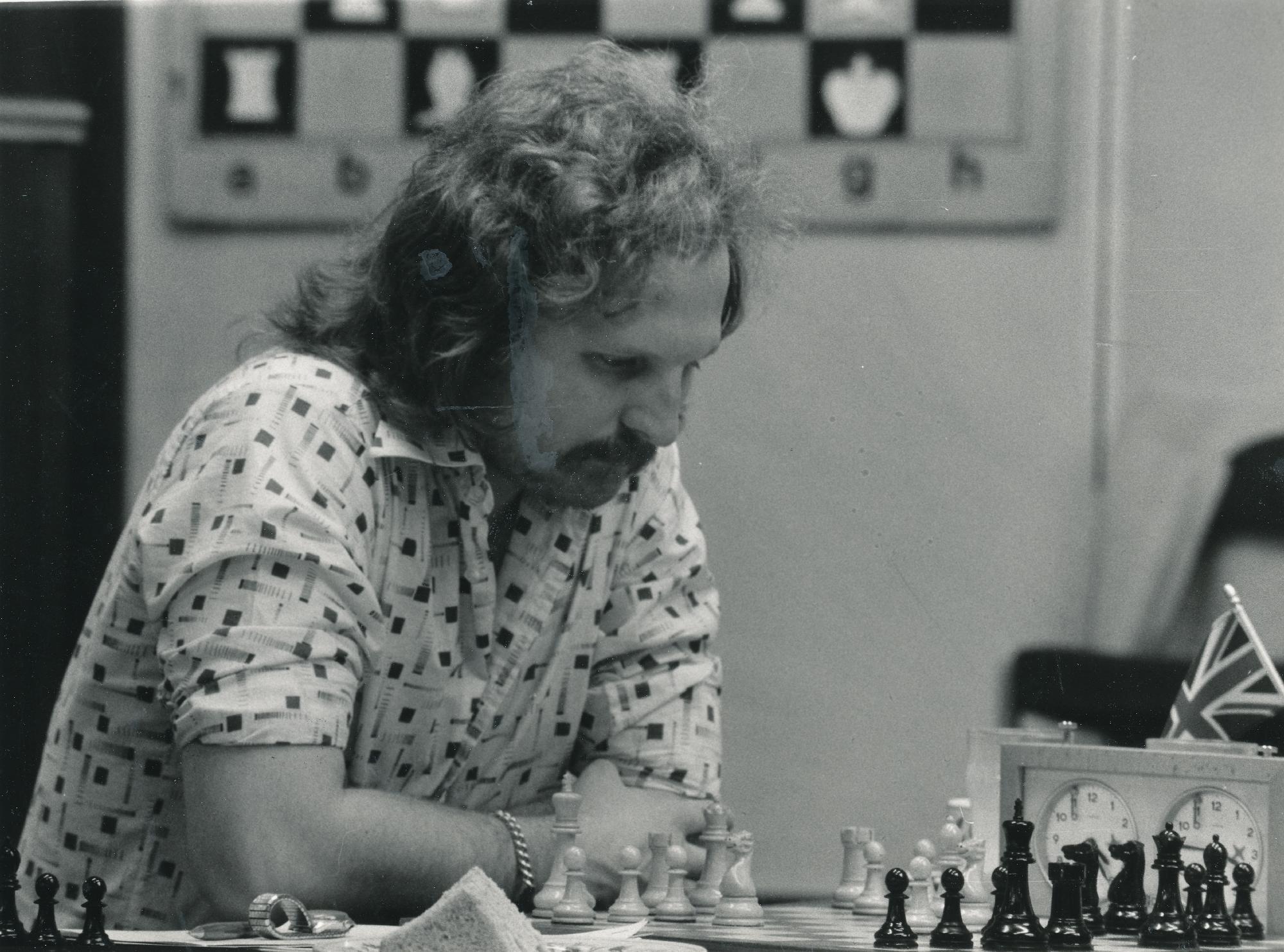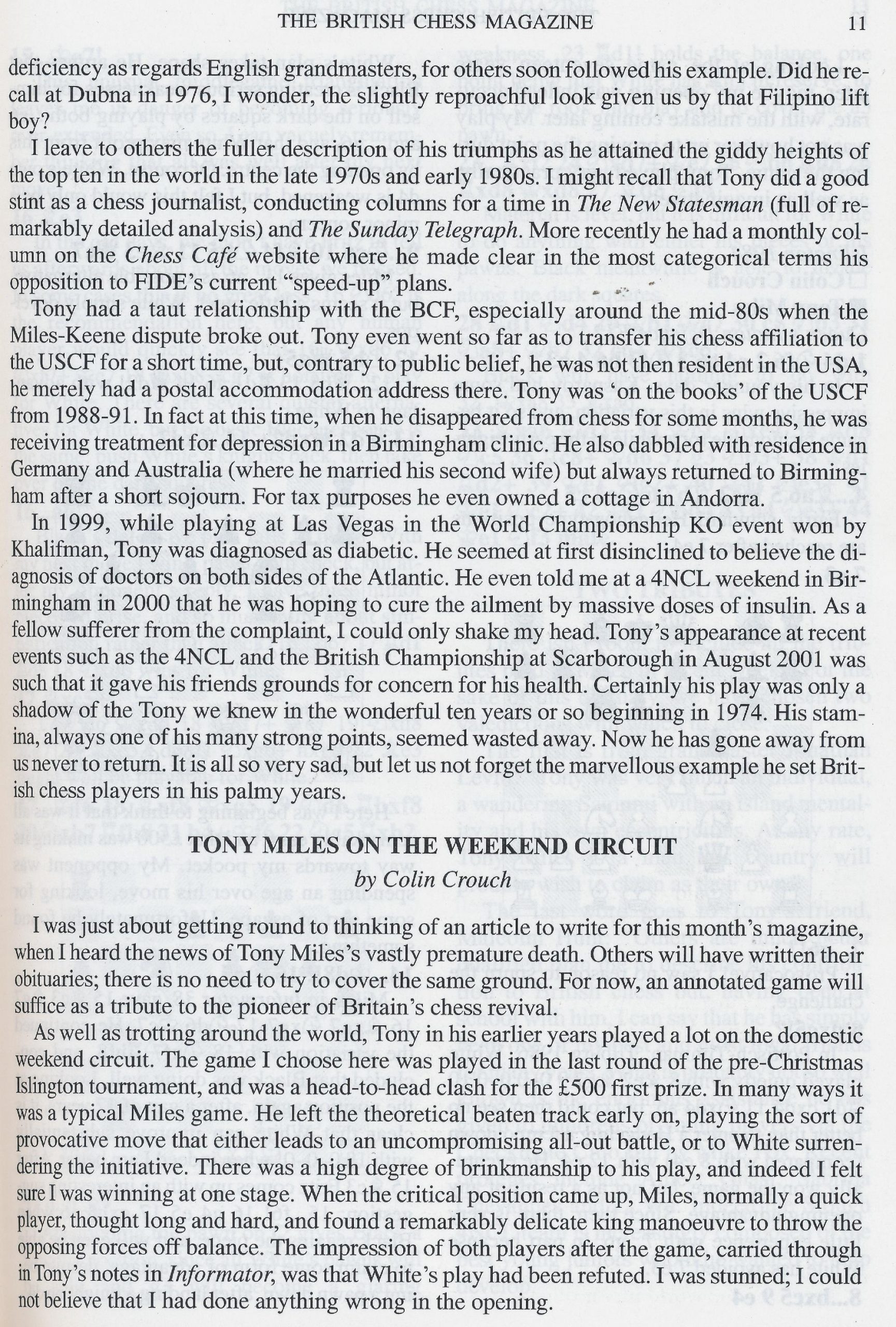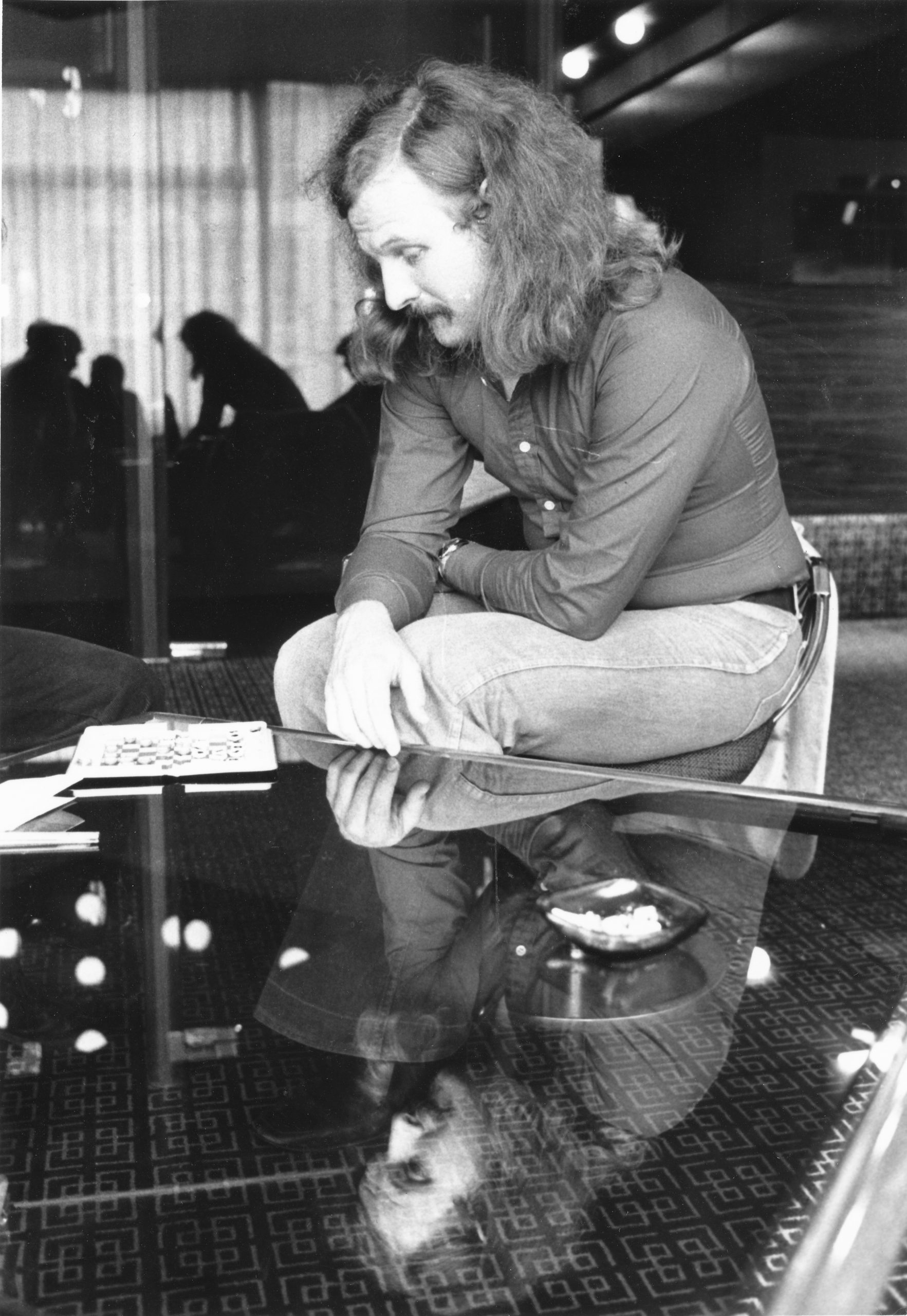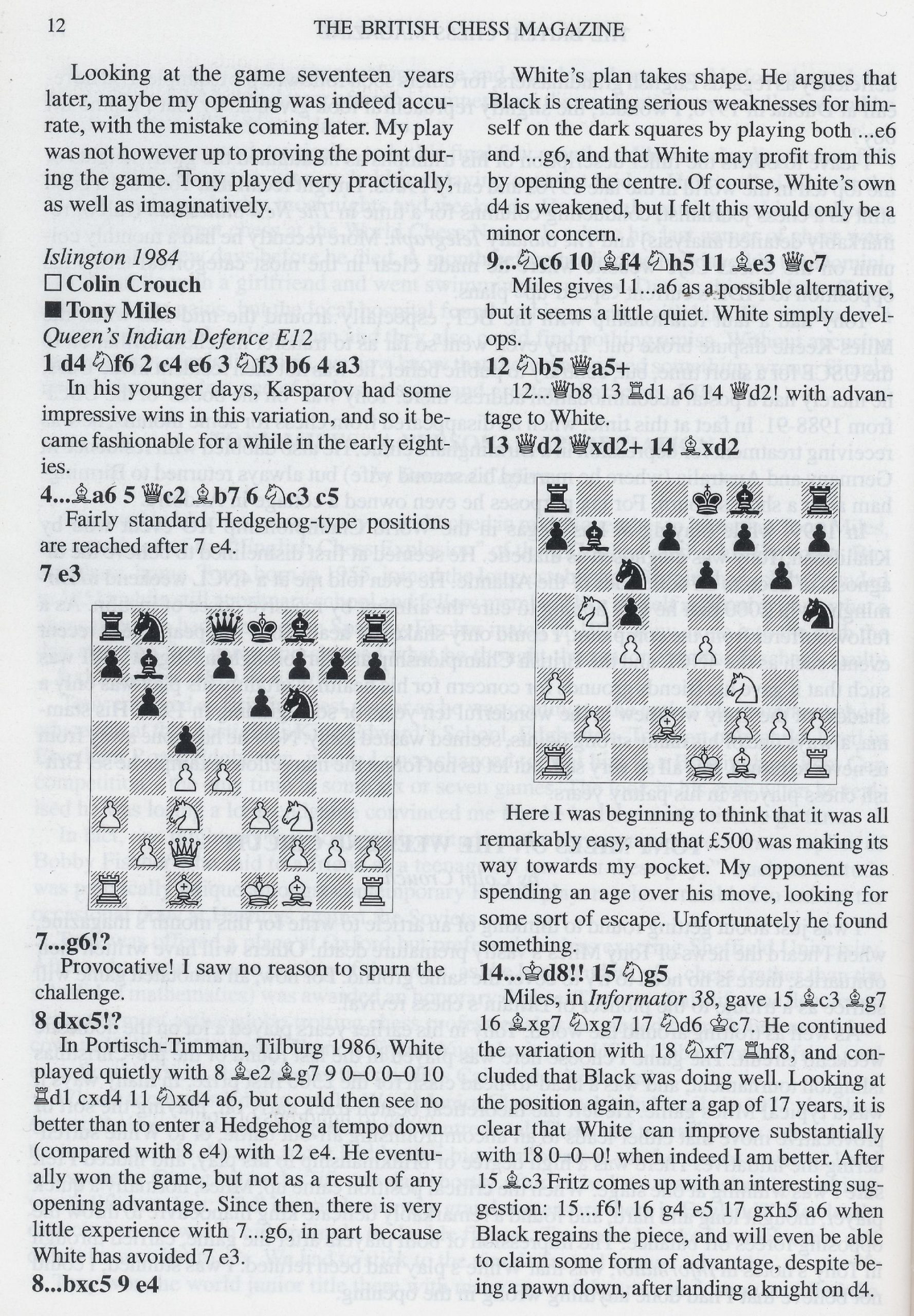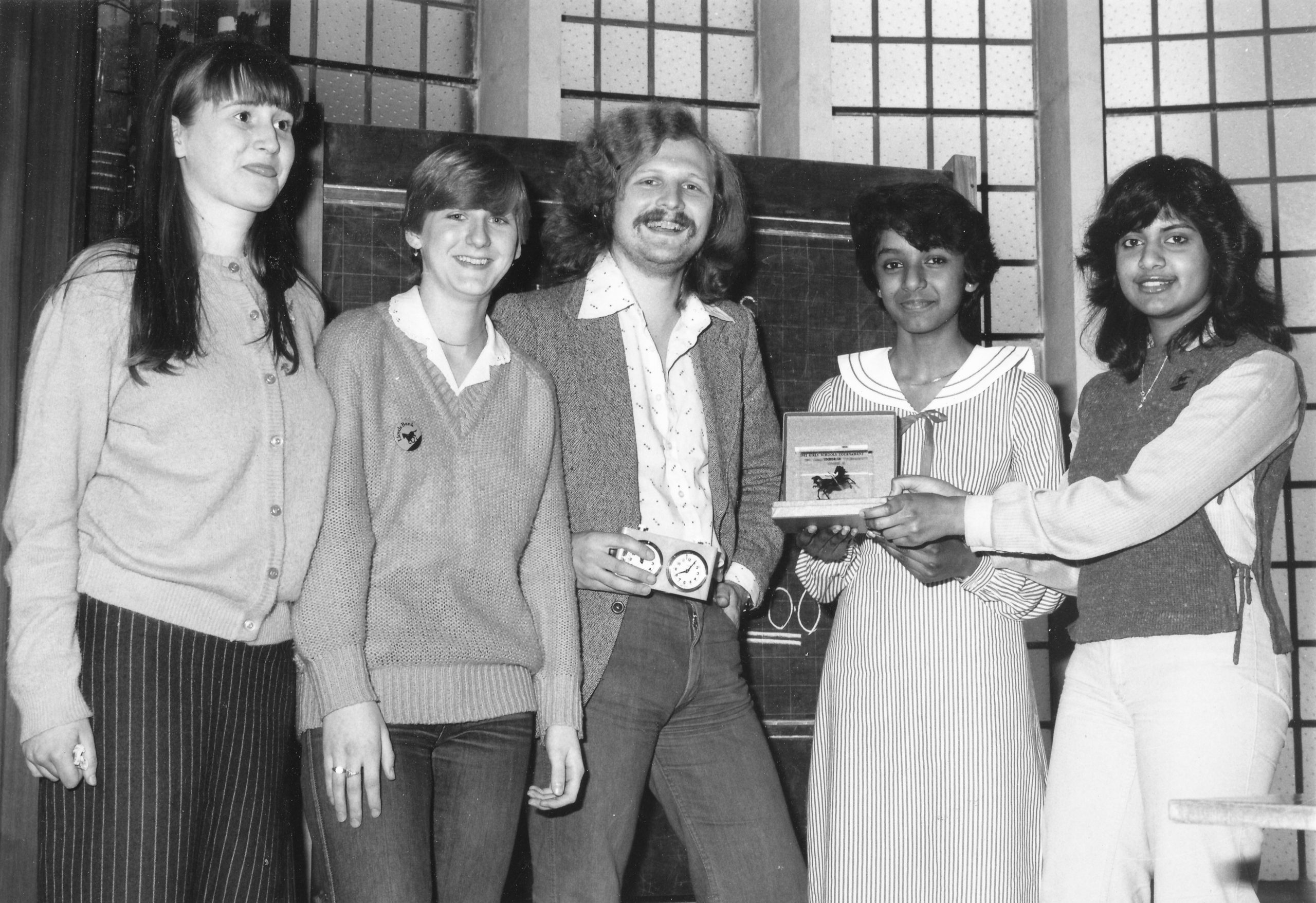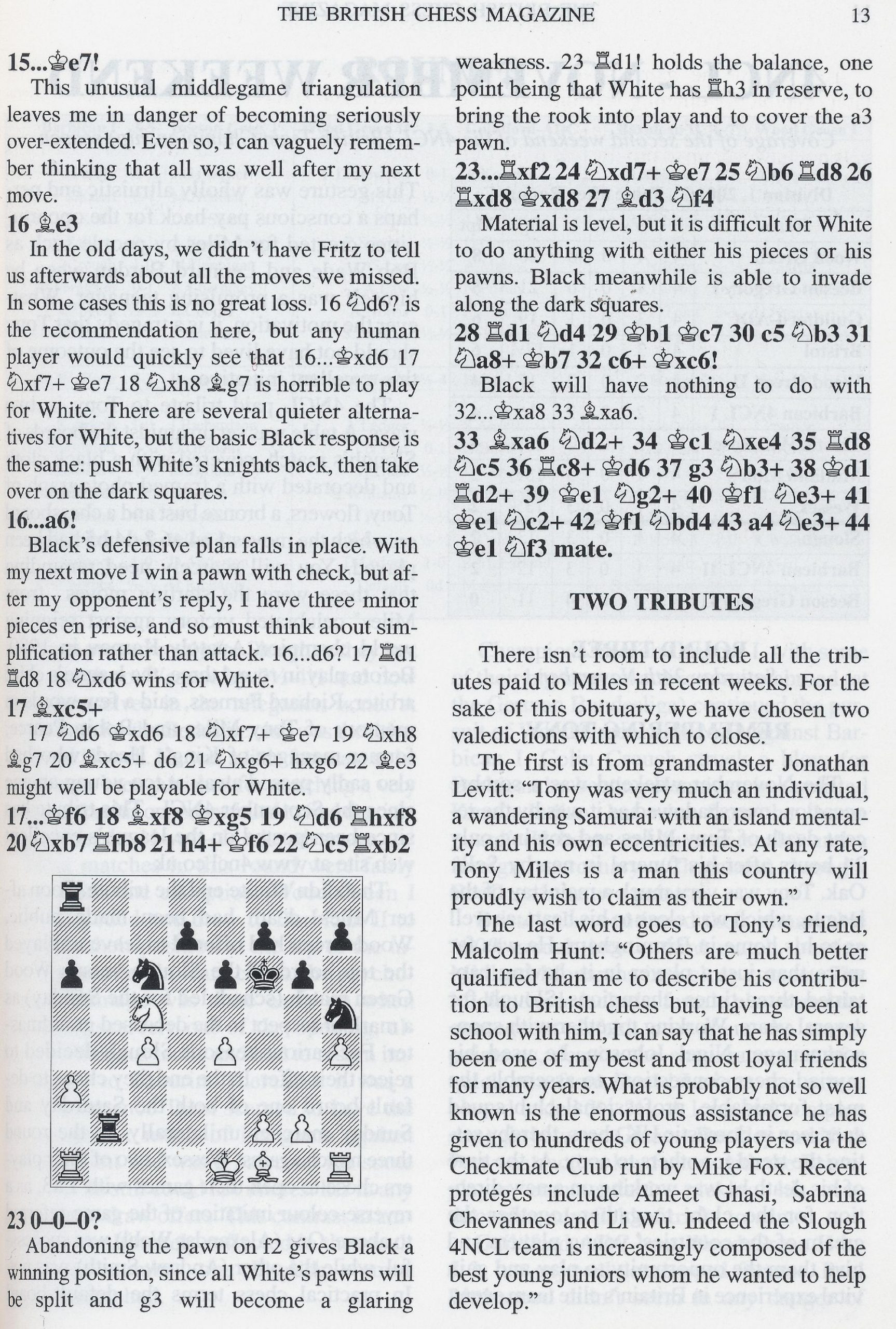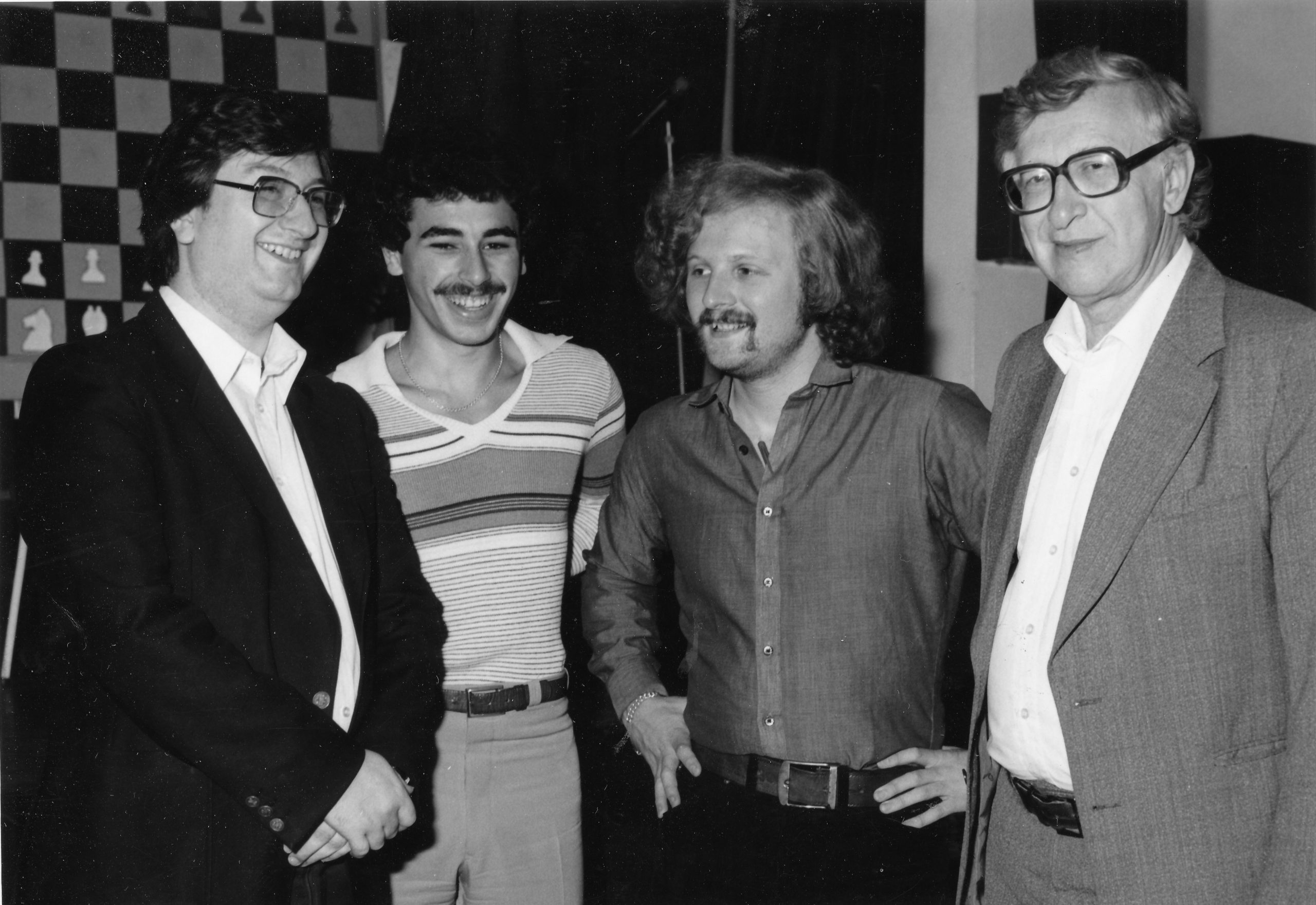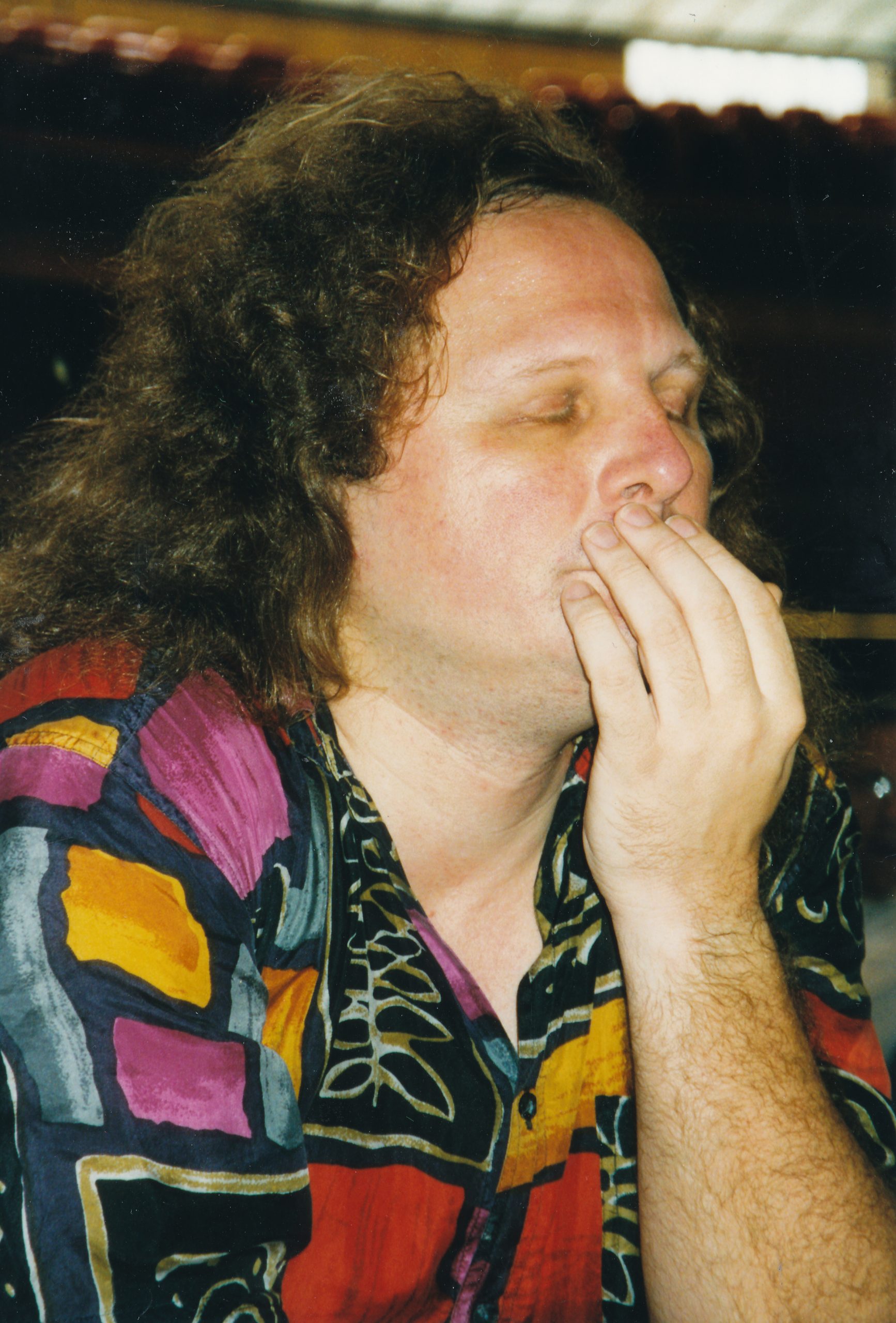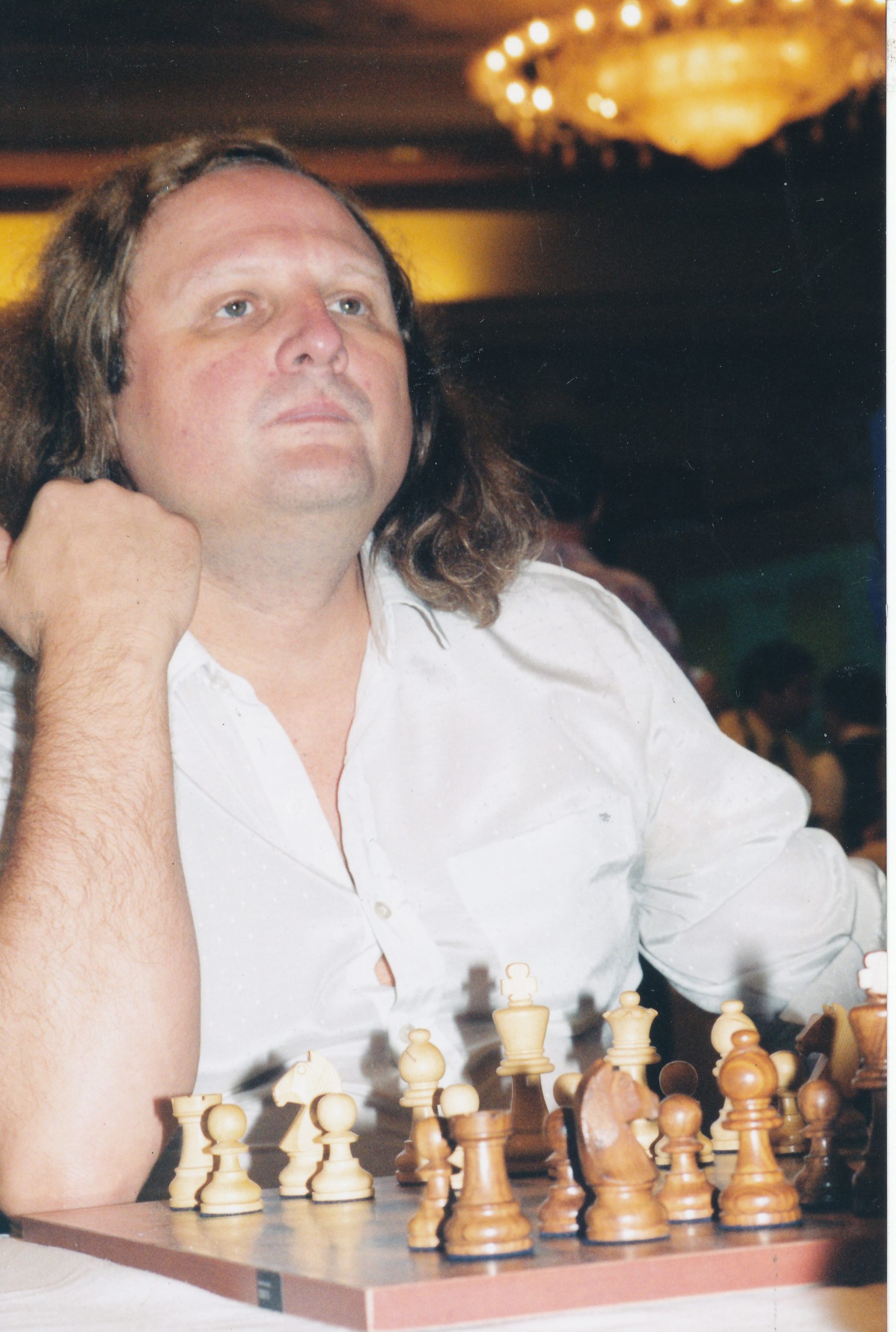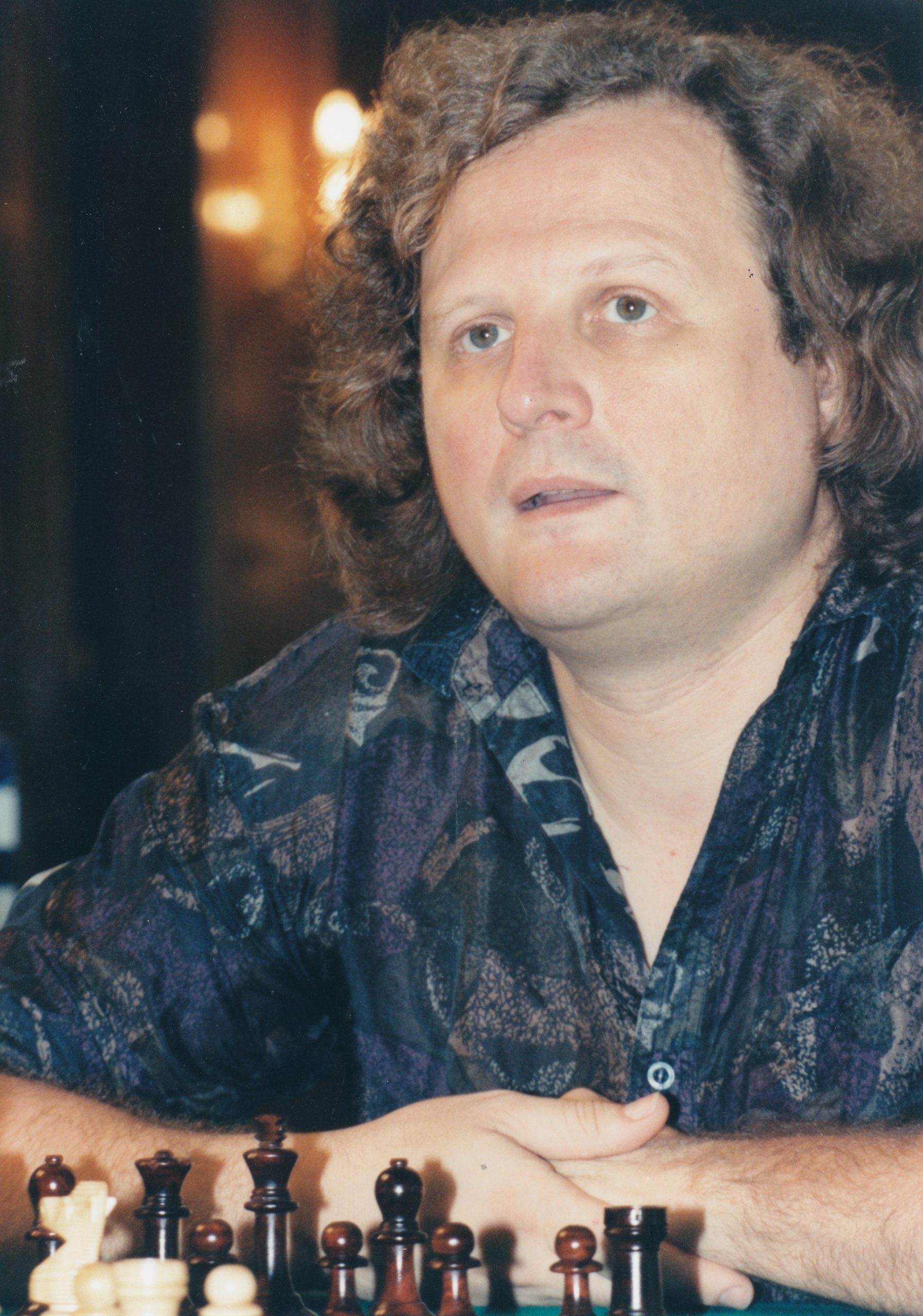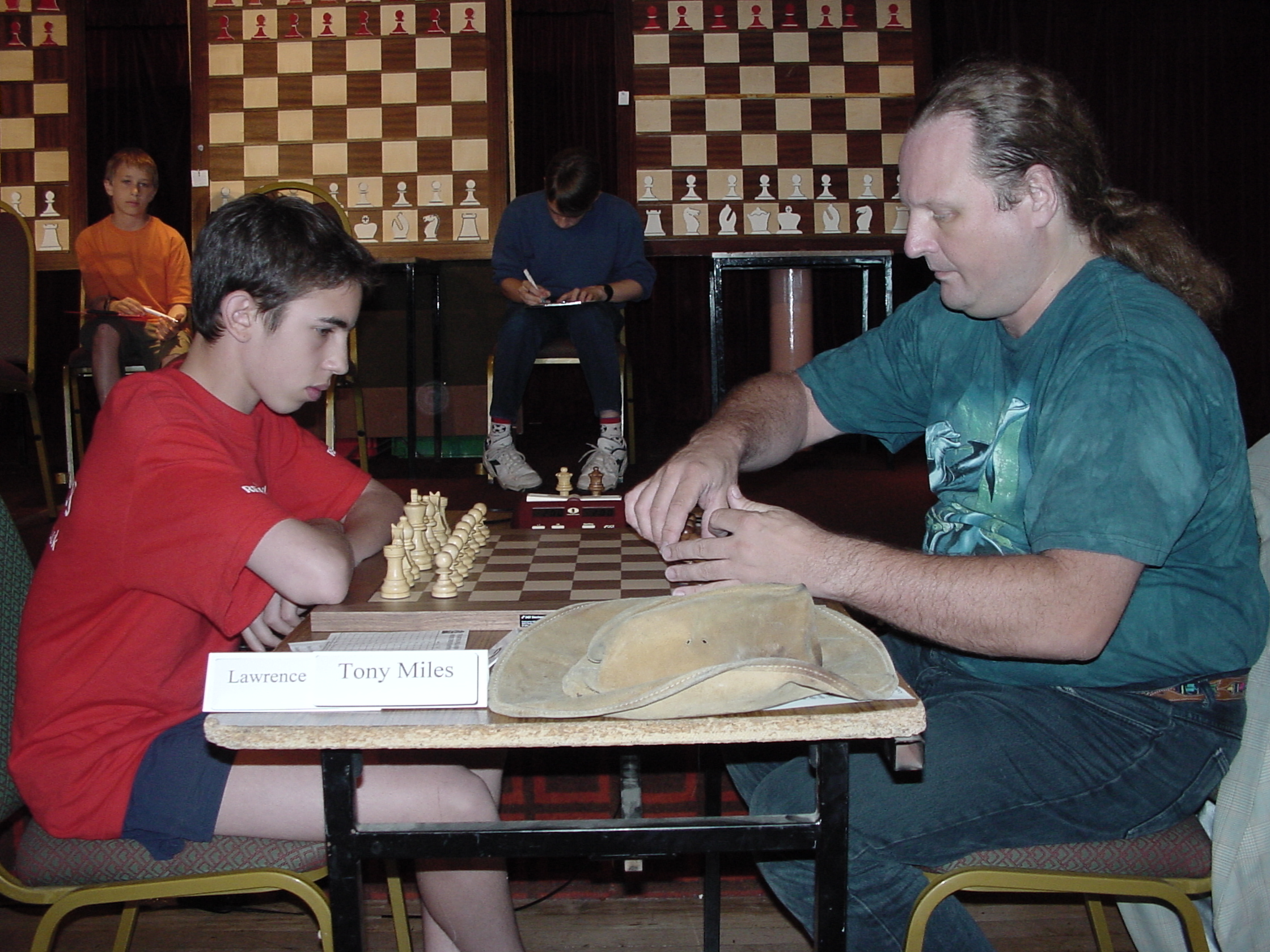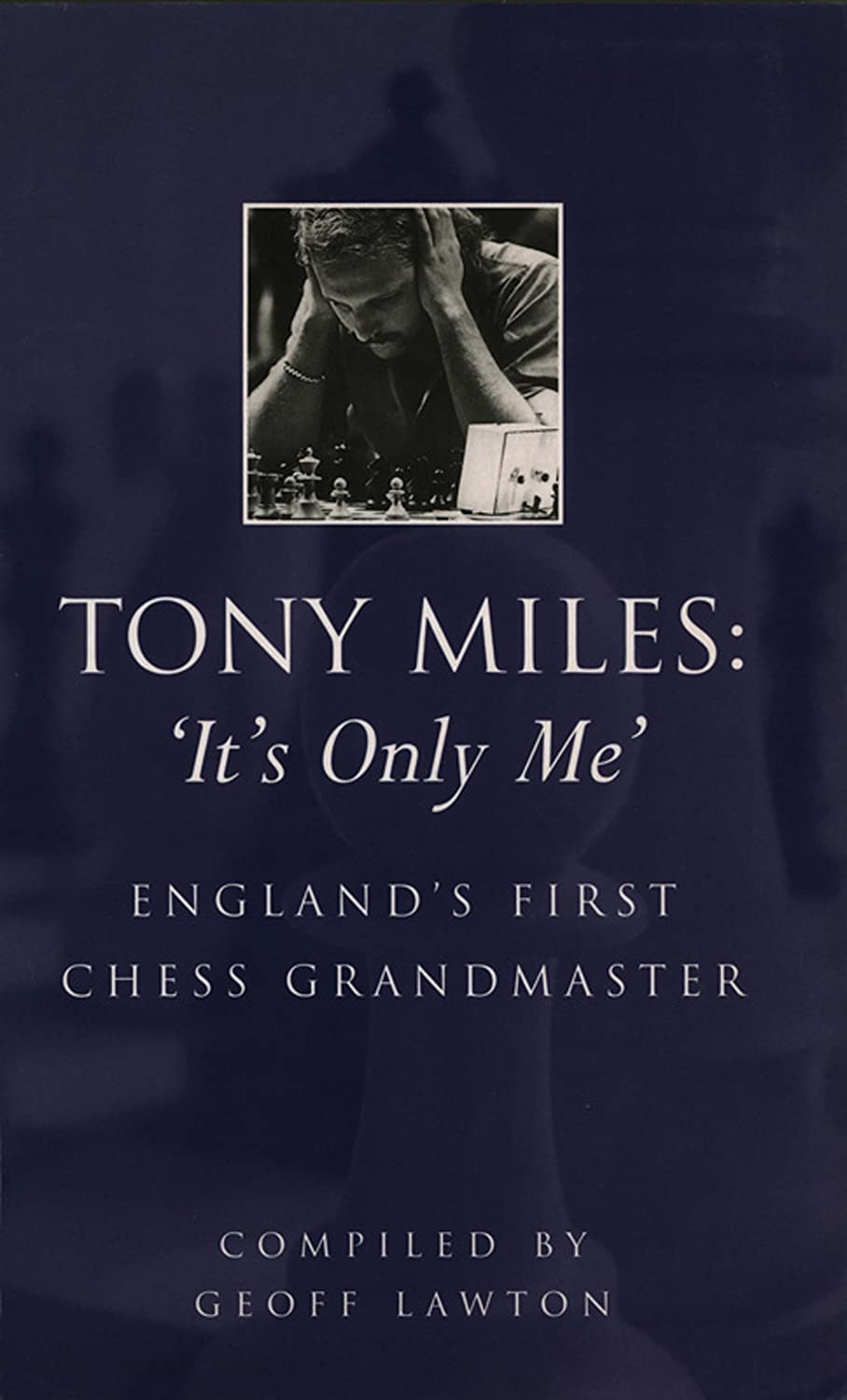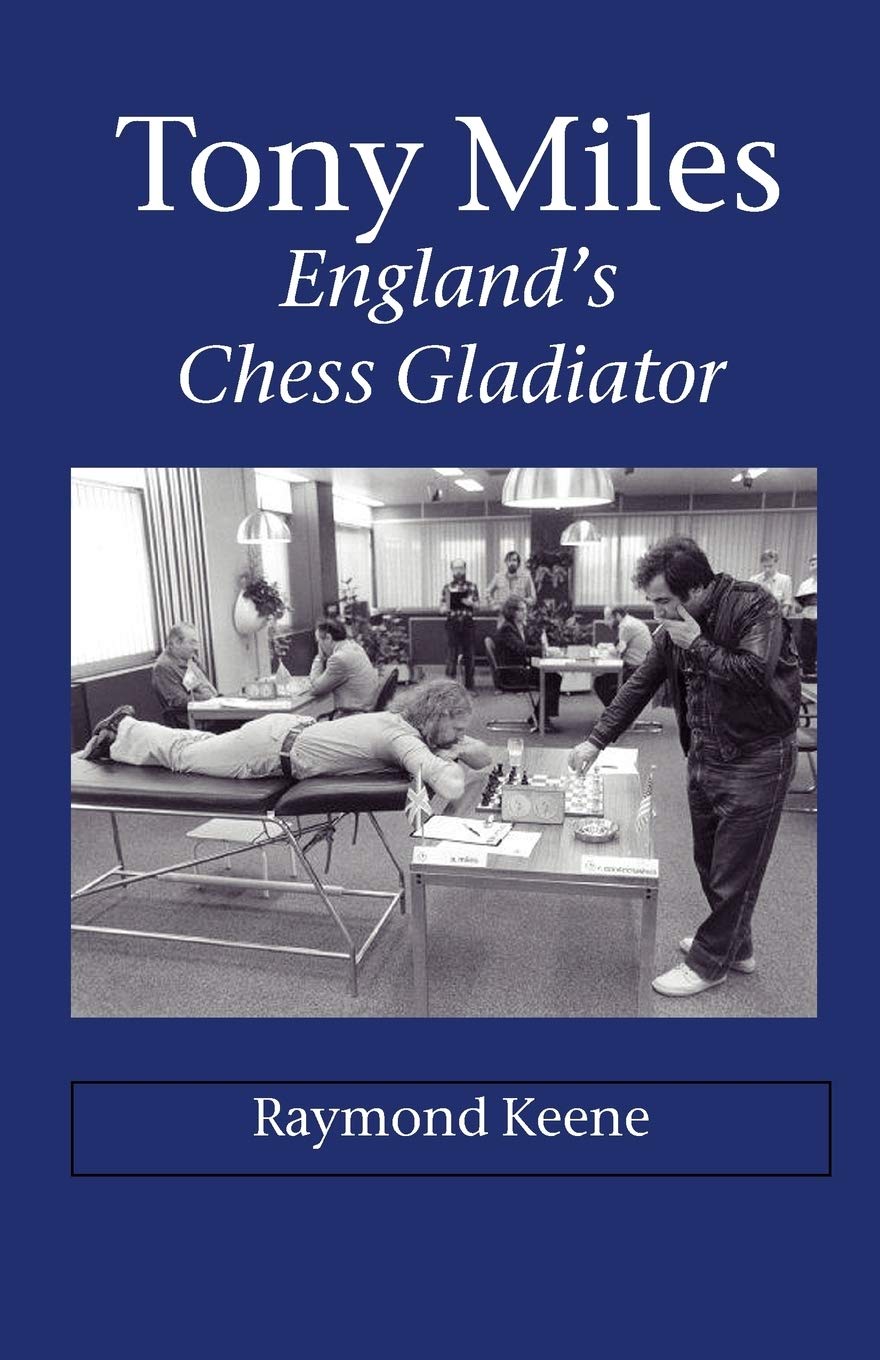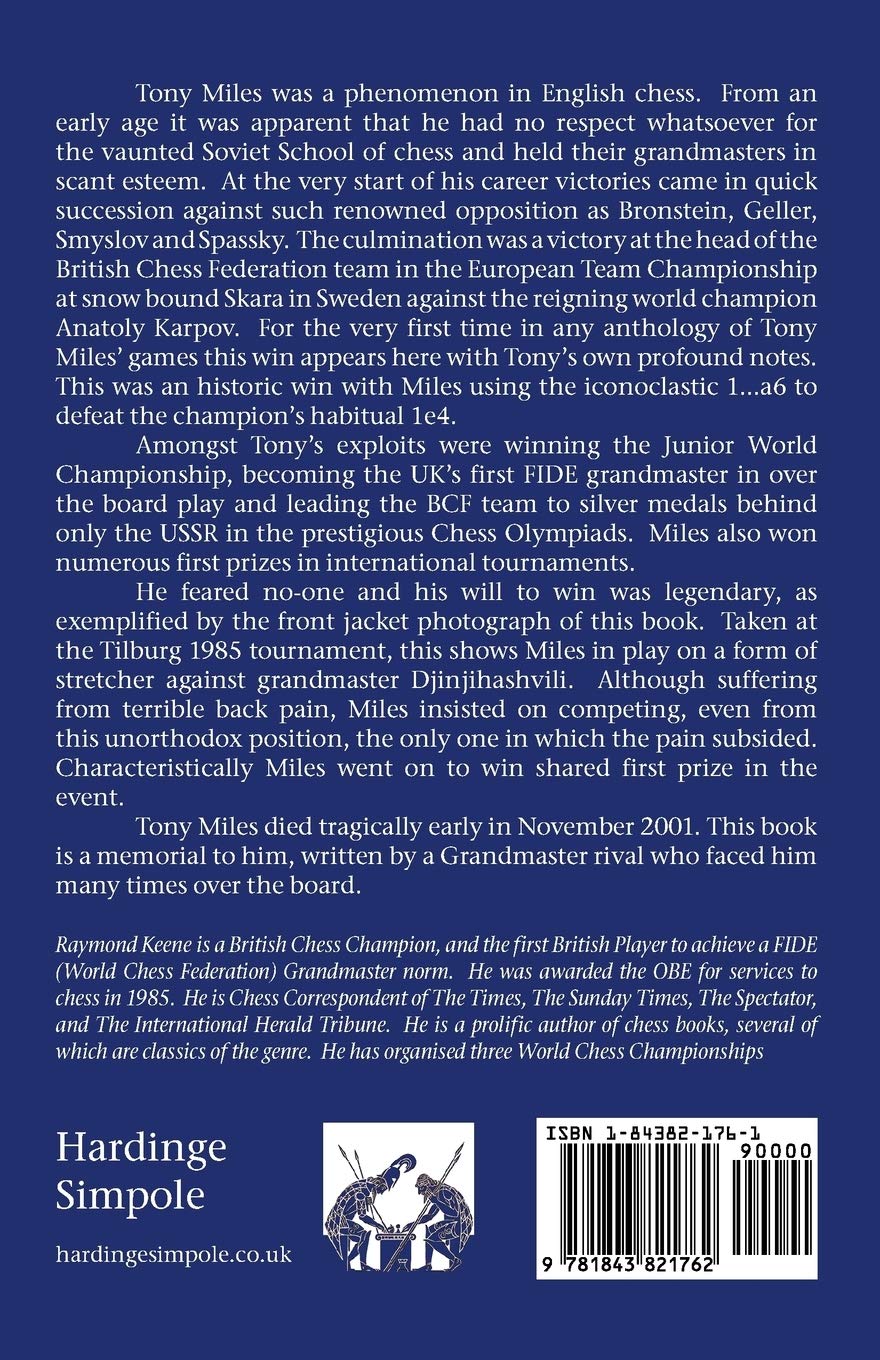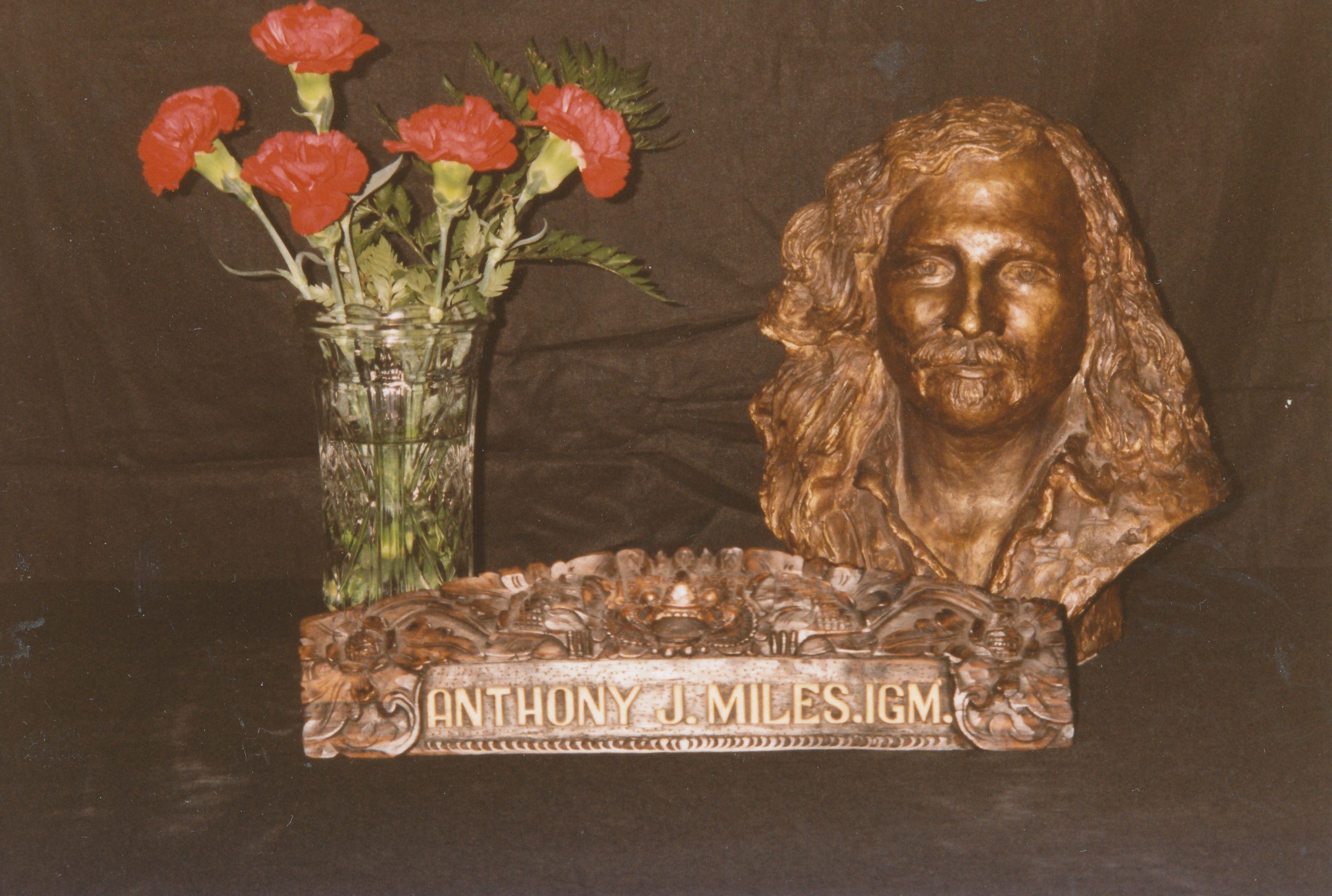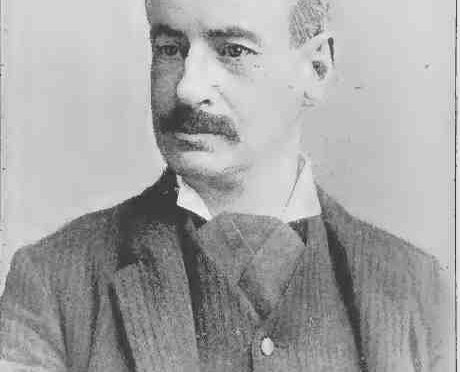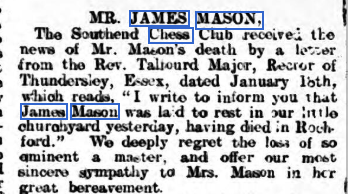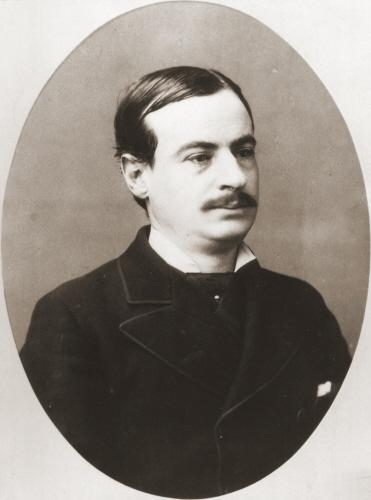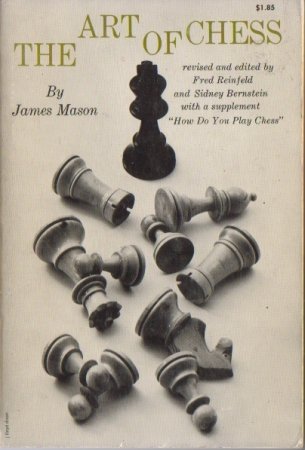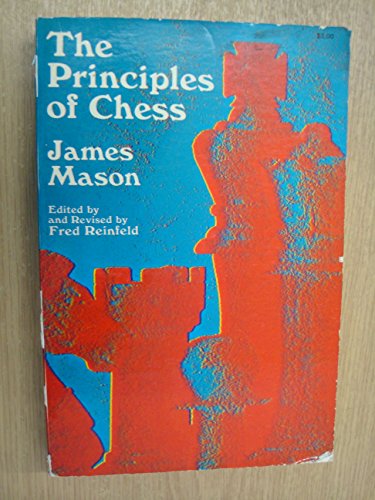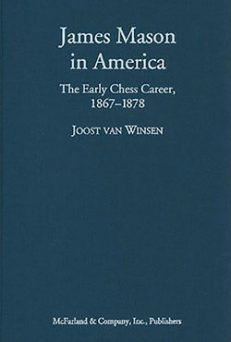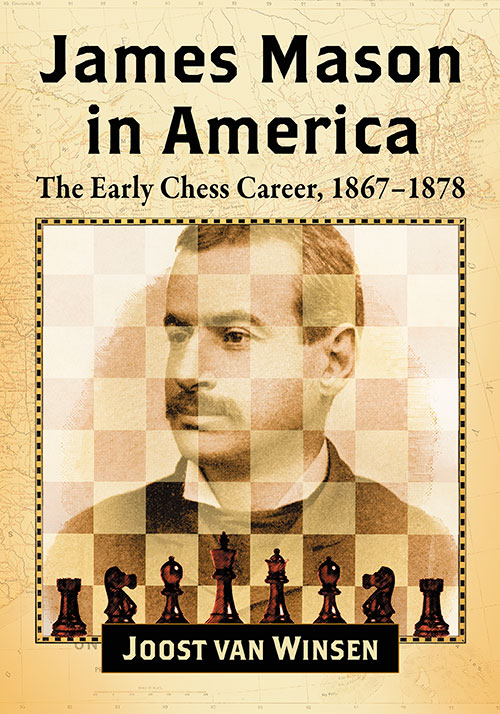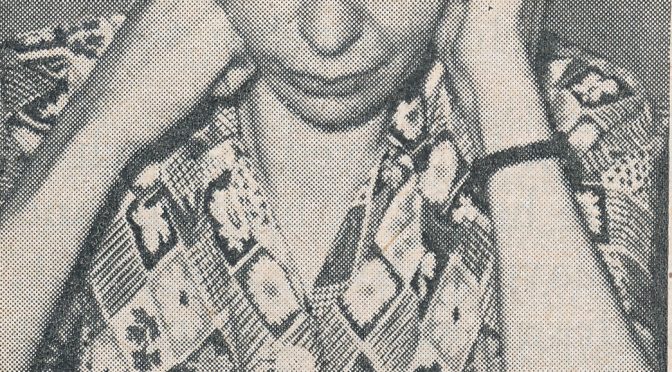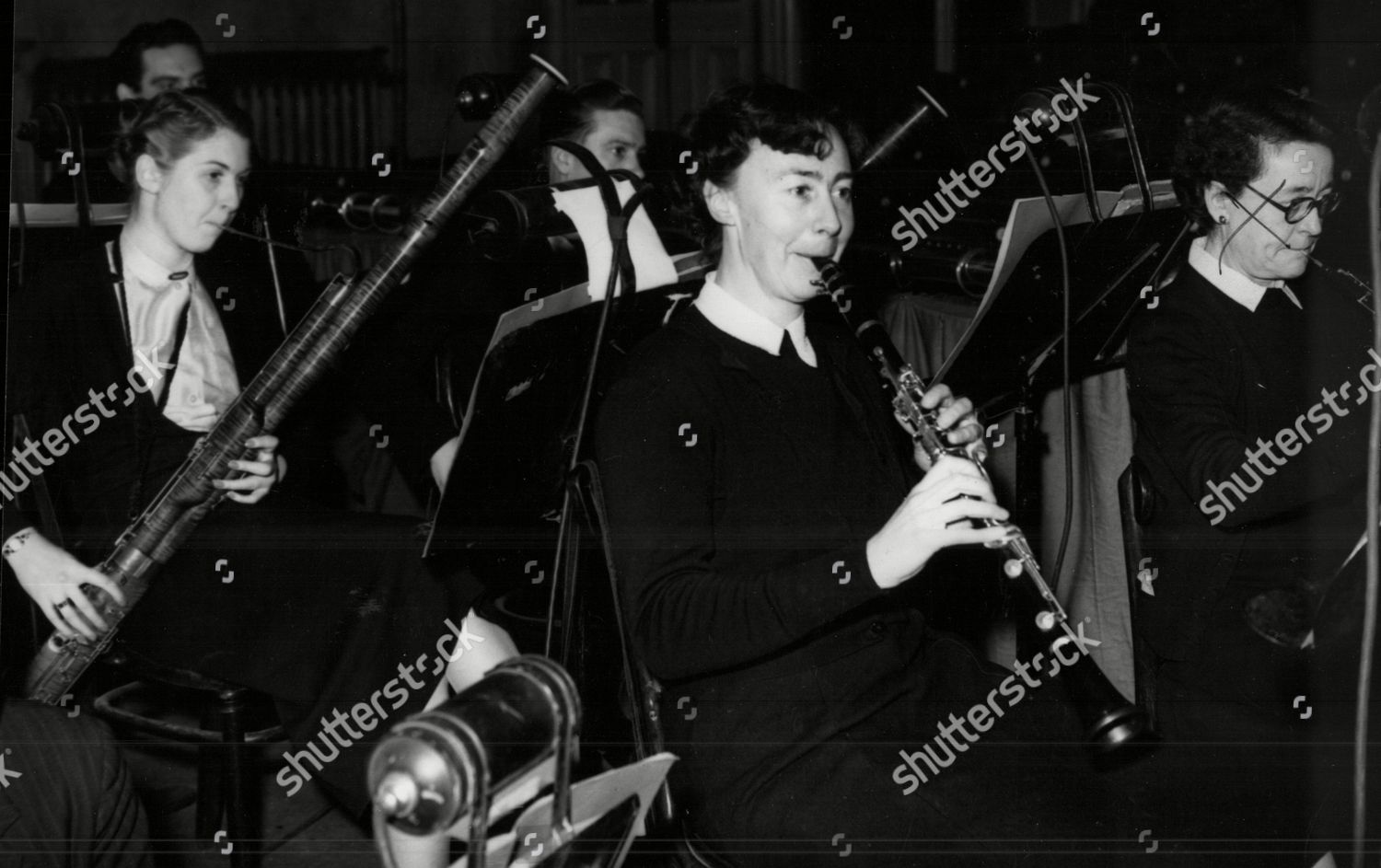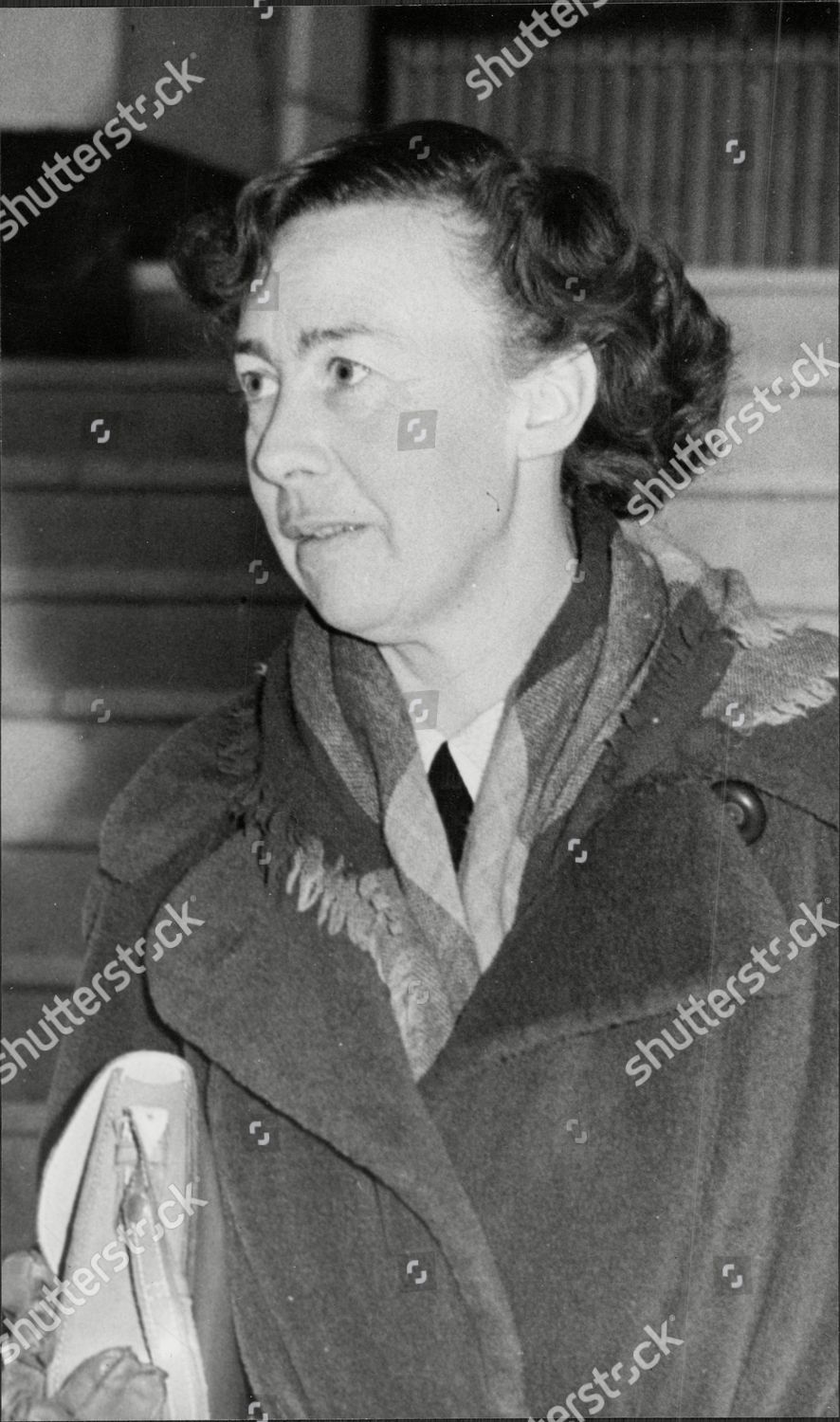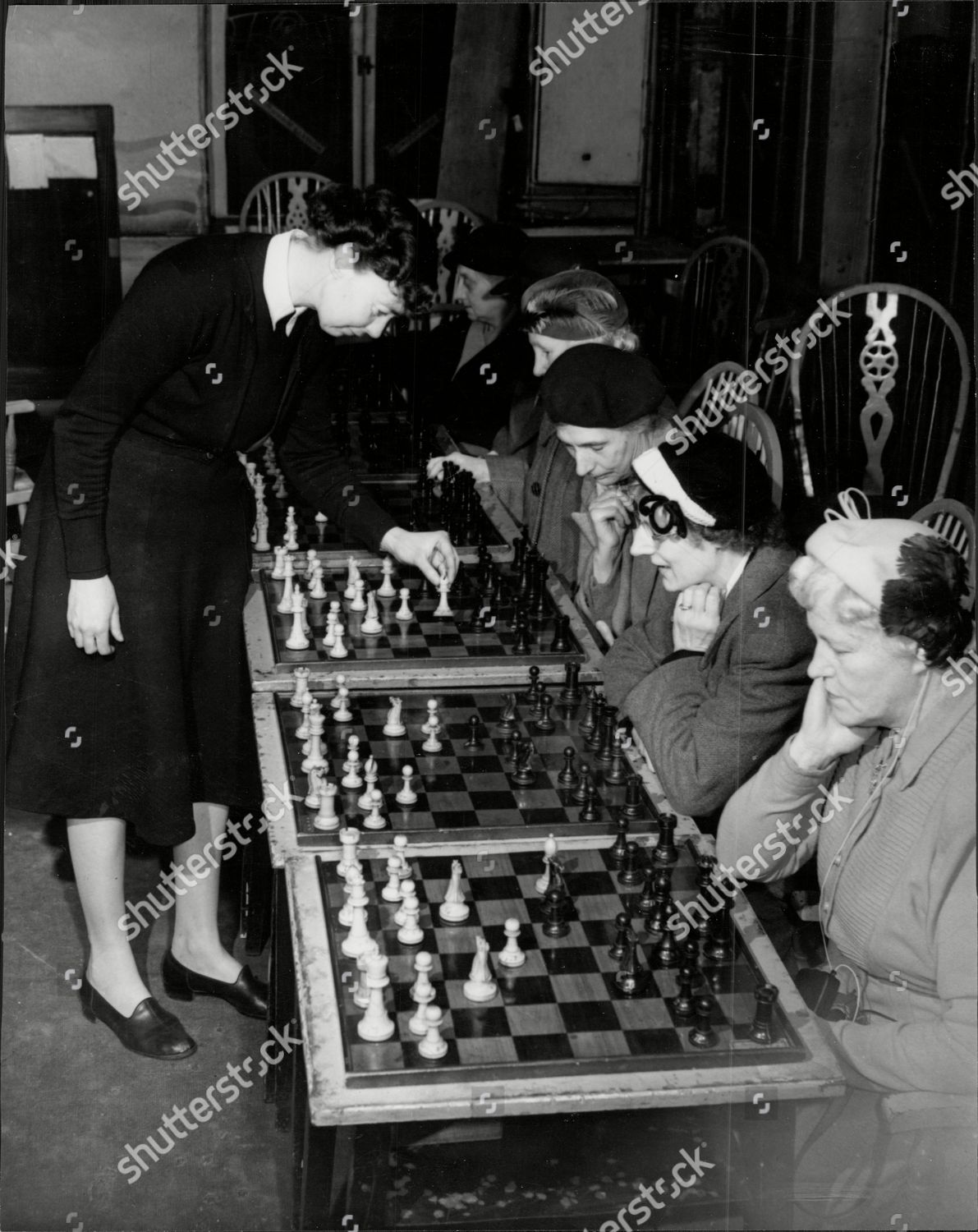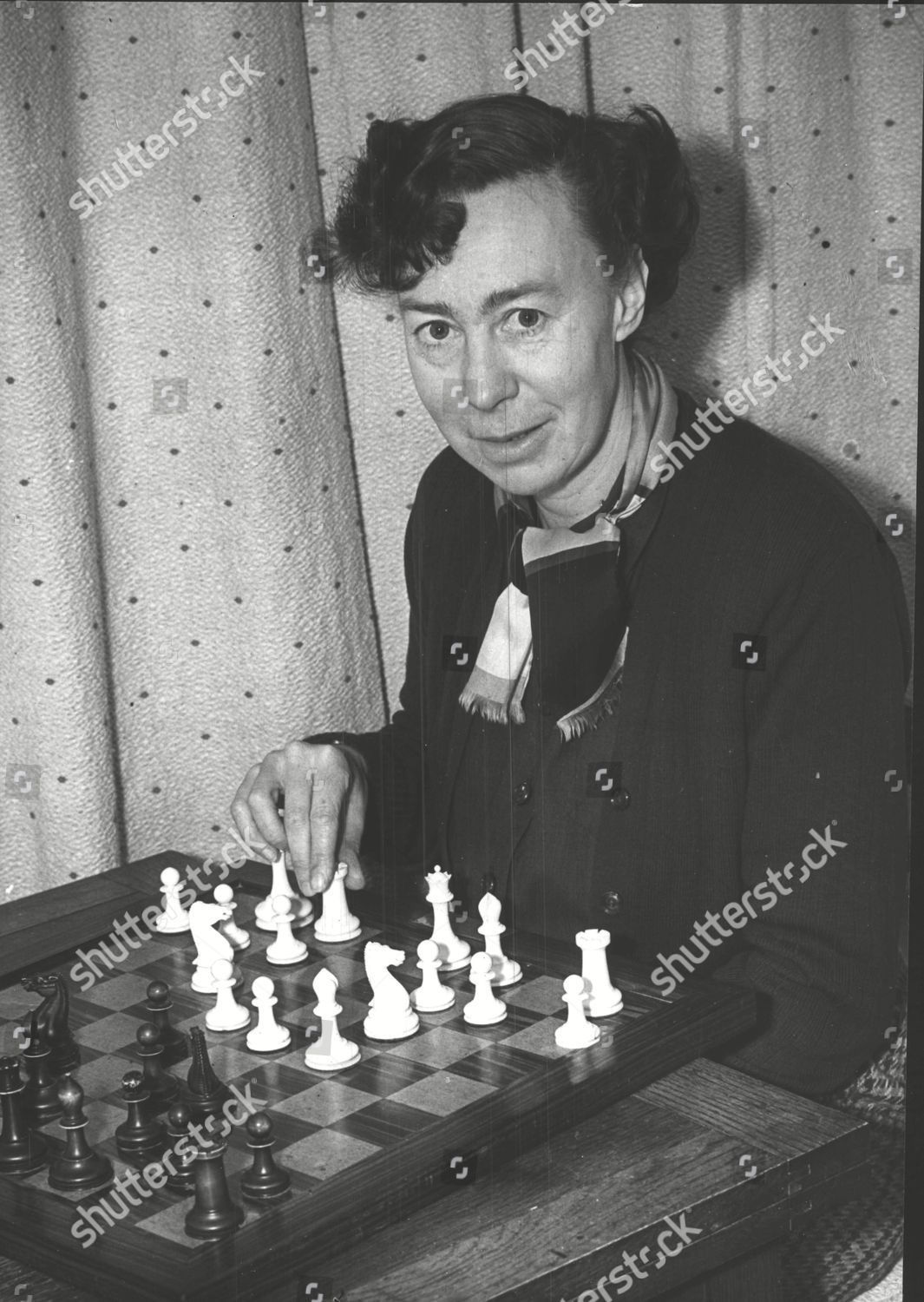BCN remembers GM Jacques Mieses who passed away on February 23rd, 1954 aged 88. He was buried on the 25th of February at the East Ham Jewish Cemetery in Section J, Row 18, Grave 1100. We hope to update his burial record with these details when we are allowed to do so.
Jakob Jacques Mieses was born on Monday, February 27th 1865 in Leipzig in the German state of Saxony. He came to England in 1939 and was recorded in the UK Internees Index for 1939 – 1942 on 25th April 1939 :
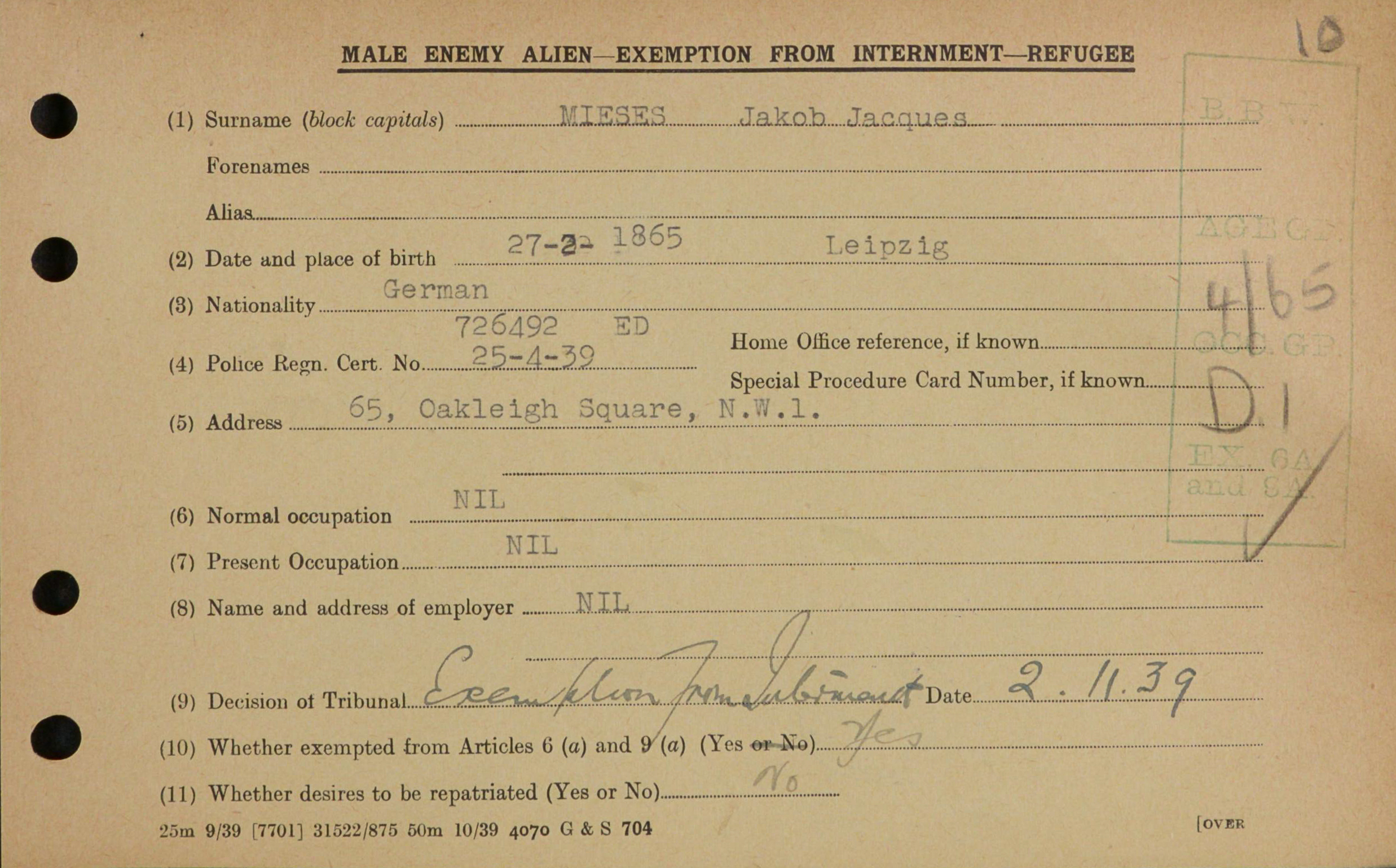
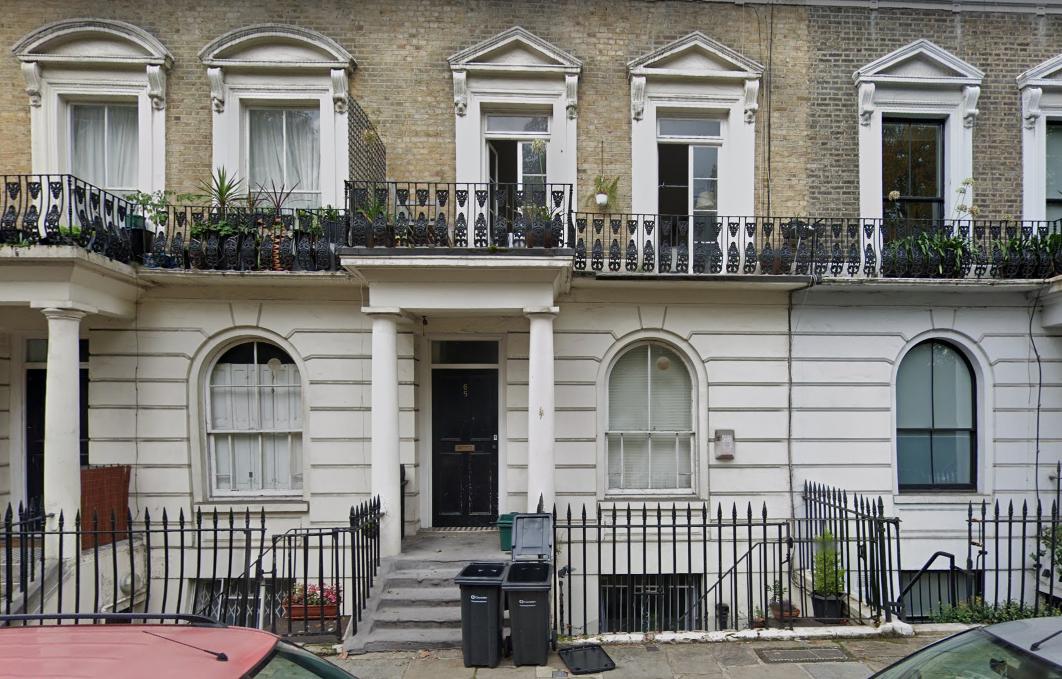
At the time of the 1939 register Mieses was recorded as living at 66, Oakley Square, St. Pancras, Camden, London, NW1 and he is listed as a Professional Chess Player.
By the time of Hastings 1945 (27th December) Jacques had relocated to :
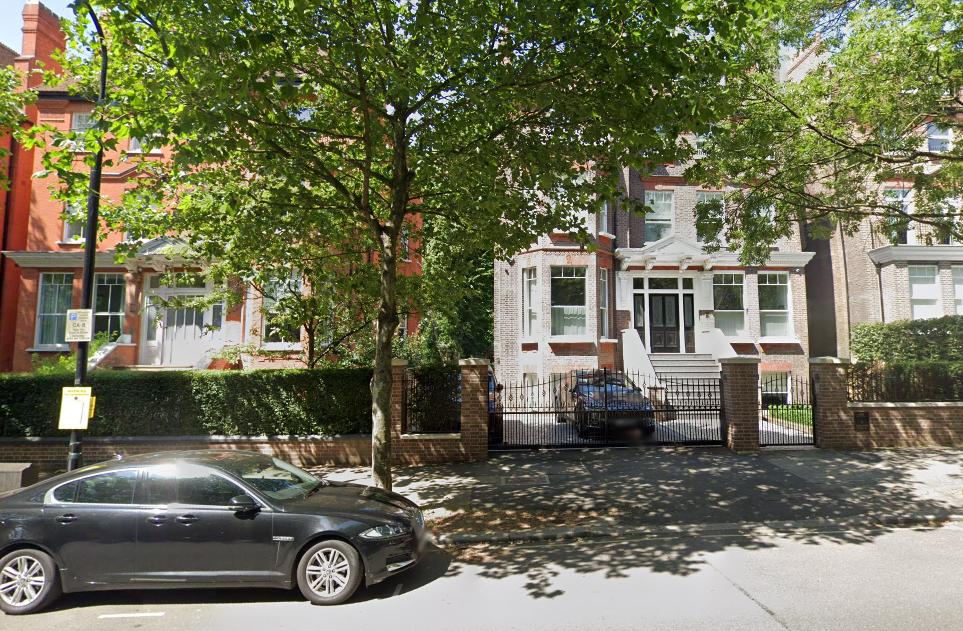
On June 7th 1947 he was granted Naturalisation Certificate AZ27326.
In 1950 he was one of the twenty-seven first players to be awarded the Grandmaster title by FIDE. He was therefore the first British National to be awarded the Grandmaster title for OTB play. The next (Tony Miles) would be twenty-six years later.
He has The Mieses Opening named after him :
which never really caught on to any significant degree.
In the Scotch Game (a favourite of his with both colours) we have The Mieses Variation :
and in the Vienna Game The Mieses Variation is :
From The Encyclopaedia of Chess (Robert Hale, 1970 & 1976), Anne Sunnucks :
“International Grandmaster. Born in Leipzig on 27th February 1865, Jacques Mieses was educated at Leipzig University and in Berlin. He came to England as a refugee from Nazi Germany shortly before the 1939-1945 war and eventually became a naturalised British citizen.
The early part of his chess career was devoted mainly to the study of chess theory and to chess problems. It was not until he was 23 that his tournament career really started with a tie for 2nd place at Nuremberg 1888, followed by 3rd at Leipzig 1888.

Over the next 50 years, he played in numerous tournaments with varying degrees of success. His addiction to speculative rather than sound openings and his attempts to combine playing in tournaments with reporting them were possibly responsible for his inconsistent results. Within a few months of one of the greatest performances of his career, when he came lst at Vienna 1907, ahead of Duras, Maróczy, Tartakover, Vidmar, Schlechter and Spielmann,
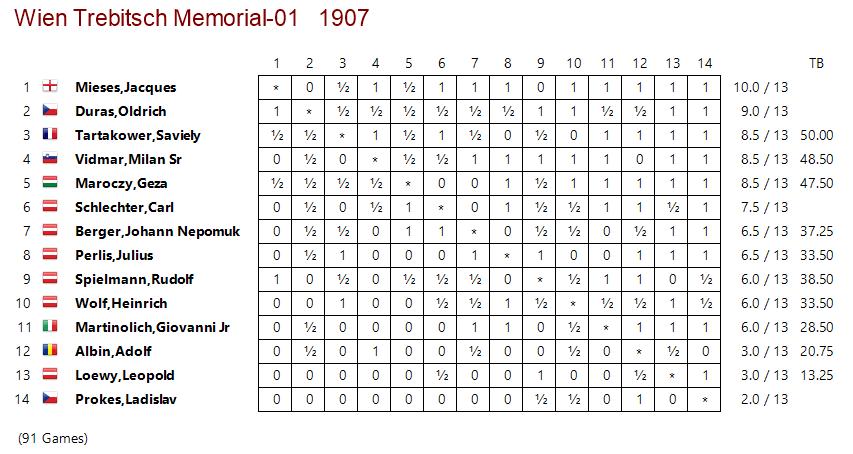
he came no higher than =16th at Carlsbad. In 1923 he achieved another great success when he came lst at Liverpool, ahead of Maróczy, Thomas and Yates.
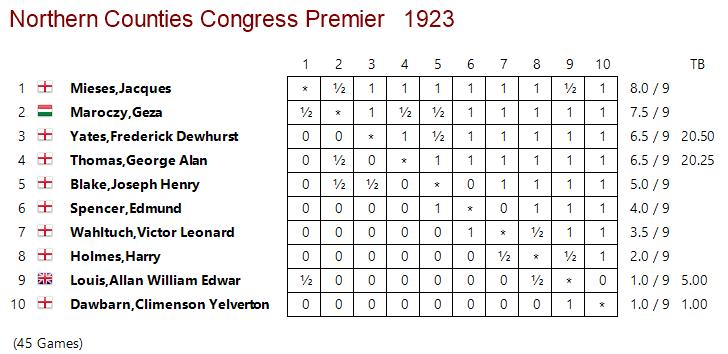
While his style of play prevented him from reaching the greatest heights as a tournament player, it was also responsible for the numerous brilliancy prizes which came his way, one of the last being at the 1945 Hastings Congress, when he was 80.
Among the many books which Mieses wrote were The Chess Pilot,
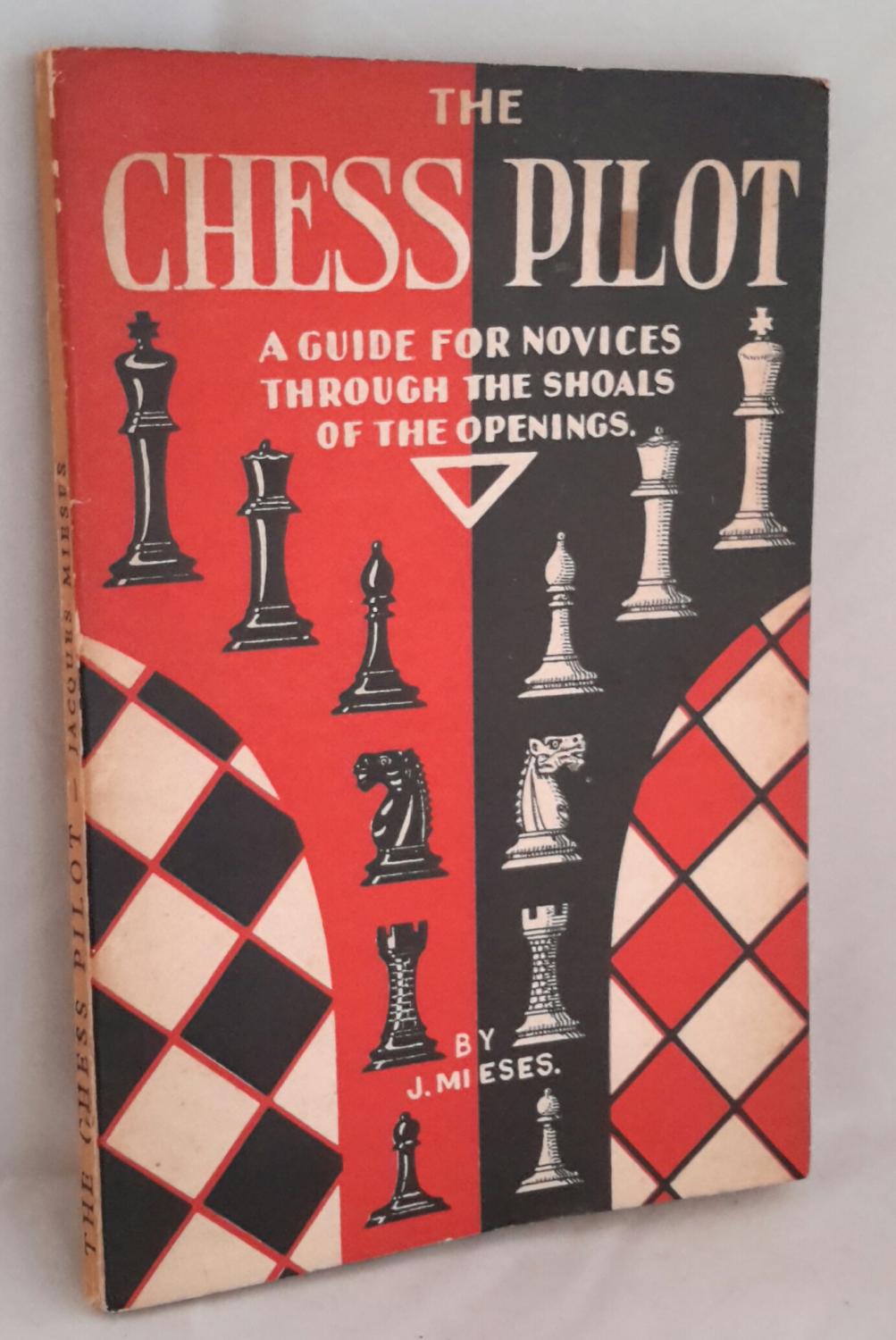
Manual of the End Game
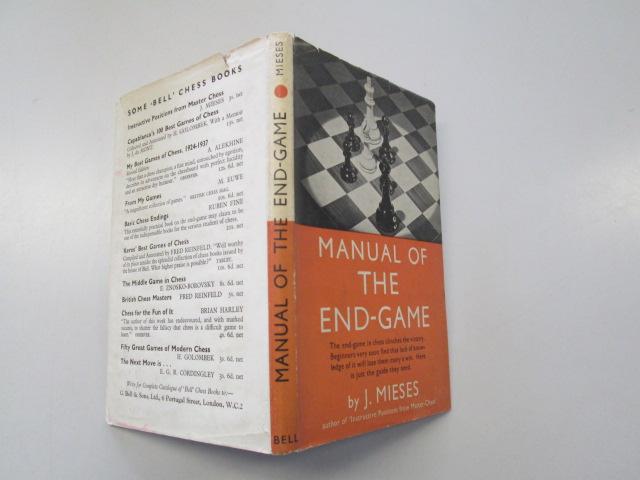
and Instructive Positions from Master Chess.
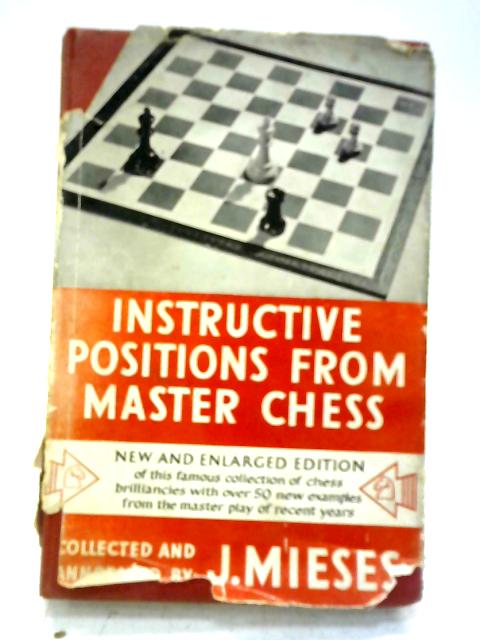
A very popular player, Mieses had a ready sense of humour. On one occasion, when he was in New York, he was asked by an American who mispronounced his name “Sind sie Mister Meises?”, ” No sir,” he promptly replied “Ich bin Meister Mieses.” On another occasion, when submitting an article in German to a British magazine, he could not resist asking ” Don’t you think my German is very good for an Englishman?”
On his eightieth birthday, a dinner was held in his honour in London and he was presented with a cheque by his numerous chess friends and admirers. The speech he made on this occasion was later quoted in most of his obituaries:
I have been told that a good many people never reach the biblical span of three score years and 10; and those who do-so some most reliable statistics assure us-are most likely to die between 70 and 80. Hence, I dare say, ladies and gentlemen, that I for one have now passed the danger zone and may well go on living for ever.
He lived for nearly nine more years, taking his daily swim in the Serpentine in Hyde Park or some open-air swimming pool, until only a few days before his death. He died in a London nursing home on 23rd February 1954 and was buried in the East London Jewish Cemetery.”
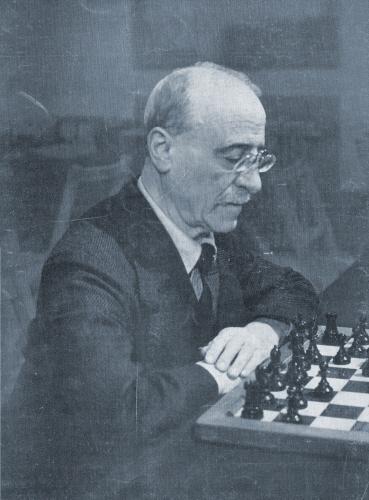
From The Encyclopaedia of Chess (Batsford, 1977) Harry Golombek OBE we have this from Wolfgang Heidenfeld :
“Grandmaster, theorist, problemist, tournament organiser and chess journalist.
Mieses was a spectacular player who won many brilliancy prizes but suffered as many very short defeats. As a a result the German master achieved only one full success in important international tournaments (Vienna 1907), but occupied good places in such events as Breslau 1889 (3rd), Hanover 1902 (4th), Ostend 1907 (=3rd), as well as some smaller events.
In matches he showed a heavy preponderance of losses against the top-notchers, losing to Lasker, Tarrasch, Rubinstein, Marshall, Teichmann (twice) and Spielmann, but he drew with Walbrodt (1894), Janowski (1895) and Caro (1897) and beat Leonhardt, Taubenhaus, and (at the age of 81) Abrahams.
Here is the first game from October 29th 1945 annotated by Mieses from his match with Gerald Abrahams played in Glossop:
In keeping with his sharp style, Mieses preferred such openings as the Vienna Gambit, the Danish Gambit and the Centre Counter-Gambit. Among his lasting achievements are his brilliancy prize games against Janowksi (Paris 1900),
Reggio (Monte Carlo 1903),
Perlis (Ostend 1907)
and Schlechter (Vienna 1908).
Personally a very witty man (and something of a bon vivant) Mieses did not invest his writing with the same sparkle; both as a journalist and author he was rather dry and sober. He edited the eighth edition of the famous Handbuch, several editions of the ‘little Dufresne’, and published several primers as well as a treatise on blindfold play and an anthology Instructive Positions from Master Chess, London, 1938.
One of Mieses’s most important contributions to chess history was the payment of travelling and living expenses during a tournament, which he insisted on when running the famous tournament at San Sebastian 1911 – it was only thenceforth that this procedure became the norm.”
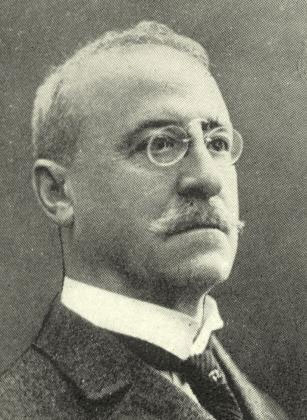
Here is an obituary written by DJ Morgan from British Chess Magazine, Volume LXXIV (74, 1954), Number 4 (April), pp. 107-108 :
Last month we made brief mention of the death, on February 23rd at a London Nursing Home, of the old grandmaster, on the verge of his eighty-ninth birthday. He was the last surviving link with a distant and largely-forgotten era. Mieses entered the international arena in the days of the great Romantics, of Zukertort, Charousek, and Tchigorin. He reached his heyday in the times of Tarrasch, Schlechter, and Maróczy. But he could never assimilate the canons of this Classical School, derived from Steinitz and codified and promulgated by Tarrasch. He preferred the dynamic to the static. He played the Scotch Game in tournaments long after it hat been
discarded by Steinitz and Blackburne; the Danish Gambit and the Vienna became in his hands instruments of great attacking potential. As Black he long favoured the Centre Counter Defence, and with it he brought off a number of thrilling victories in such great tournaments as those of Ostend, 1907, Carlsbad, 1907, Vienna, 1908, and St. Petersburg, 1909.
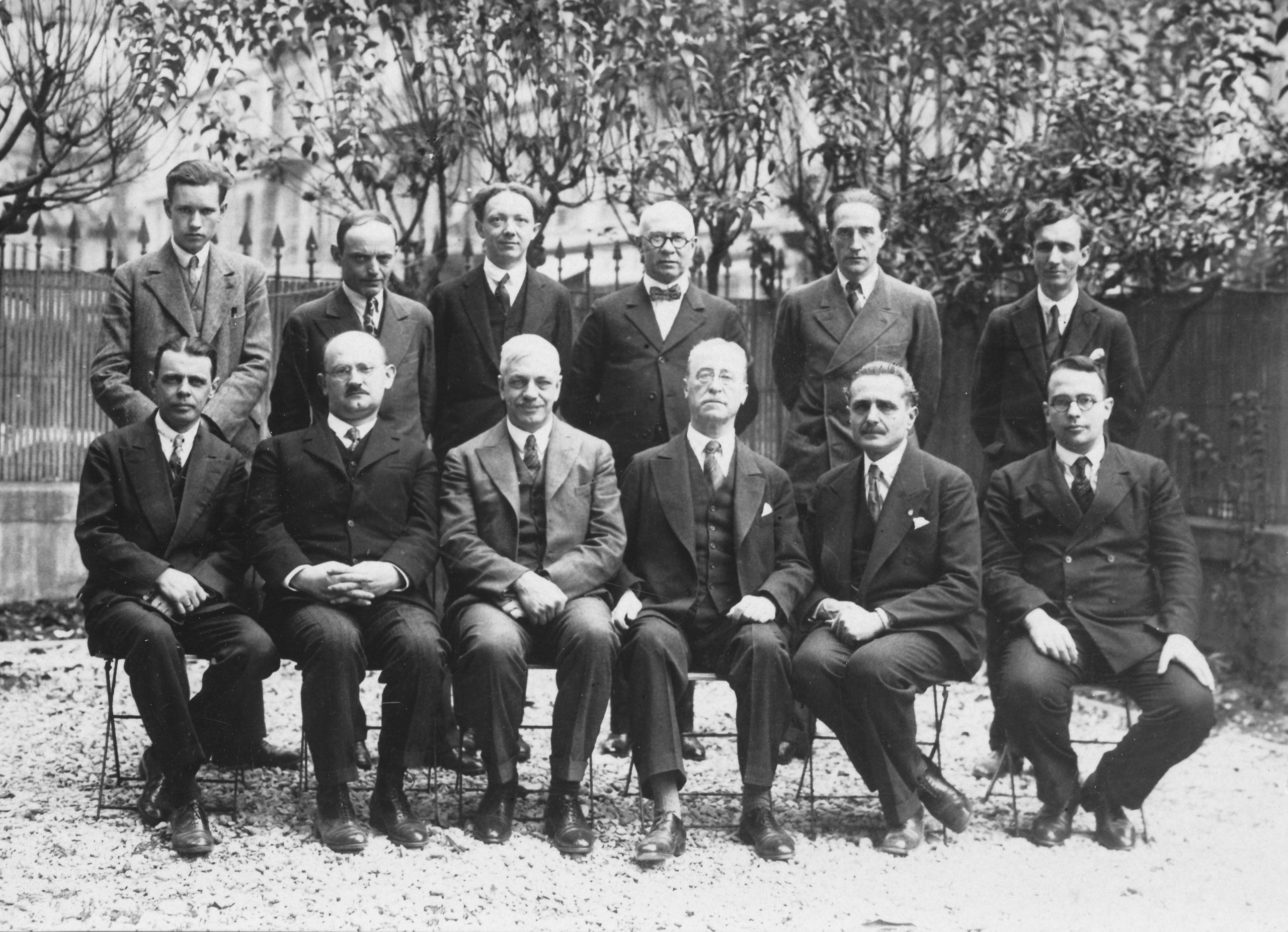
Jacques Mieses was born on February 27th, 1865, at Leipsic, and was educated at the university there, and in Berlin. In the capital he joined, at seventeen, one of the city’s chess clubs, and soon won the first prize in its annual tournament. Nevertheless, his earlier days were devoted mainly to the theoretical side of the game and to problems of which he was a good composer and a phenomenal solver. His public career really began with a tie for second place at Nuremberg, 1888, with the third prize at Leipsic in the same year, followed by a third, behind Tarrasch and Burn, at Breslau, 1889. His subsequent achievements span the years and are recorded in the literature of the game. He played at the famous Hastings 1895 (and was its sole survivor); fifty years later he played at a Hastings Christmas Congress. His preference for the speculative and the spectacular to the then ultra-modern-prevented him from winning the major prizes of the games. As we look up the record’s we can readily see how unpredictable his performances were. Thus, in 1907, a first at Vienna early in the year was followed later by an equal sixteenth-eighteenth at Carlsbad. But his Brilliancy Prizes were numerous: such endings as those v. Janowski, Paris, 1900; v. Reggio, Monte Carlo, 1903 (quoted, incidentally, as Diagram 52 in Fine’s The Middle Game in Chess, but without giving its source); v. Znosko-Borovsky, Ostend, 1907; and v. Schlechter, Vienna, 1908, will always be the delight of anthologists.
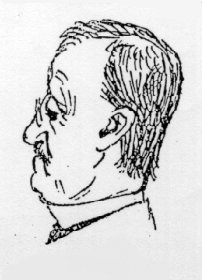
As well as playing incessantly in match and tournament, Mieses wrote copiously on all aspects of the game, analytically as well as in a literary manner, in books as well as in magazines. Three of his little books, The Chess Pilot, Manual of the End-game, and Instructive Positions from Master Chess, have enjoyed a long and wide popularity in English.
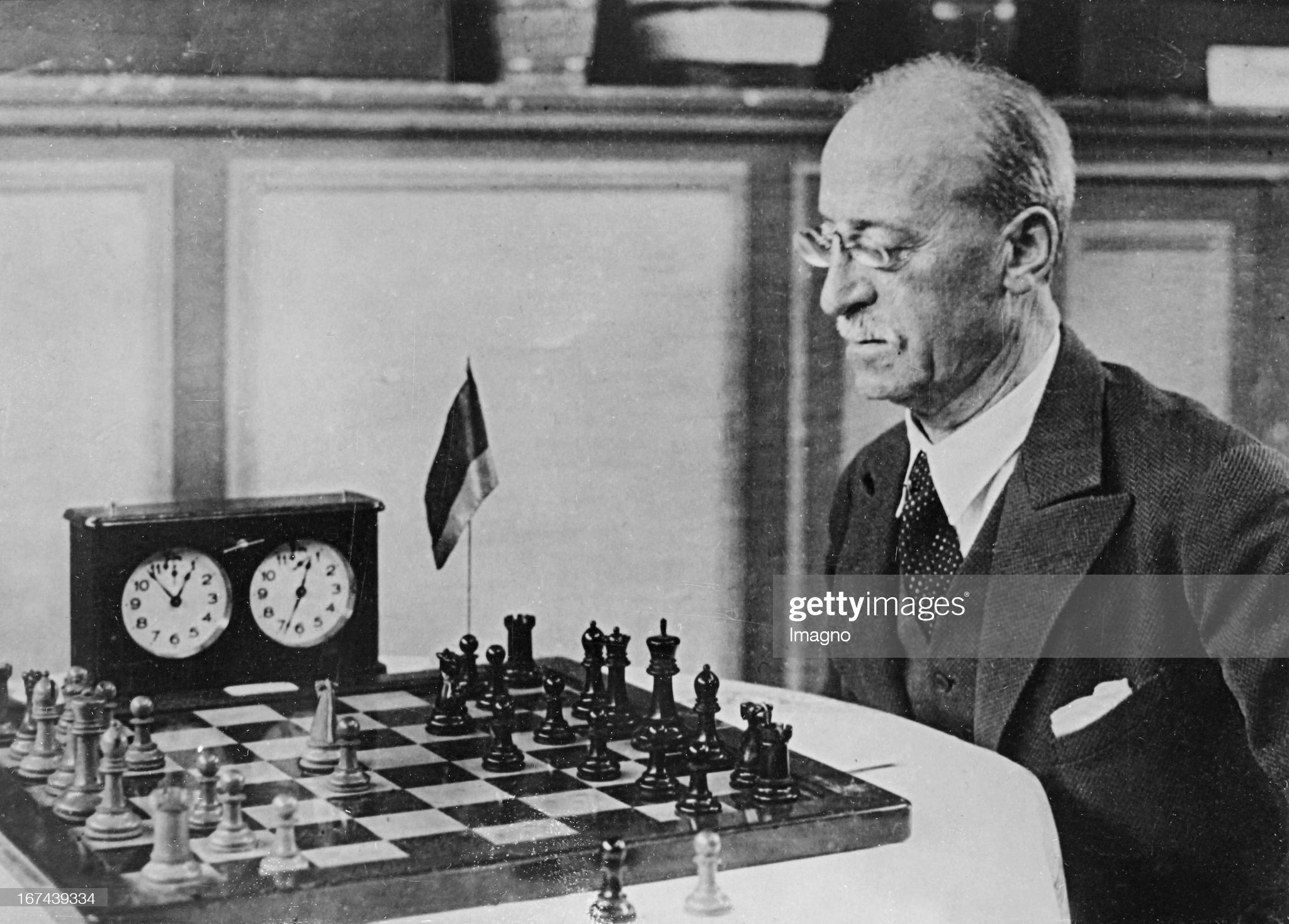
Two personal memories come to the writer’s mind. We first met him during the Liverpool congress-of 1923 ((1) Mieses, (2) Maróczy). one morning we took a stroll together up Dale Street, a stroll which developed into a tie-hunting expedition, ending up with a fine selection on his part to take back to a Germany emerging from recent disaster. He left the impression of a courteous and cultured man, precise in speech and with something of the military in his bearing. ln 1939, on hearing of his whereabouts, we called at his lodgings in Camden Town one Sunday morning. We were diffidently greeted by a seriously-crippled Mieses, who had recently, under great difficulties, made his exit from a Germany once more faced with disaster.
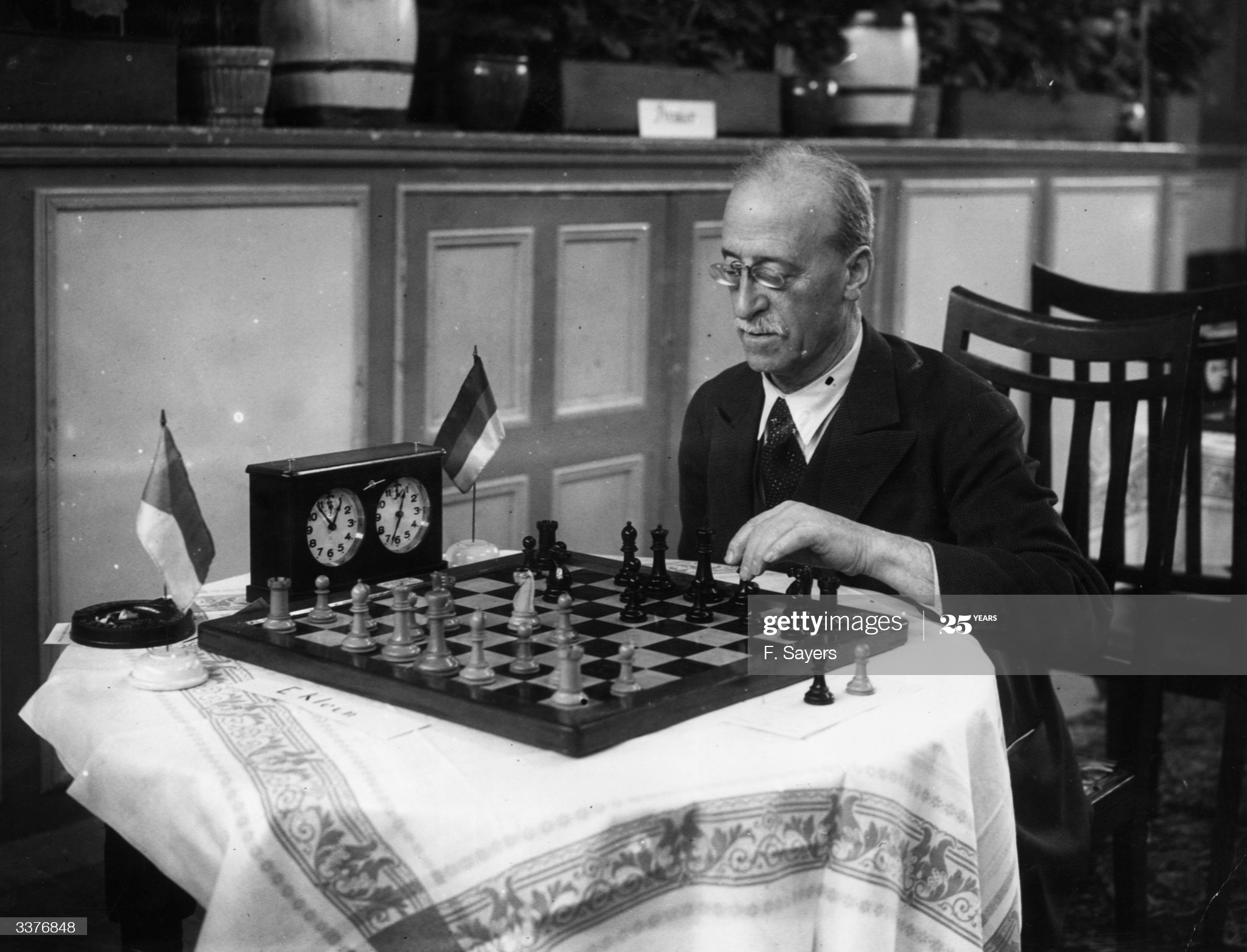
But the prim and chivalrous personality soon exerted itself. His many English friends rallied round him in his exile, all culminating in the great tribute paid to him on his eightieth birthday. Mon March 15th, 1945, at the Lud-Eagle Chess Club, a large number of friends and admirers gathered to pay their respects. A cheque, subscribed to by members of the club, was presented to the veteran master. He had, he said in his acknowledgement, sought asylum in England, and he had been shown great kindness and sympathy. The final gift was a last resting-place in the East London (Ed : we now know this to be East Ham) Jewish Cemetery. – DJM.
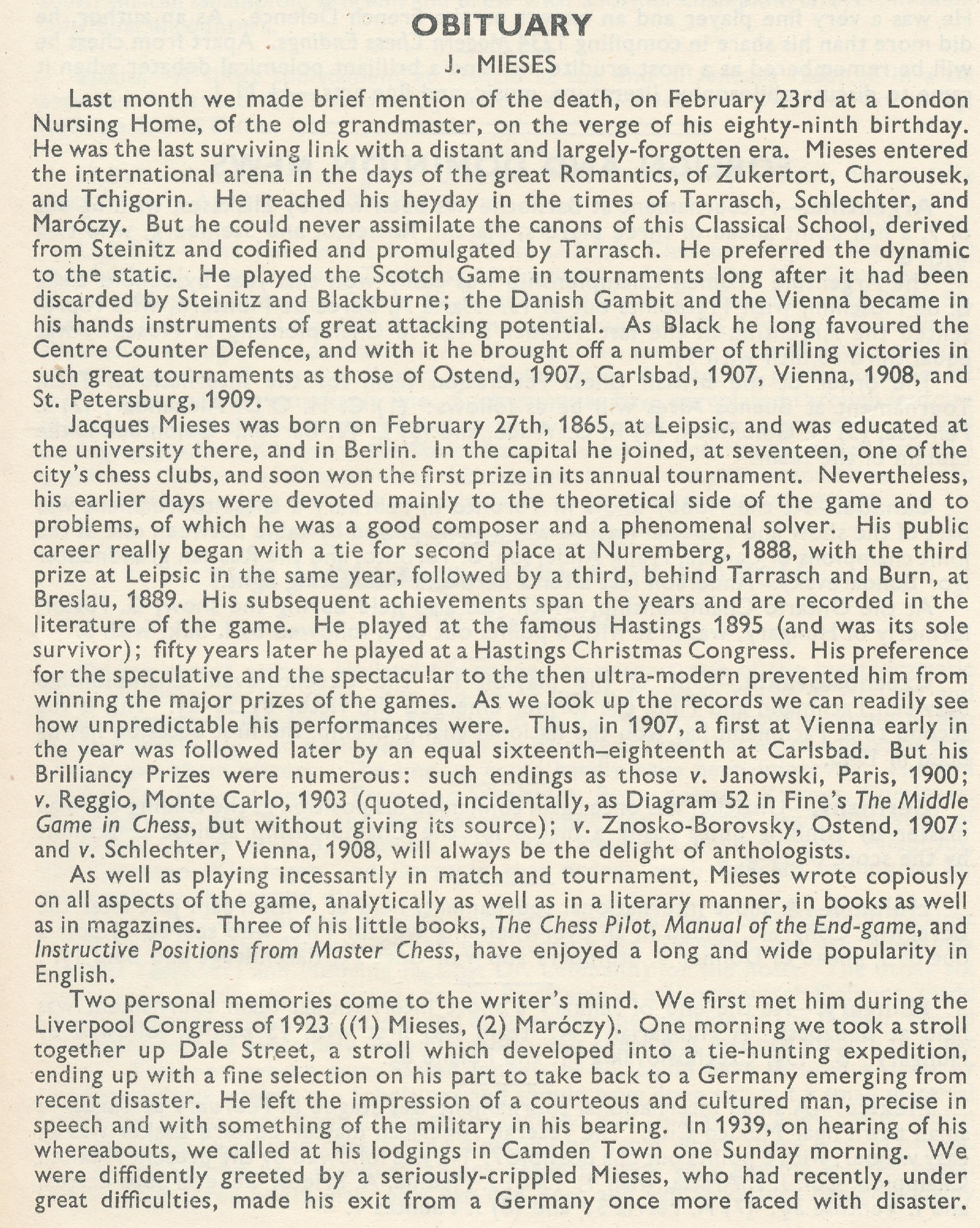


From Chessgames.com :
“Jacques Mieses was born in Leipzig. He won the chess championship of Berlin at the age of 17, and in 1888 he placed joint second at Leipzig and third at Nuremberg.
In 1889 he came third at Breslau (1889). He was, however, rather eclipsed by two great emerging talents – Emanuel Lasker and Siegbert Tarrasch. Mieses was crushed by Lasker in a match – Lasker – Mieses (1889/90) in Leipzig (December 1889 to January 1890). He also performed poorly at 8th DSB Kongress (1893) coming only 7th out of 9 against a field which was relatively weak compared to previous DSB congresses.
1894-95 was a busy period for Mieses. He drew a match with Karl August Walbrodt. (+5, =3,-5) in Berlin (May-June 1894). Mieses then played in the extremely strong 9th DSB Kongress, Leipzig (1894) (3rd-14th September, 1894) coming 10th out of 18. He had then toured Russia giving simultaneous displays, before travelling to Paris to play a match with David Janowski (8th January to 4th February 1895).
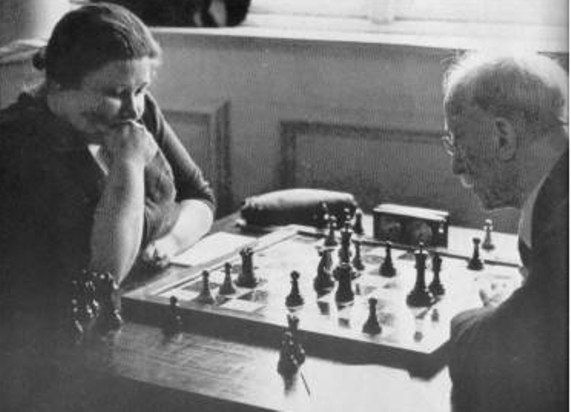
Mieses then crossed the English Channel to play a short match against Richard Teichmann in London (16th – 21st February 1895) which he lost by +1 =1 -4. A month later he played this match, Mieses next professional engagement would be (which was his first tournament outside his own country) came at the famous Hastings event of 1895. Although he finished only twentieth (in a field of 22 players), he soon adapted to this level of play and in 1907 he took first prize at the Vienna tournament scoring ten points from thirteen games.
In 1909, Mieses played a short blindfold match with Carl Schlechter, winning it with two wins and one draw. The very next year Schlechter played Emanuel Lasker for the World Championship and drew the match 5-5.
Mieses tried his hand as a tournament organiser in 1911, putting together the San Sebastian event that marked the international debut of future World Champion Jose Raul Capablanca. Mieses was defeated by one of Lasker’s title challengers, Siegbert Tarrasch, in a match in 1916 (+2 -7 =4). In 1938 Mieses resettled in England and took British citizenship. He was awarded the grandmaster title in 1950.”
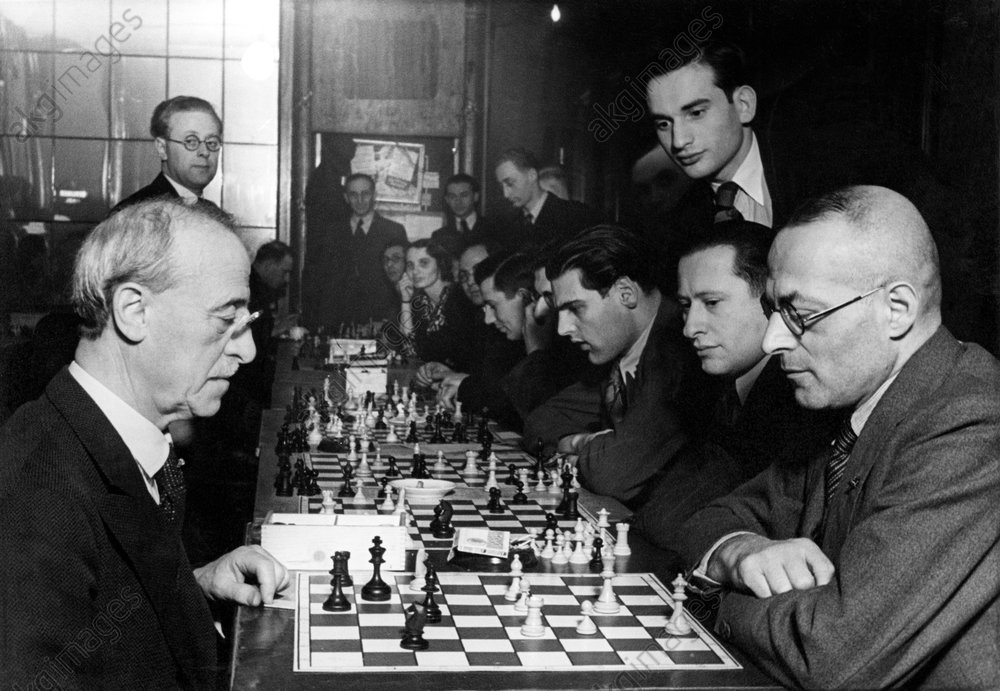
Jewish chess master from Germany; 1938 Escape from the Naziregime to England.
27.2.1865 Leipzig – 23.2.1954 London.
Simultaneous play in the Bar Kochba club against 25 chess players, in the foreground: Mieses (left) against Felix A. Theilhaber.
Photo, undated, around 1935 (Abraham Pisarek).
From The Oxford Companion to Chess by Hooper & Whyld :
German-born Jewish player and author from Leipzig, International Grandmaster (1950), International Arbiter
(1951). He never assimilated the positional ideas of Steinitz and Tarrasch; instead he preferred to set up a game with the direct object of attacking the enemy king, a style that brought him many brilliancy prizes but few successes in high-level play. His best result was at Vienna 1907, the first Trebitsch Memorial tournament, when he won first prize ( +9 =2 —2) ahead of Duras, Maróczy and Schlechter. Later in the year he shared third prize with Nimzowitsch after Bernstein and Rubinstein in a 28-round tournament at Ostend. He played 25 matches, mostly short, and won six of them including a defeat of Schlechter in 1909 (+2-1).
Mieses reported chess events, edited chess columns, and wrote several books. In 1921 he published a supplement to the eighth edition of Bilguer’s Handbuch, and he revised several editions of Dufresne’s popular Lehrbuck des Schachspiels, He also organized chess events, including the tournament at San Sebastian in 1911 for which he insisted that competitors were paid for travel and board, a practice that later became normal.
After living in Germany for 73 years he escaped the clutches of the Nazis and sought refuge in England. A prim, courteous, and dignified old gentleman, still upright in bearing, he became widely liked in his adopted country. Asked about his lameness in one leg, caused by a street accident in 1937, he merely answered ‘it was my turn to move,’ Soon after naturalization he became the first British player to be awarded the International Grandmaster title. A generation before him his uncle Samuel Mieses (1841-84) had been a German player of master strength.
In the various publications of Edward Winter there are many and varied references to Mieses. We recommend you consult : Kings, Commoners and Knaves, Chess Facts and Fables and Chess Explorations to read them.
According to Edward Winter in Chess Notes JM lived at the following addresses :
- Tauchaerstrasse, Leipzig, Germany (Wiener Schachzeitung, July 1904, page 211).
- Christianstrasse 23, Leipzig, Germany (Düsseldorf, 1908 tournament book, page 176).
- Wettiner Str. 32, Leipzig, Germany (Ranneforths Schach-Kalender, 1915, page 70).
- Christianstrasse 19II, Leipzig, Germany (Ranneforths Schachkalender, 1925, page 158).
- 8 Fitzjohns Avenue, London NW3, England (Hastings and St Leonards Chess Club visitors’ book, 27 December 1945*).

